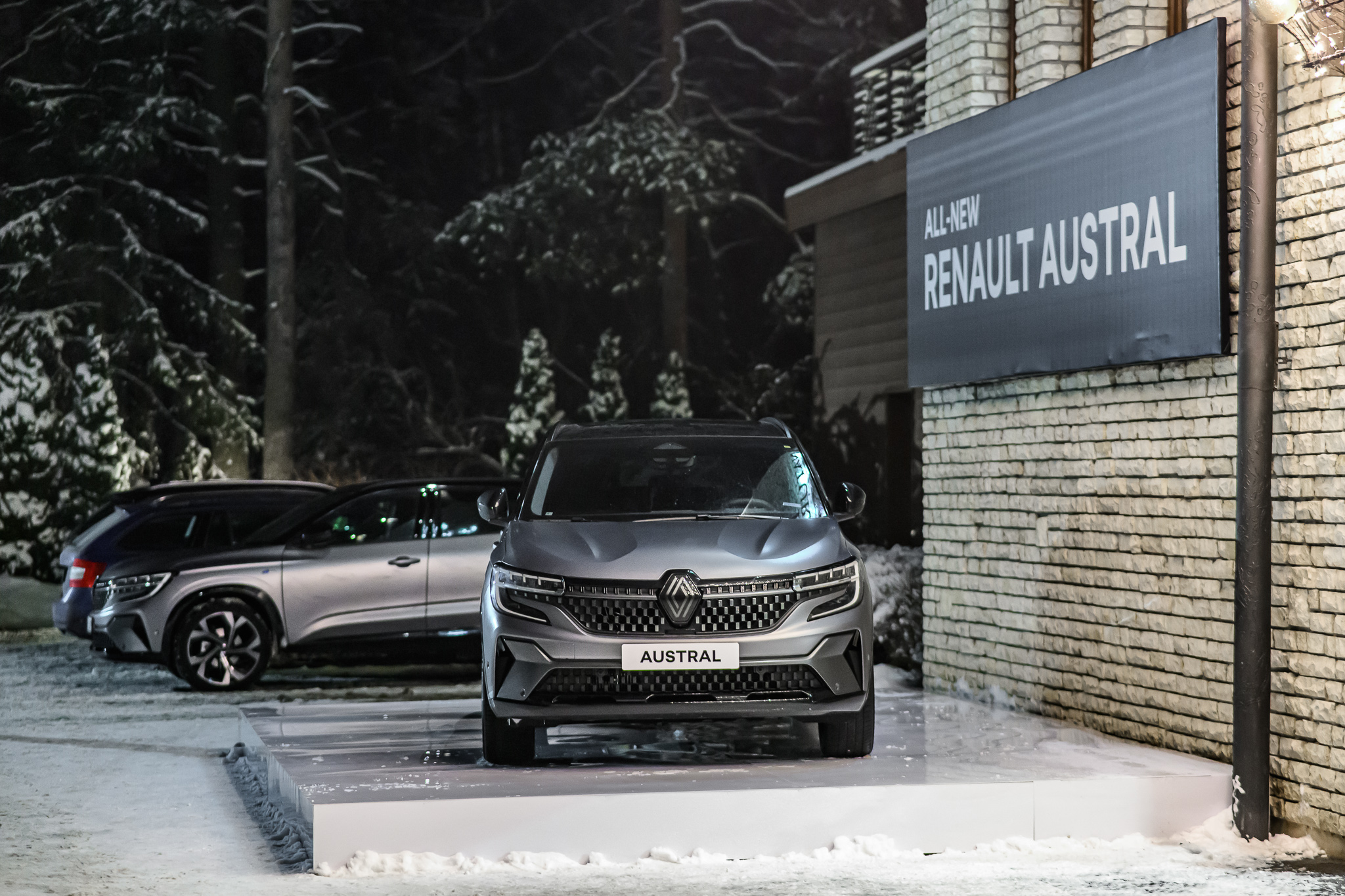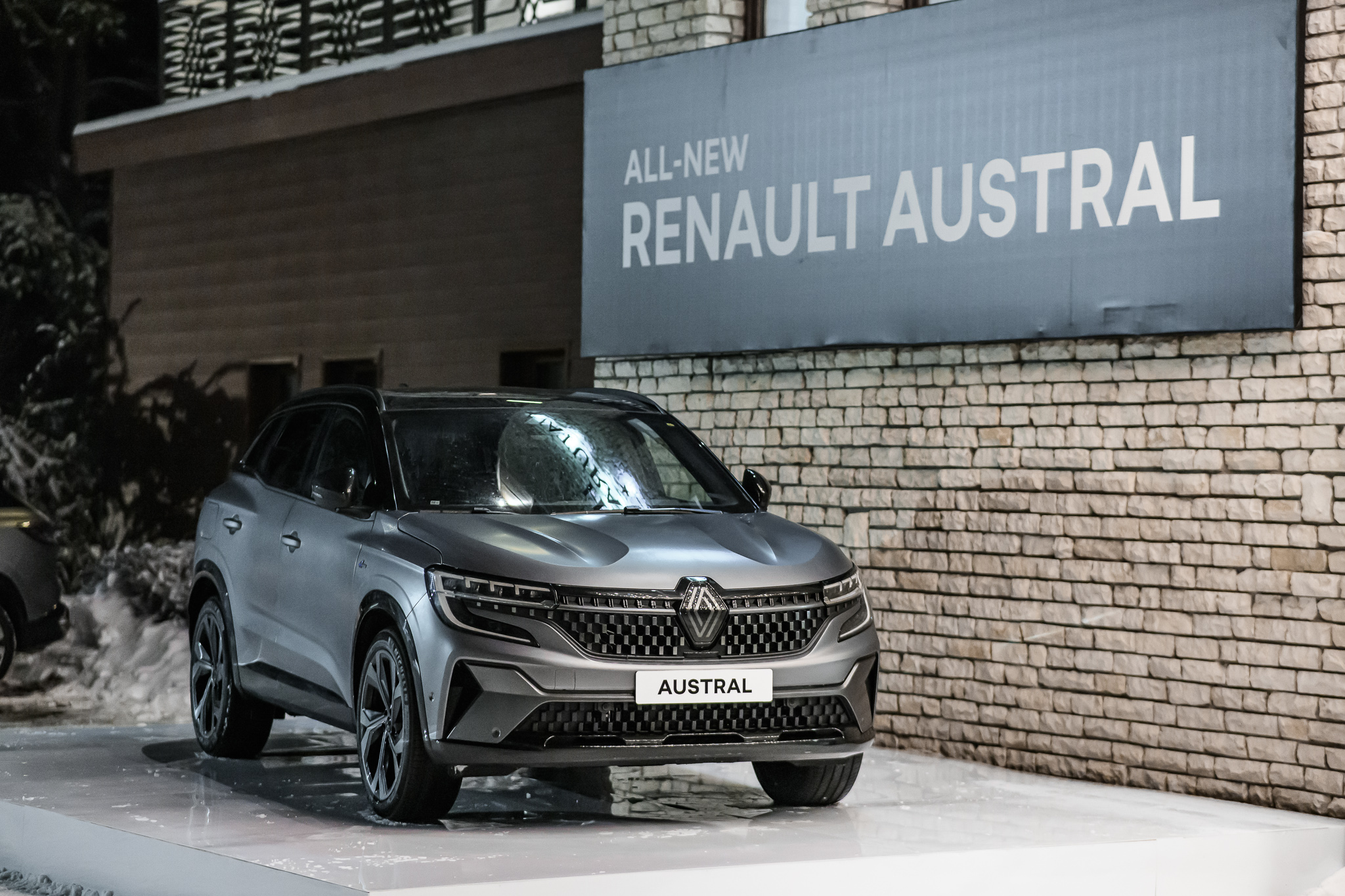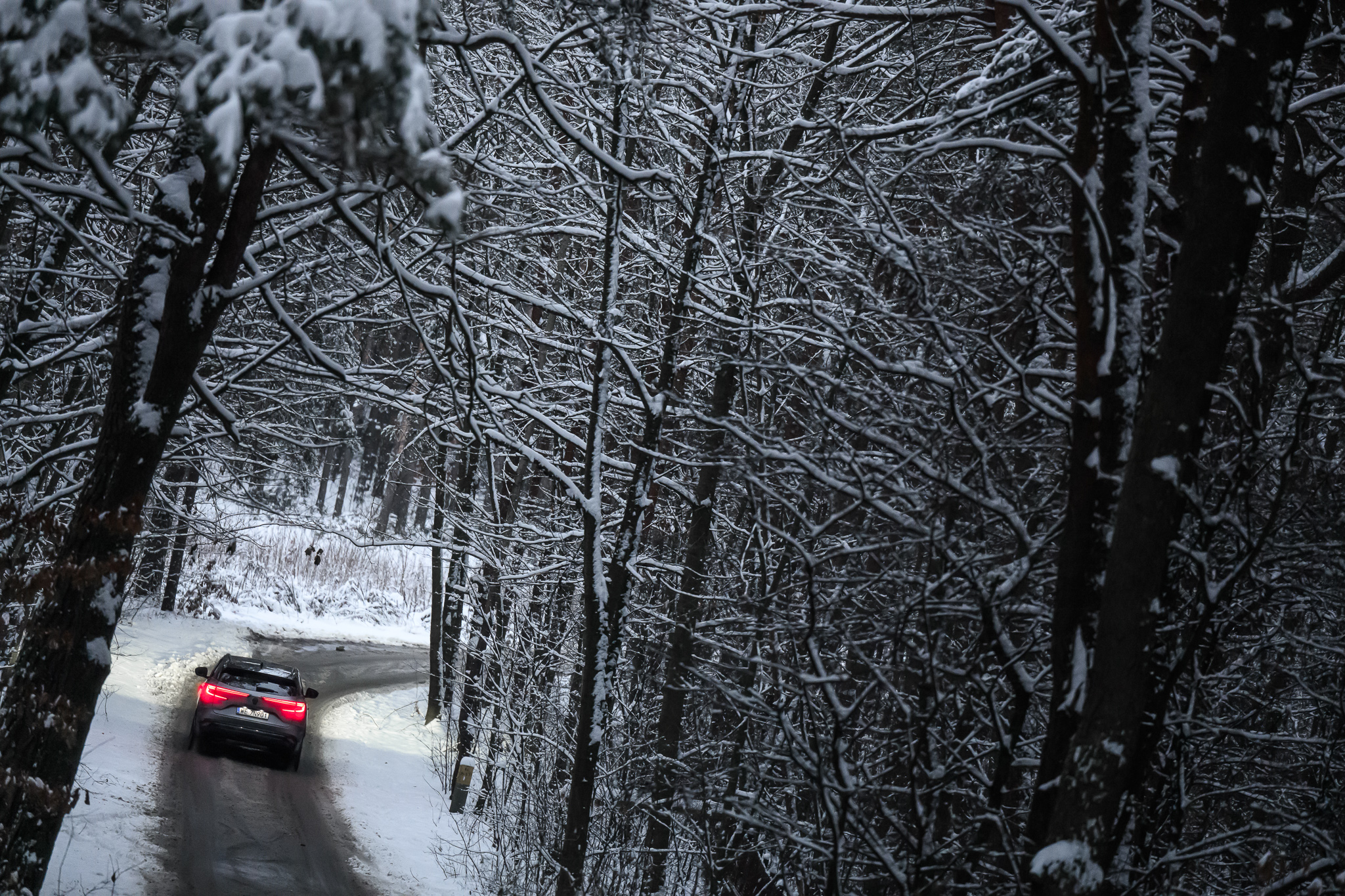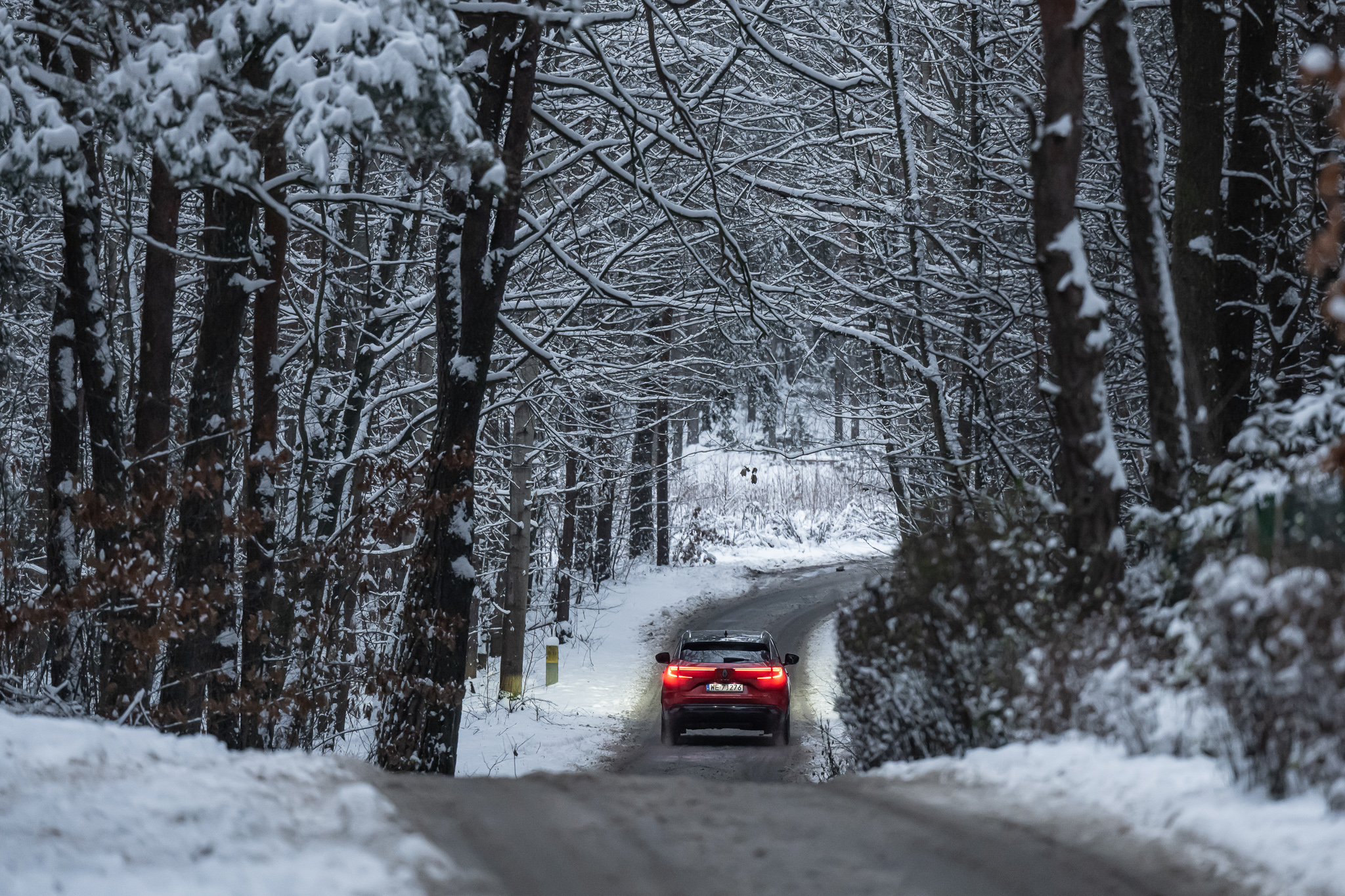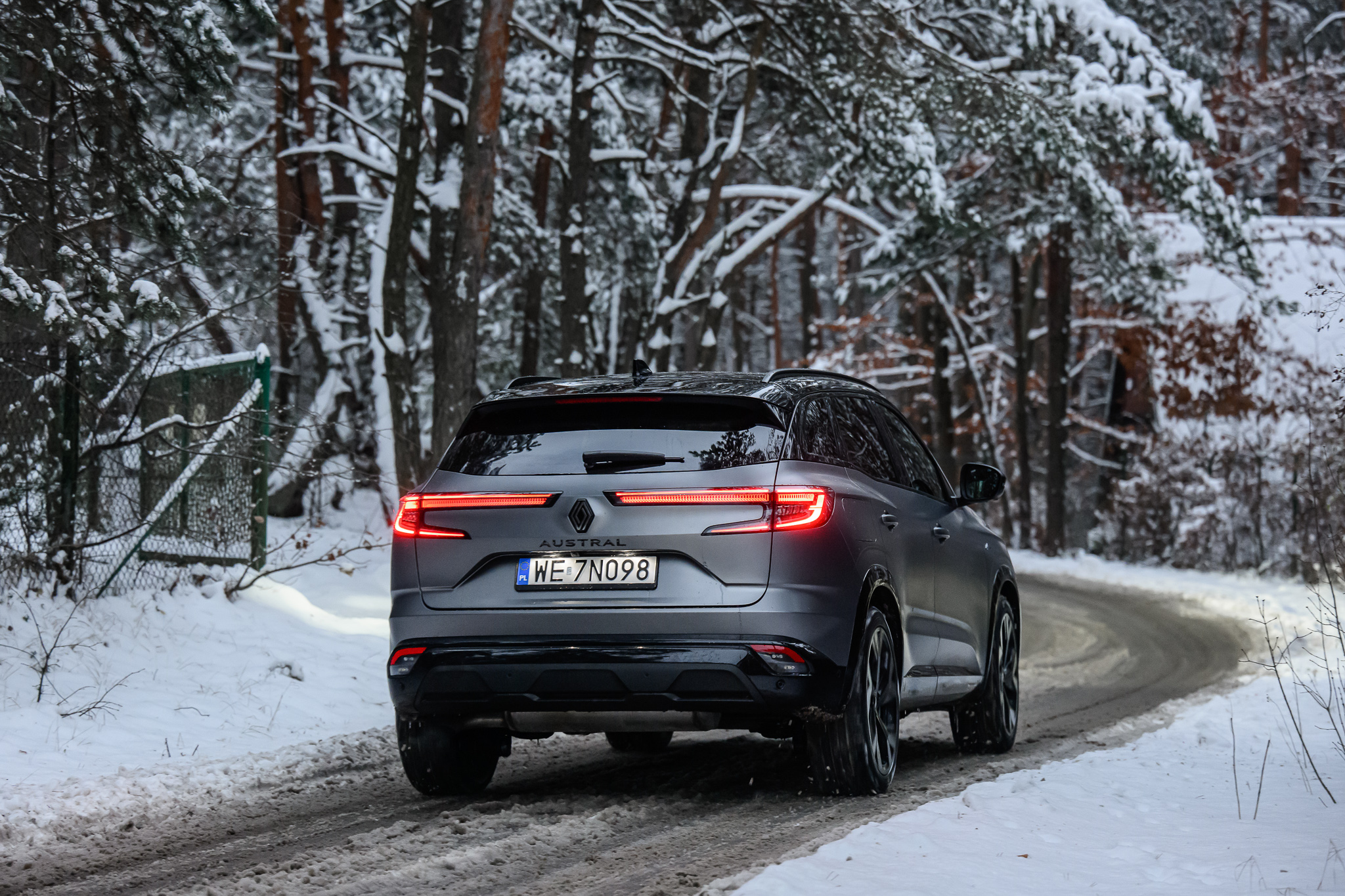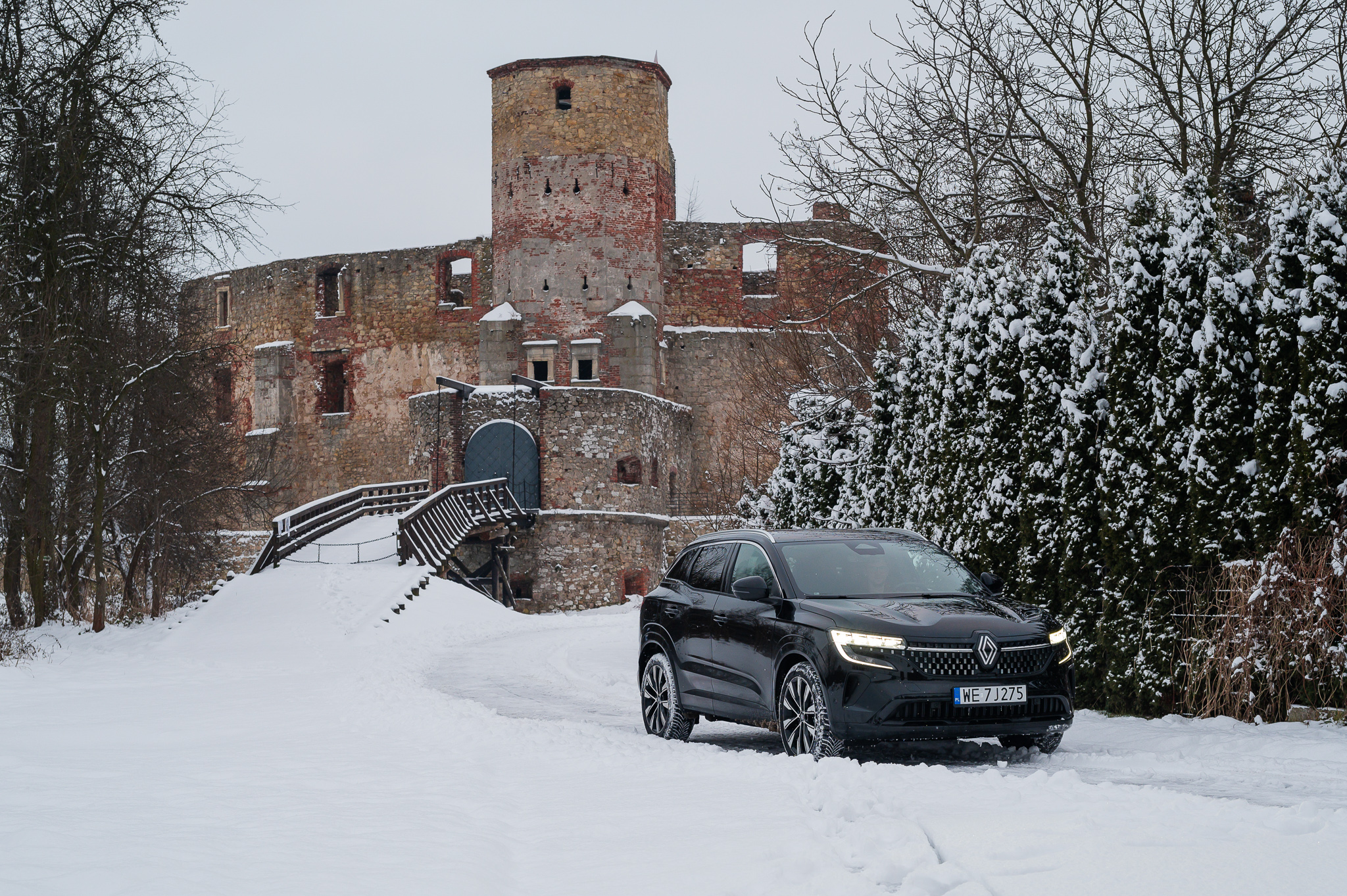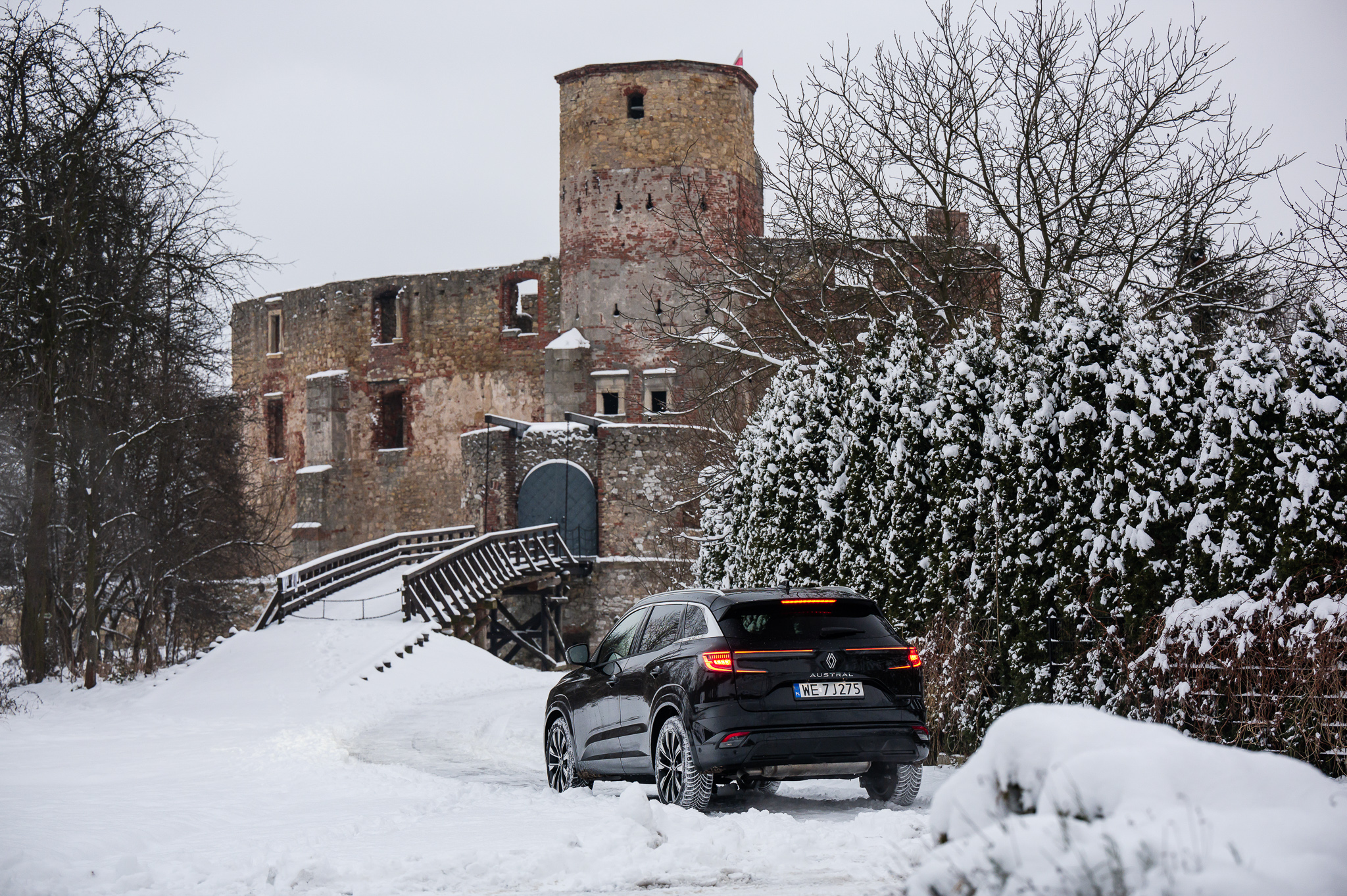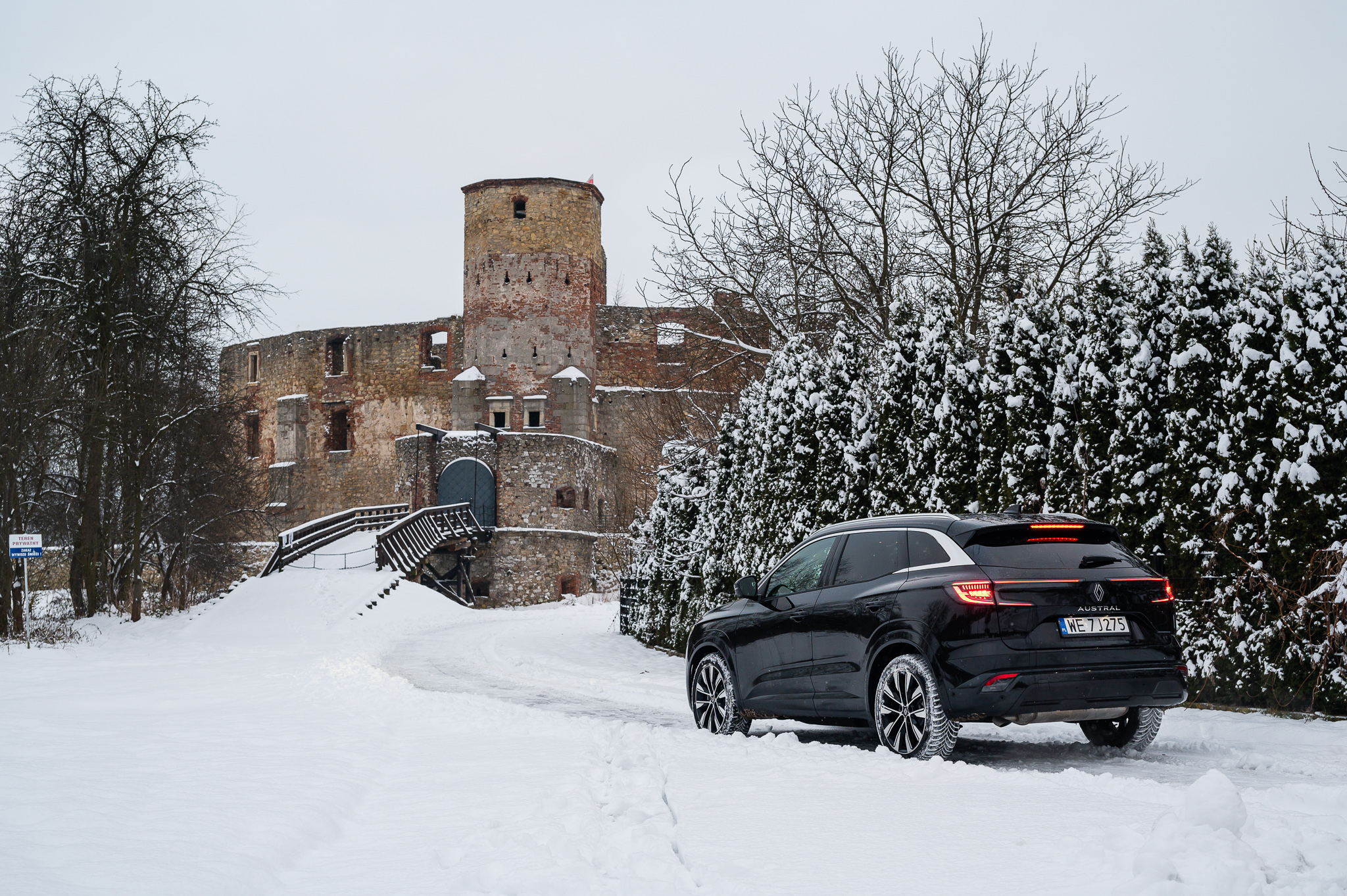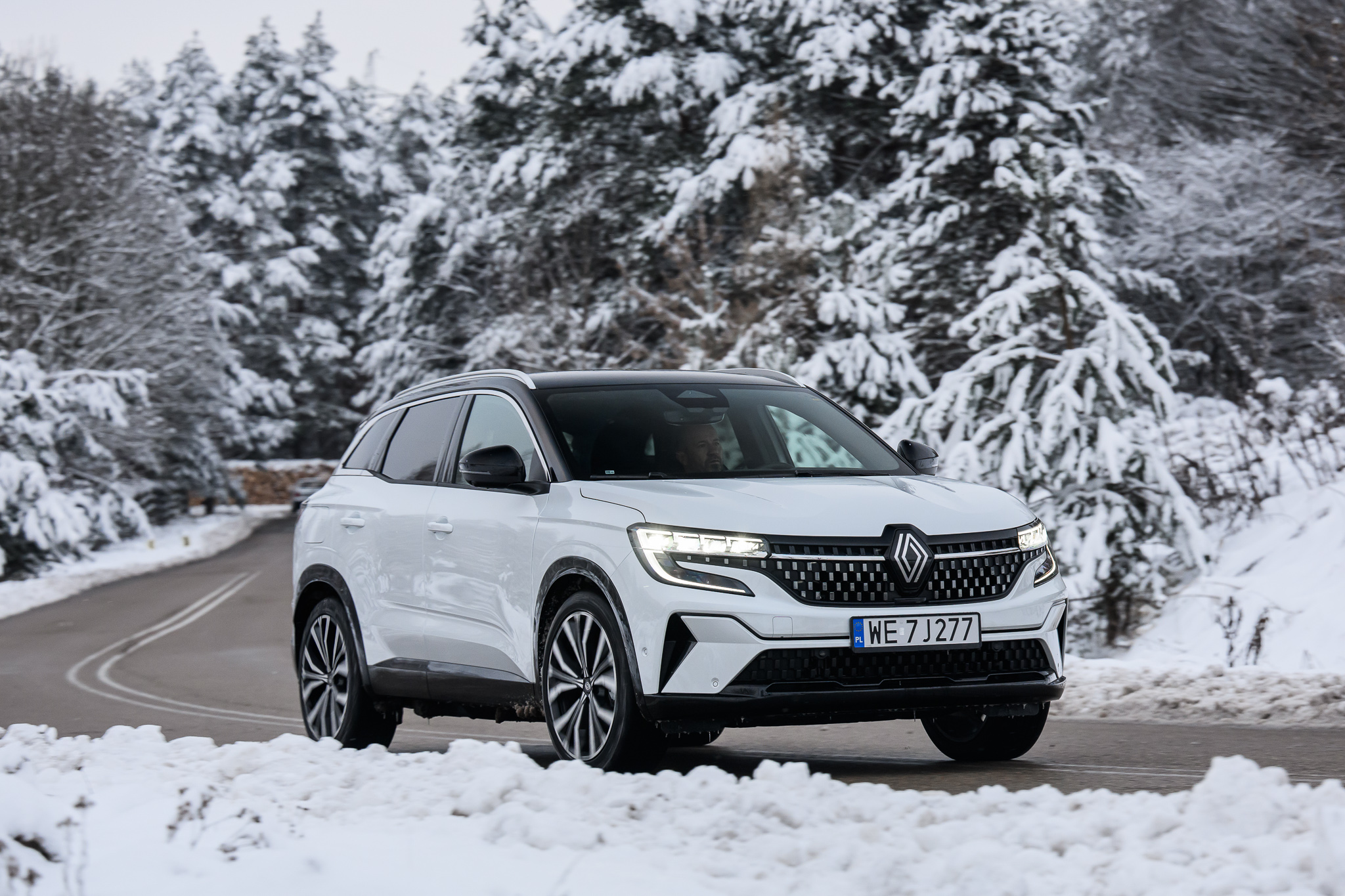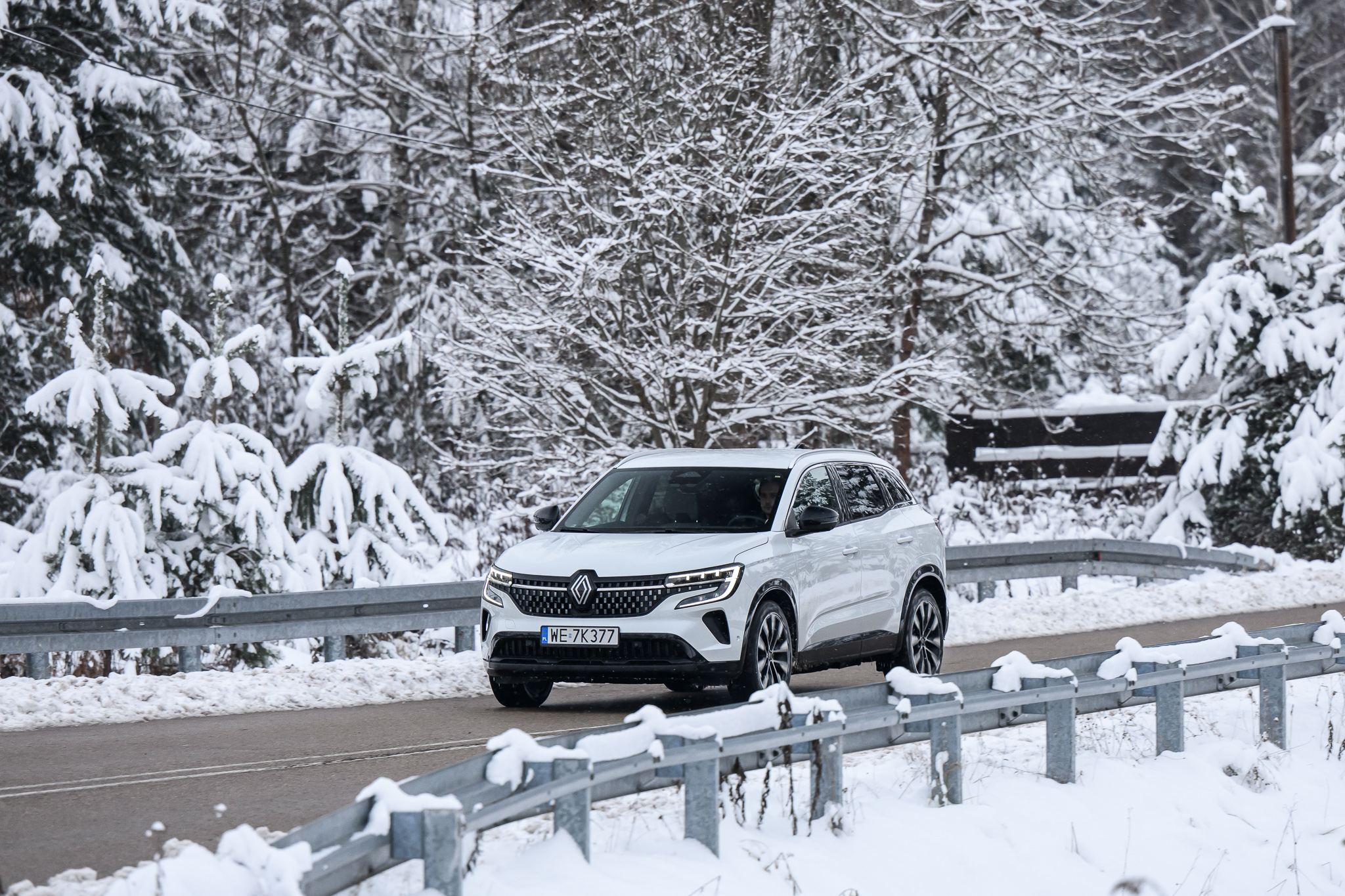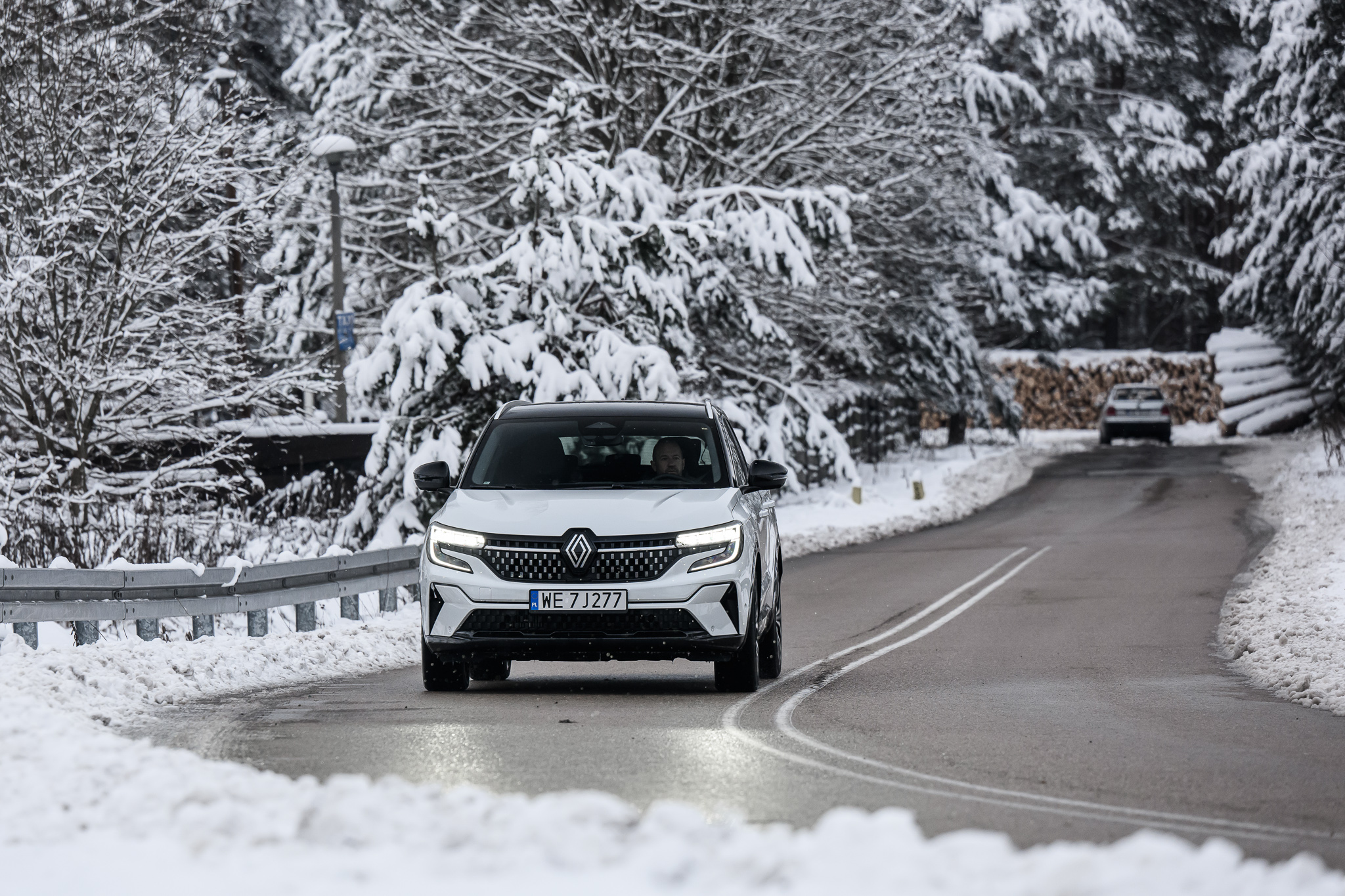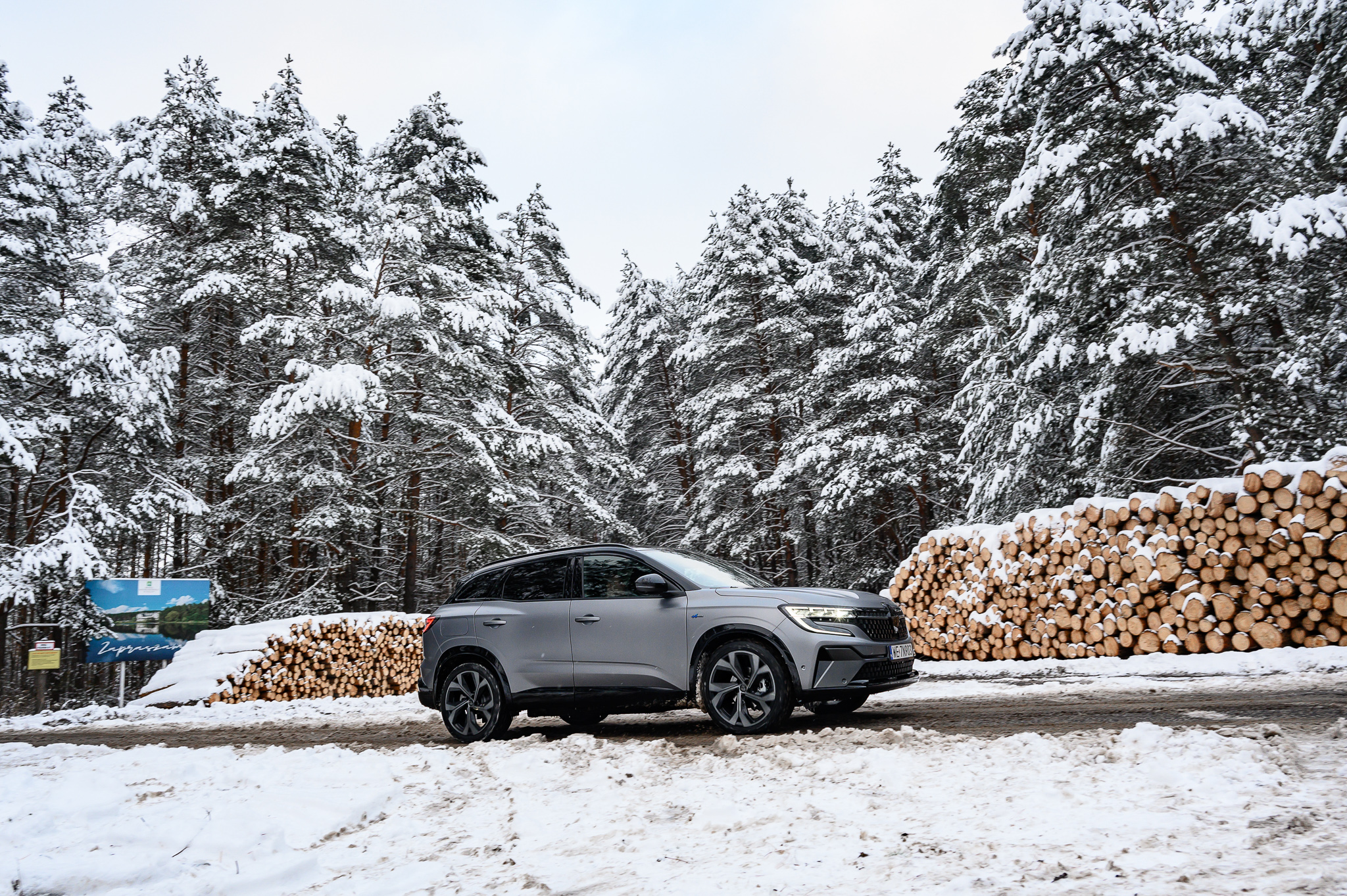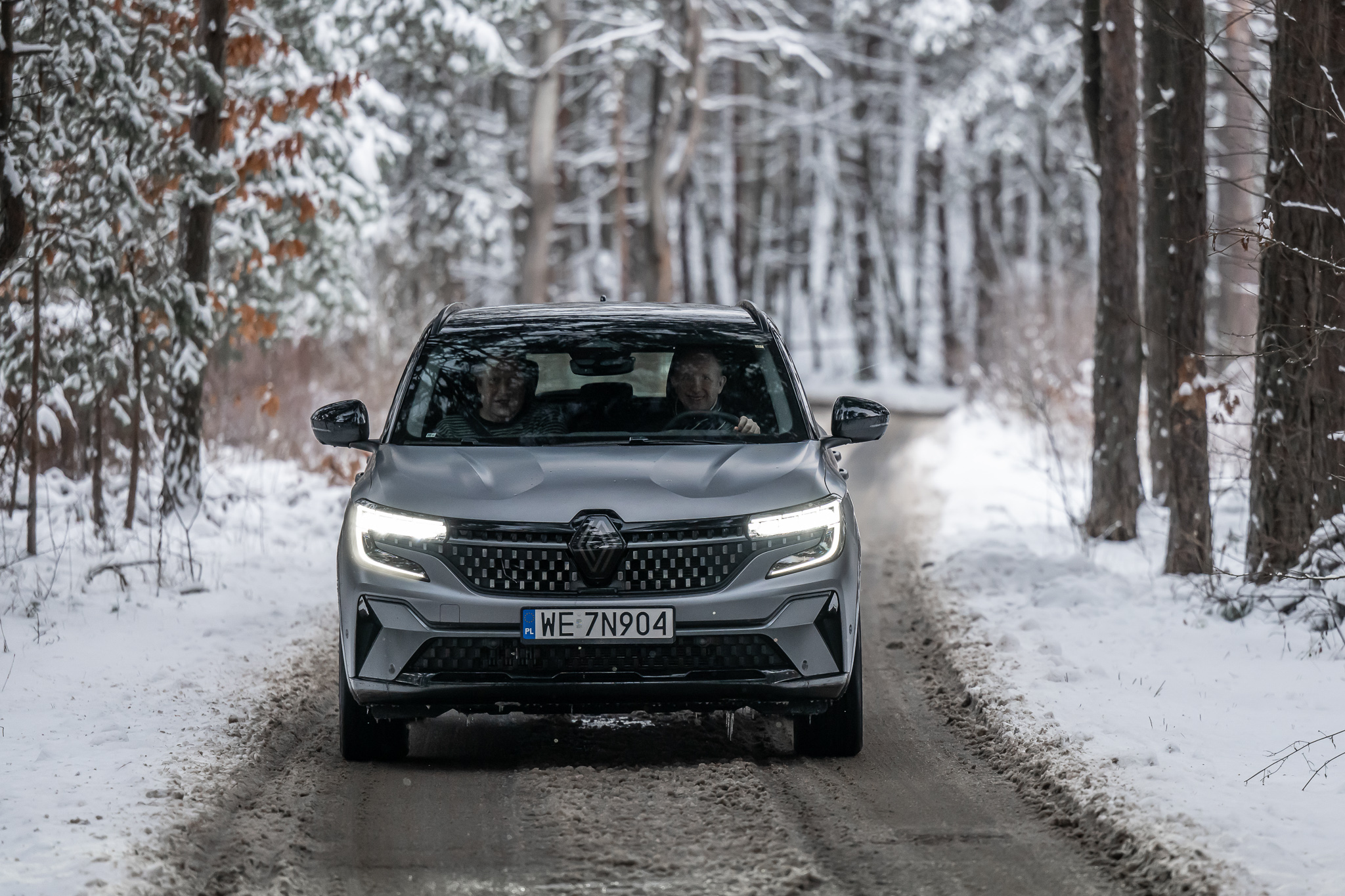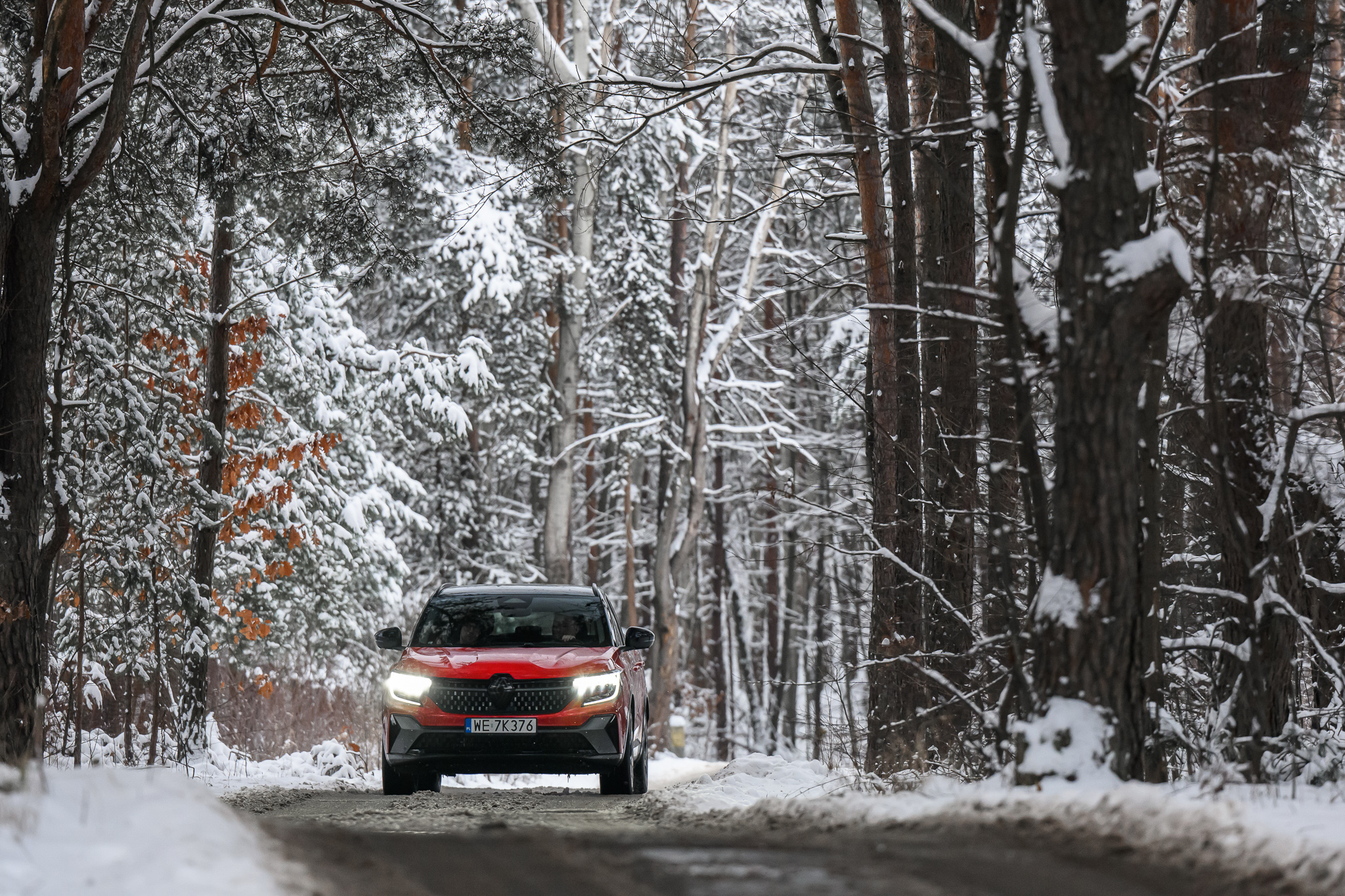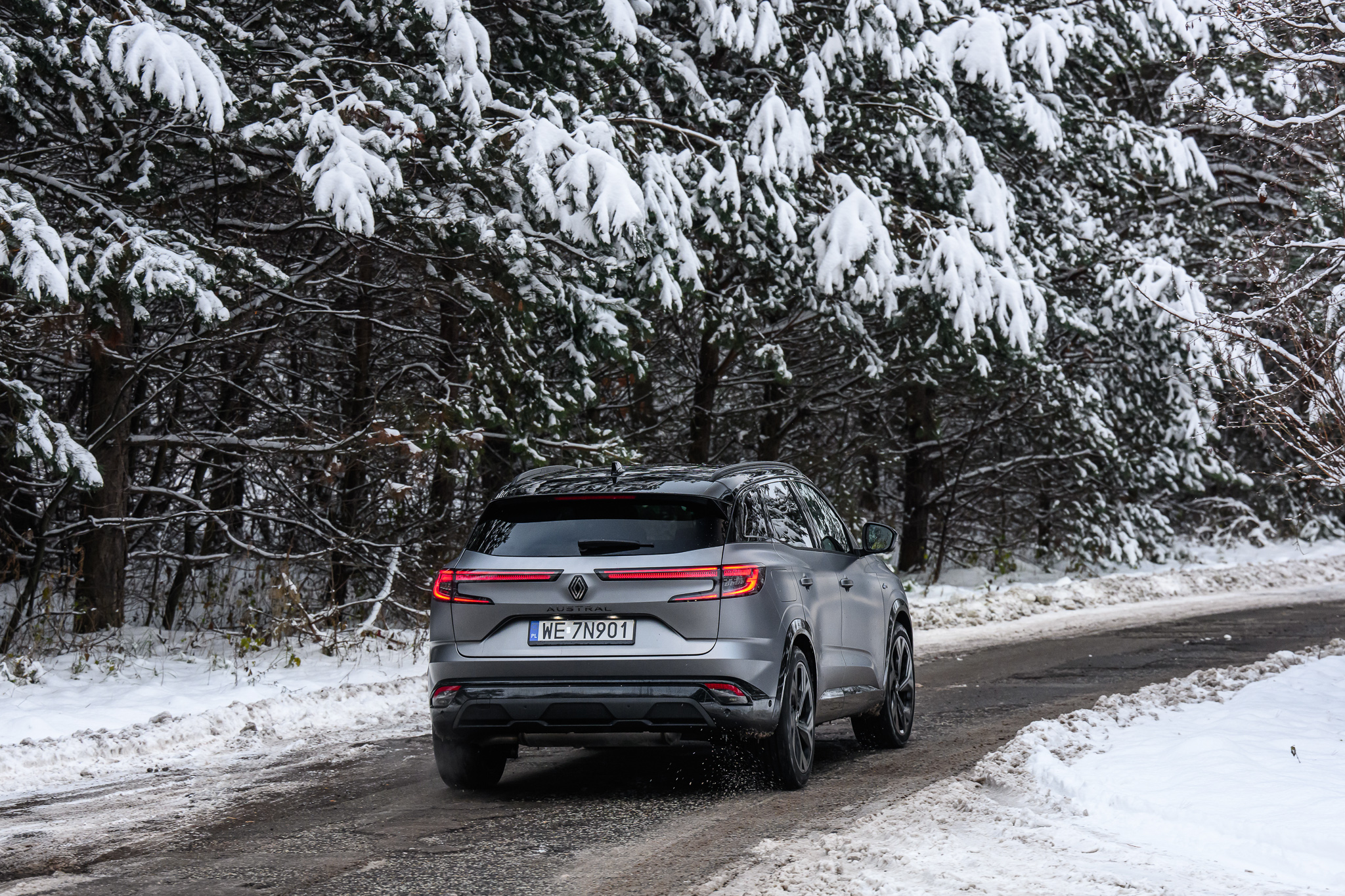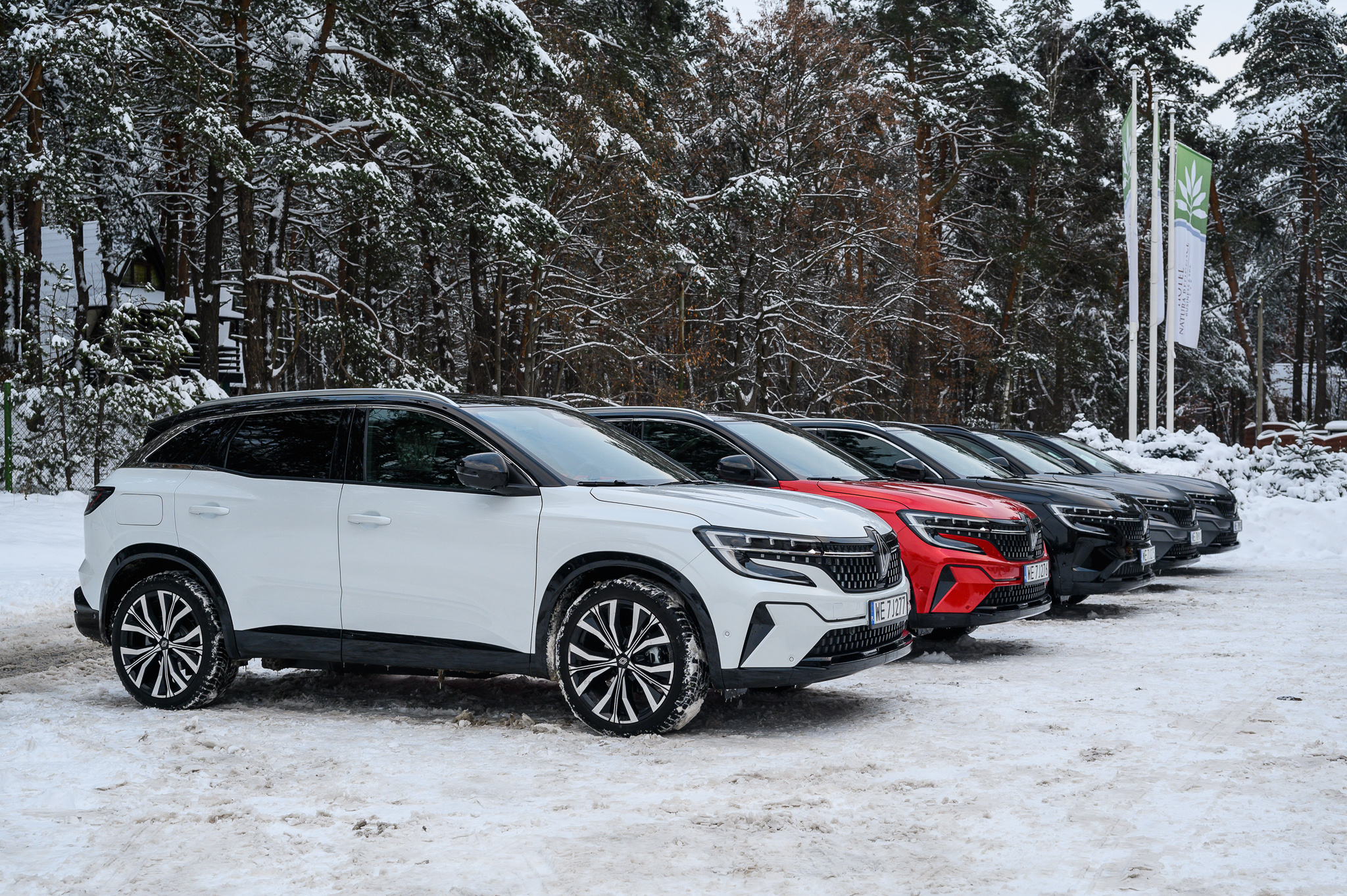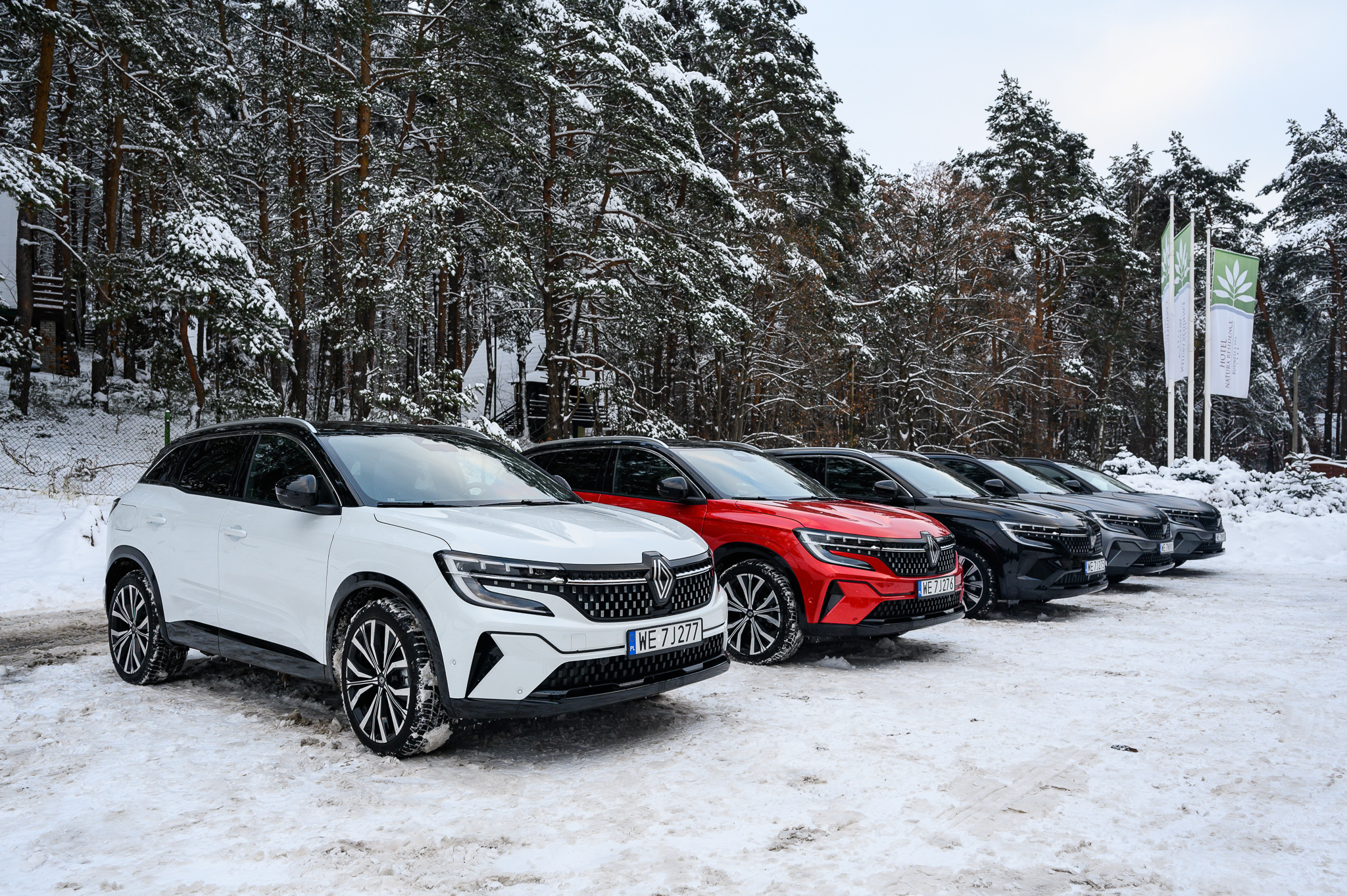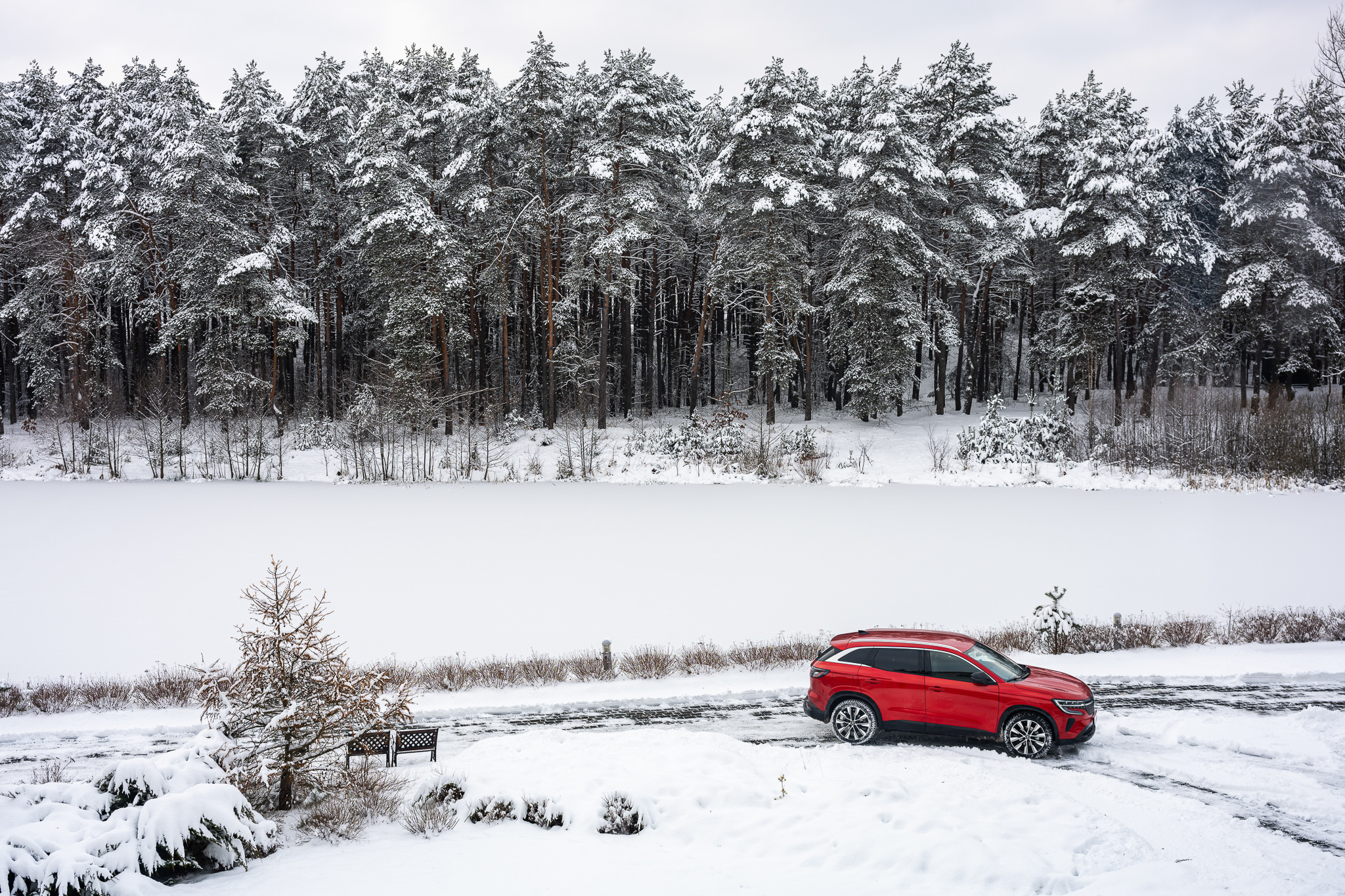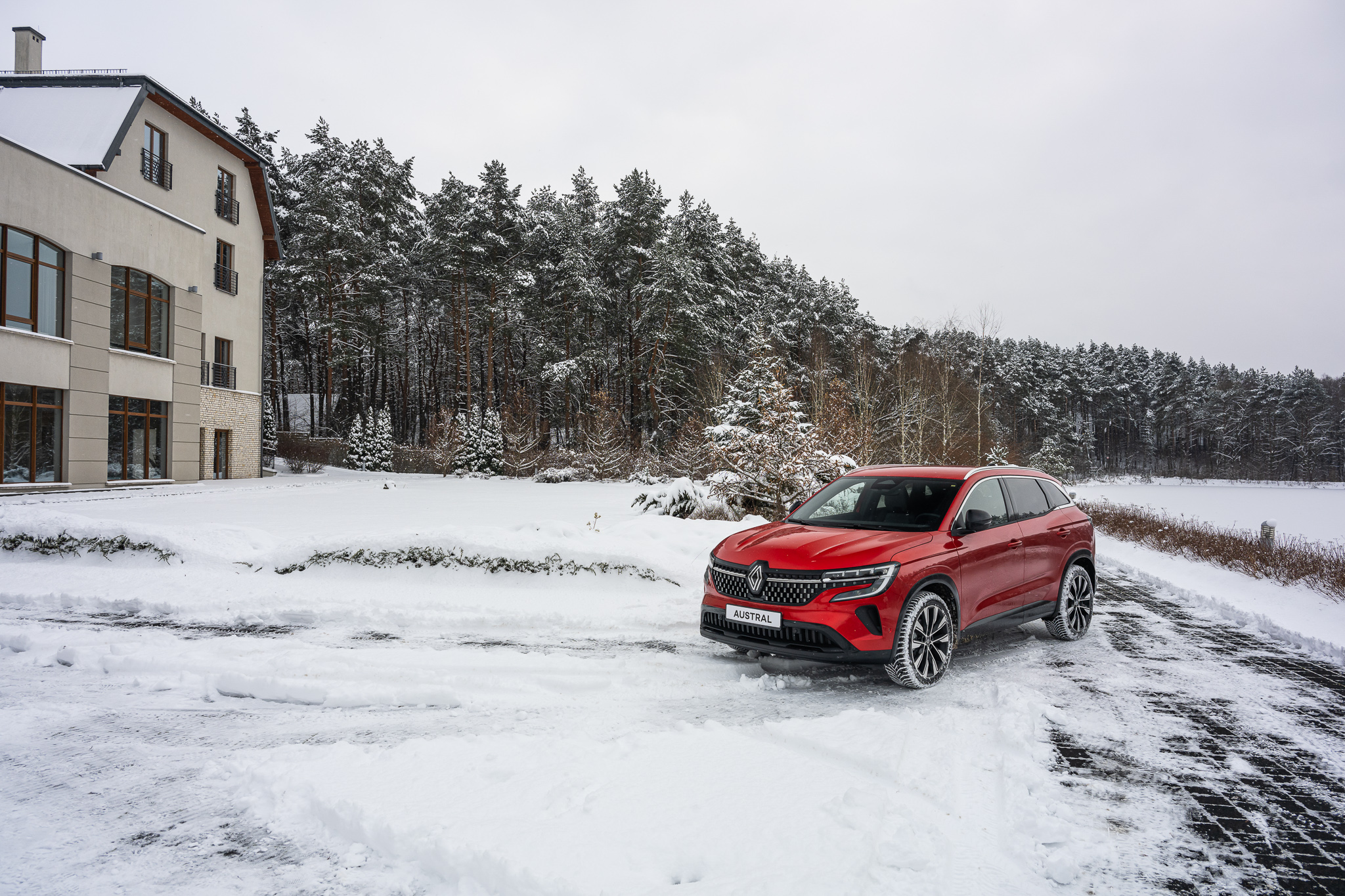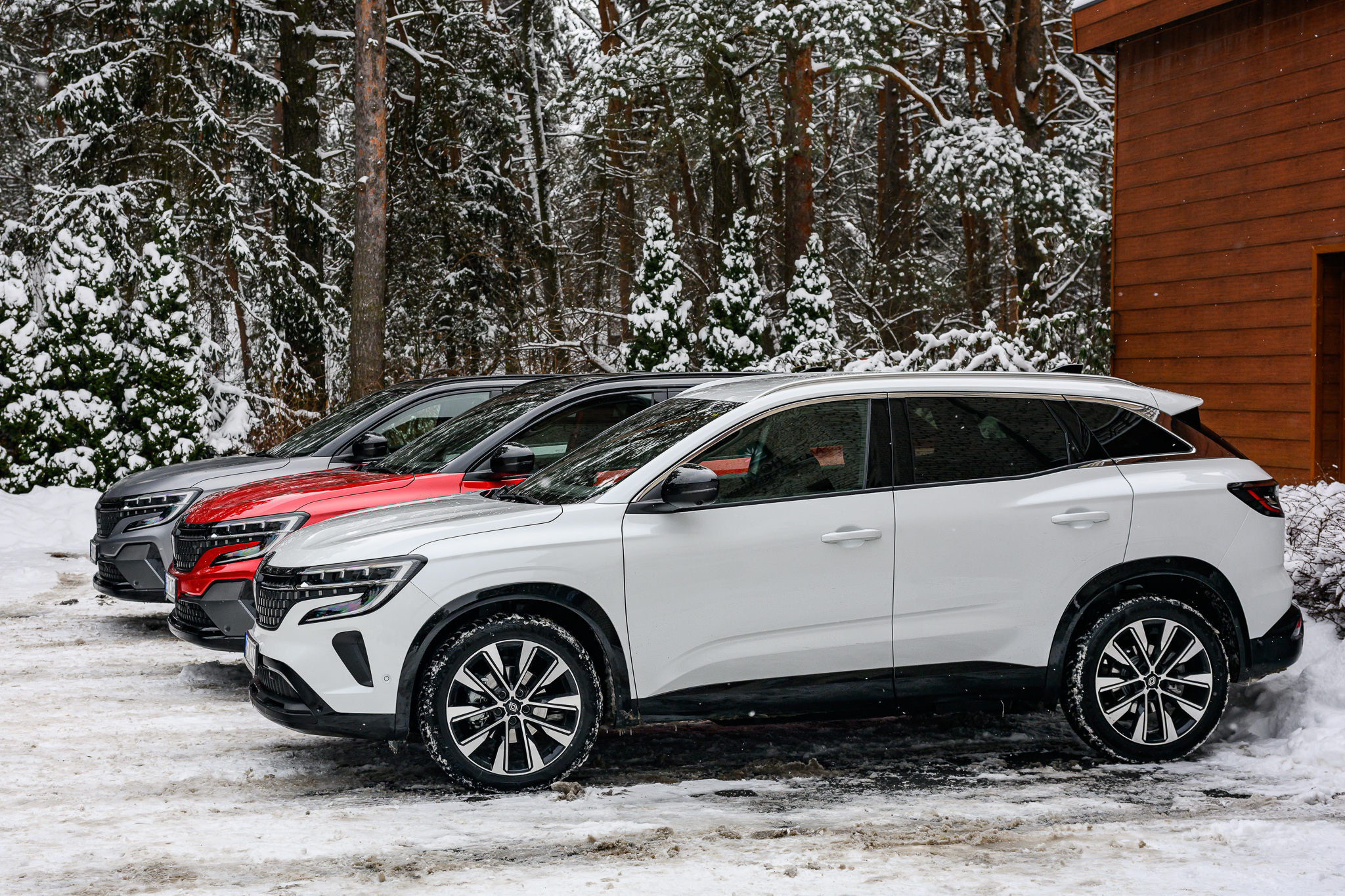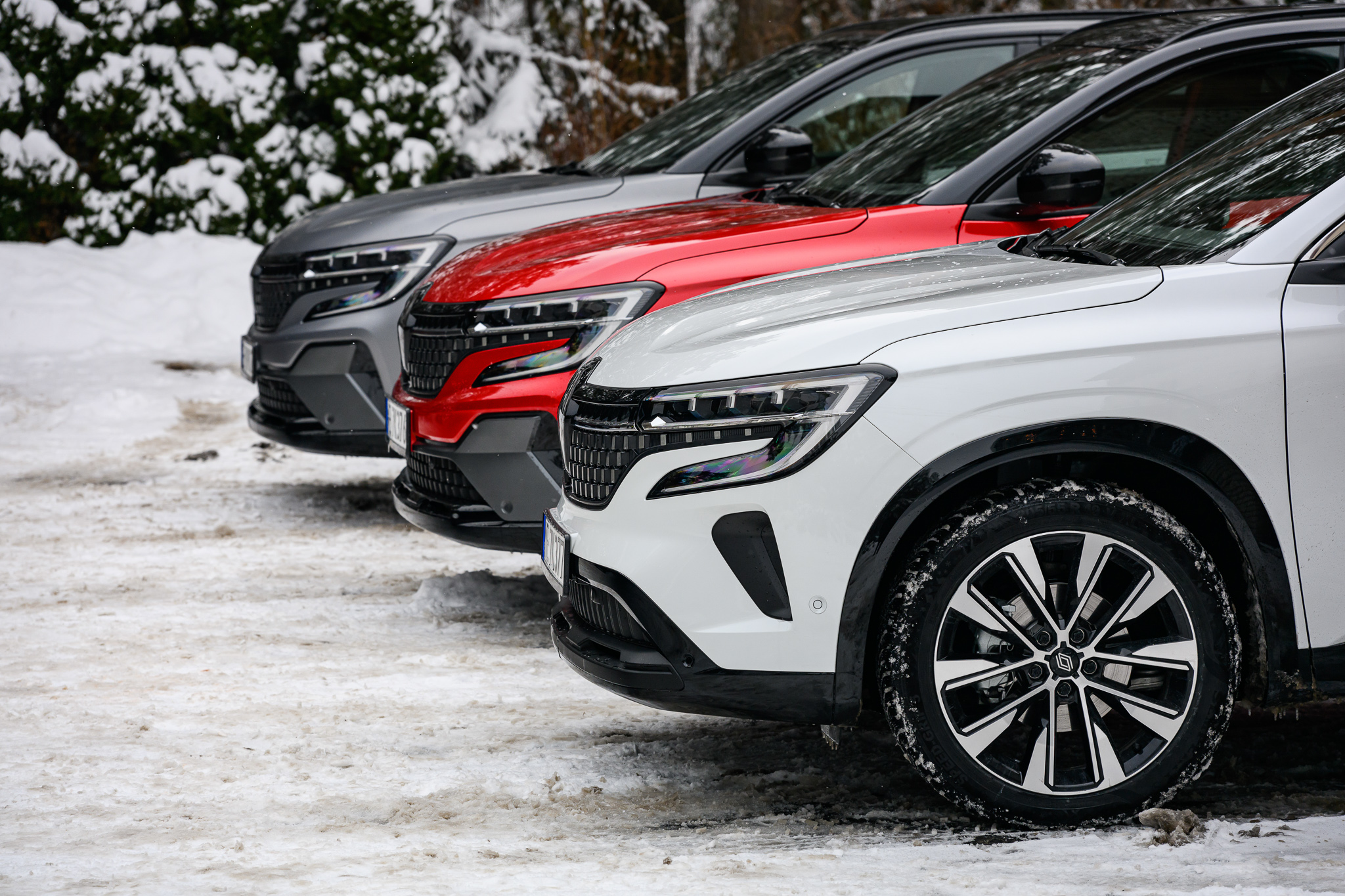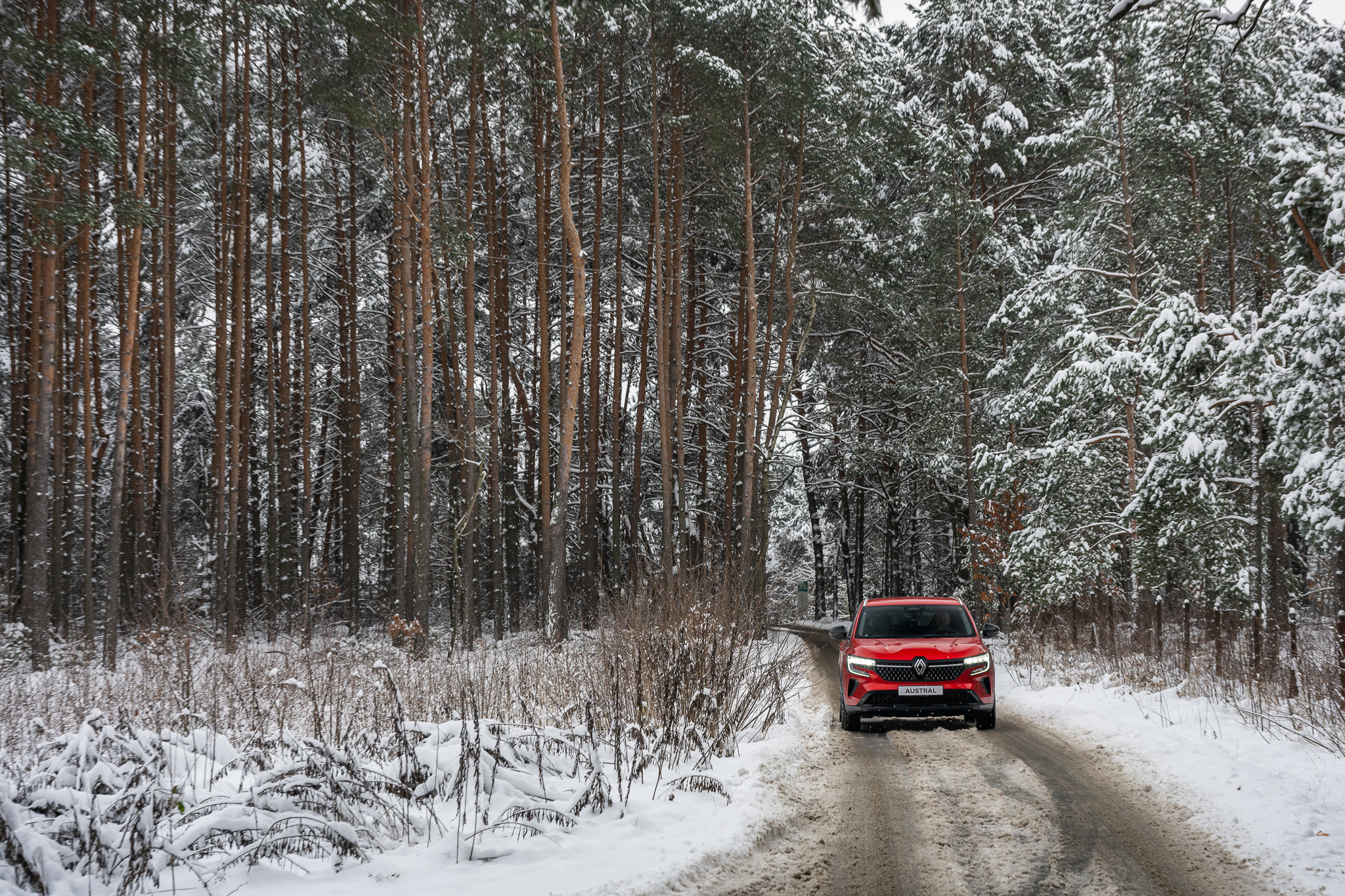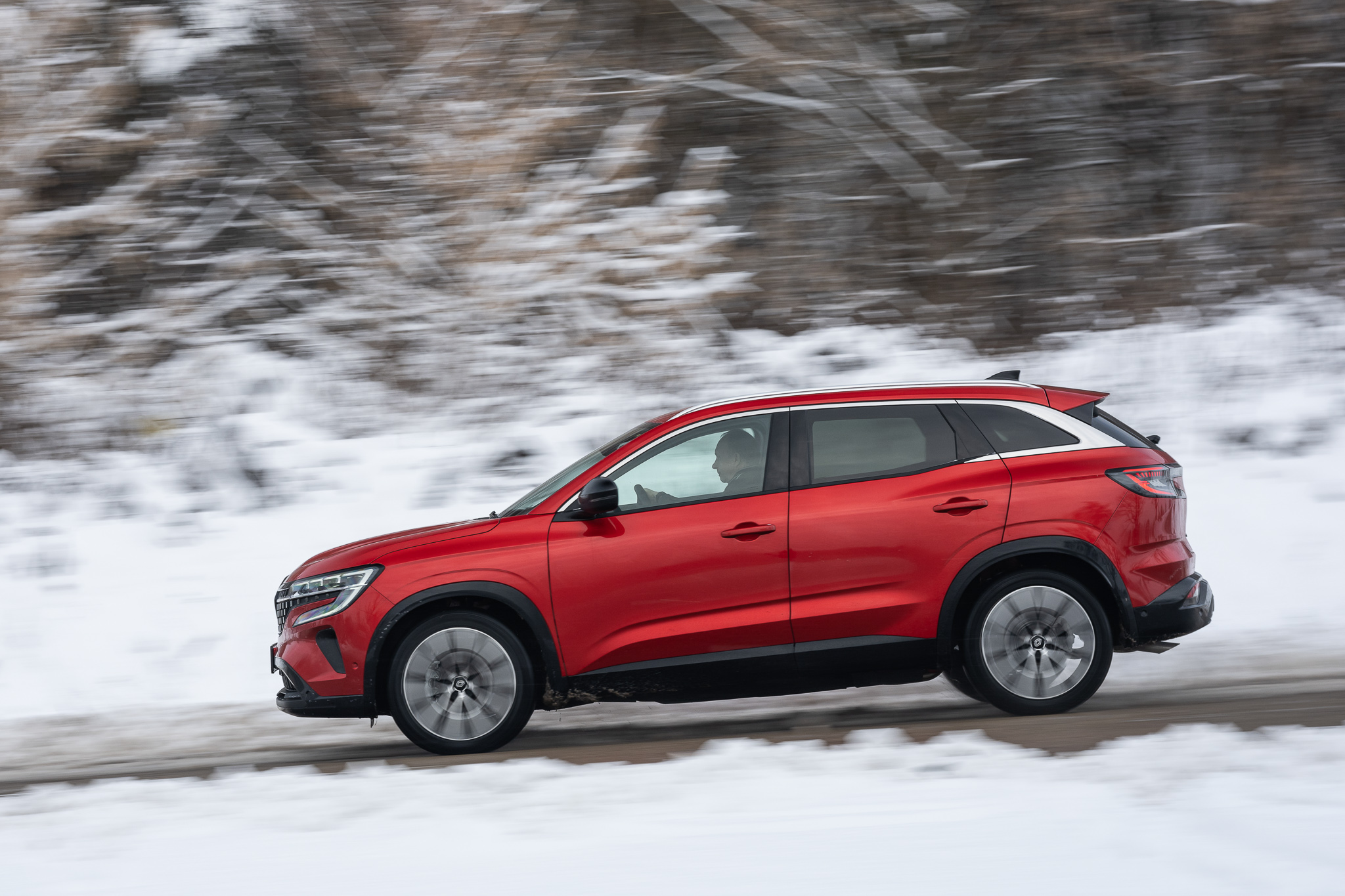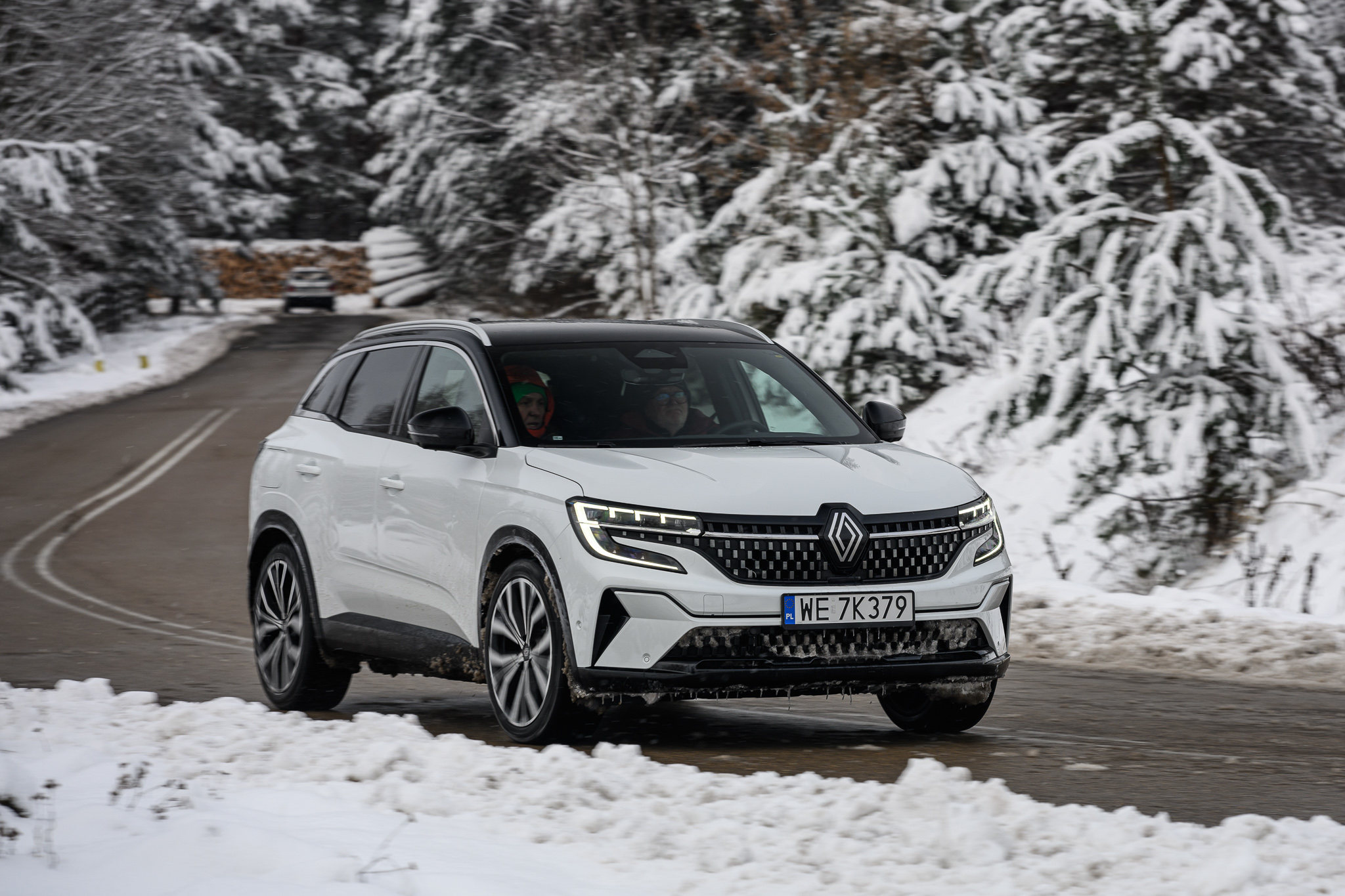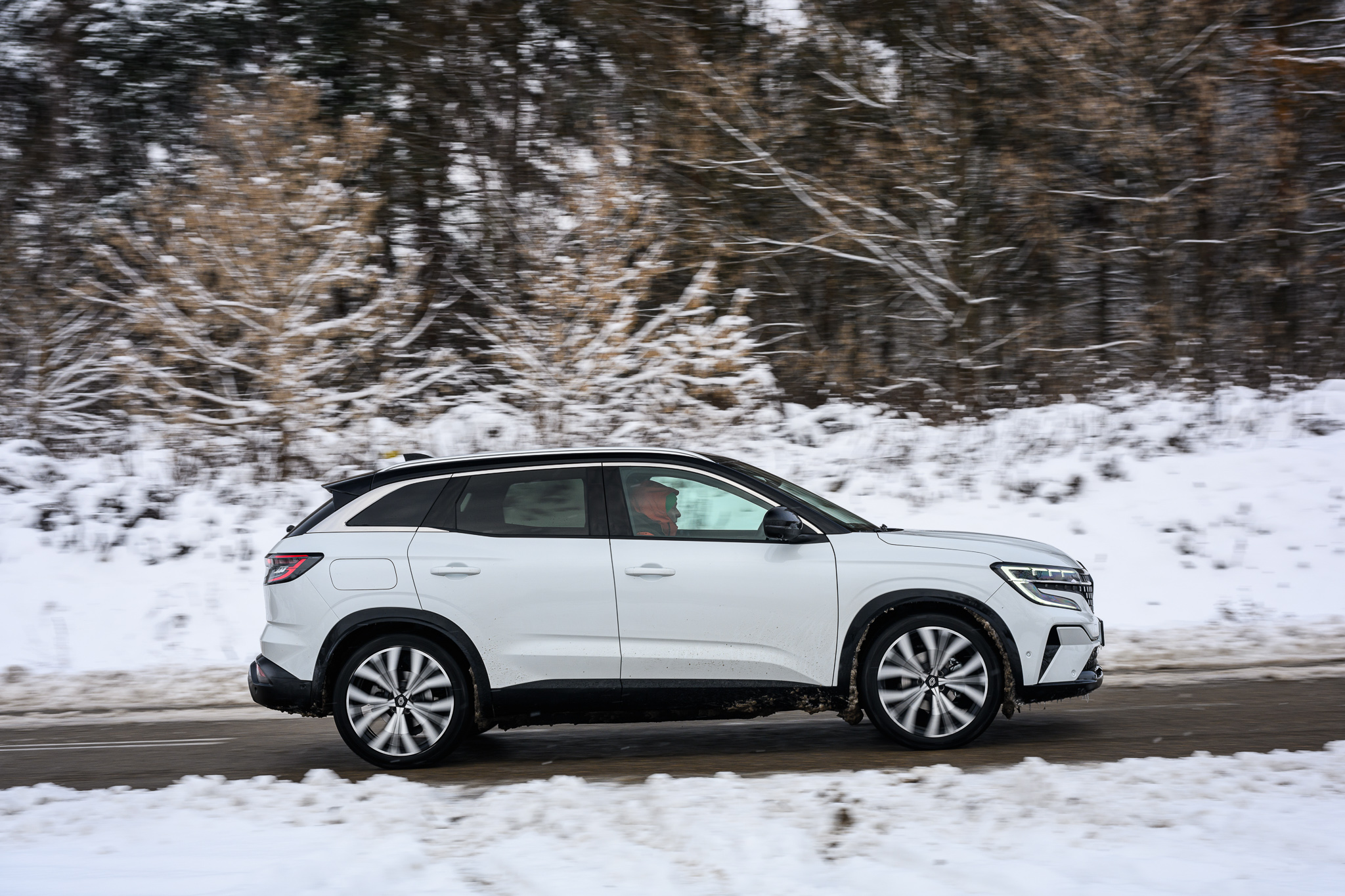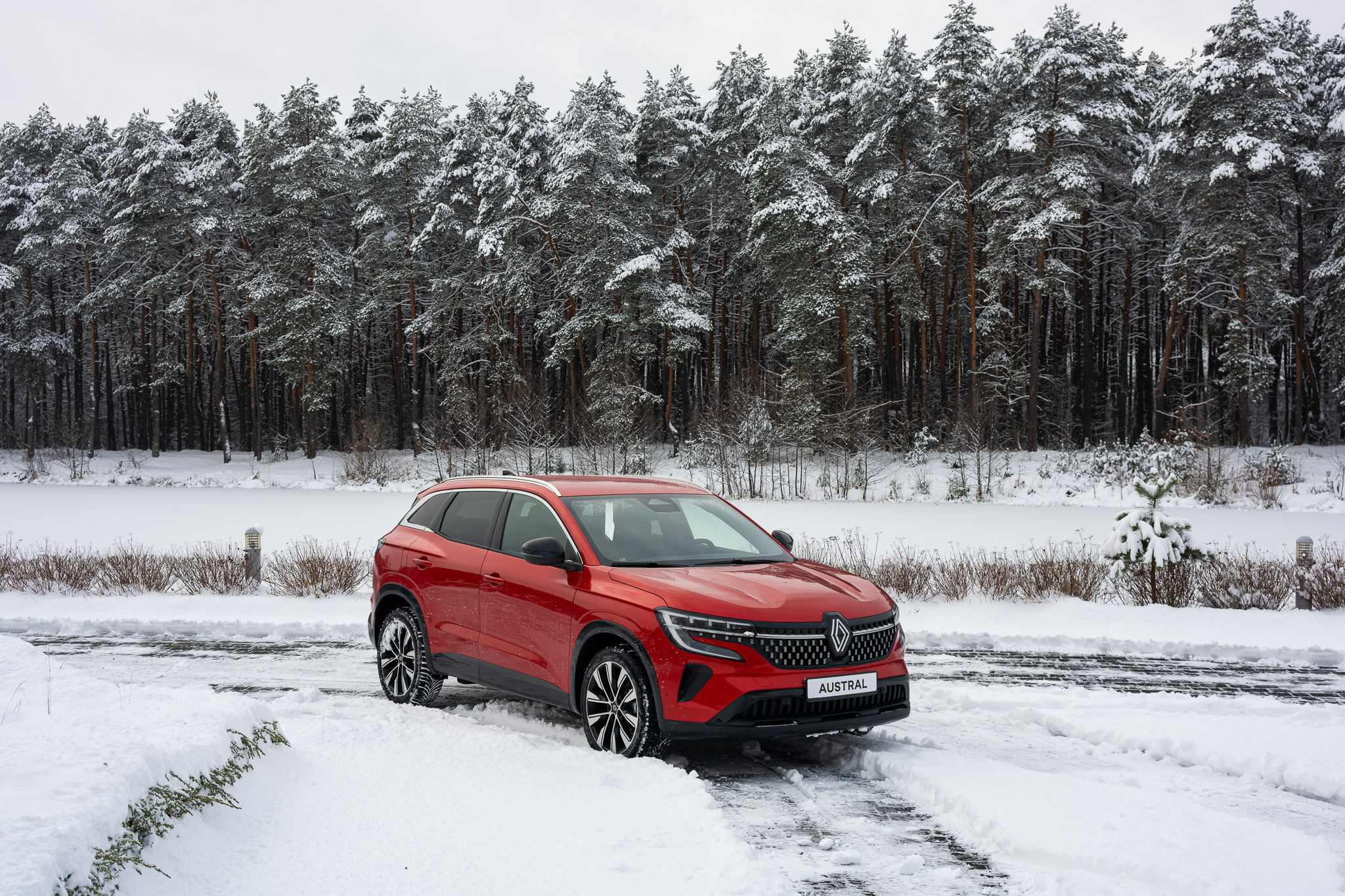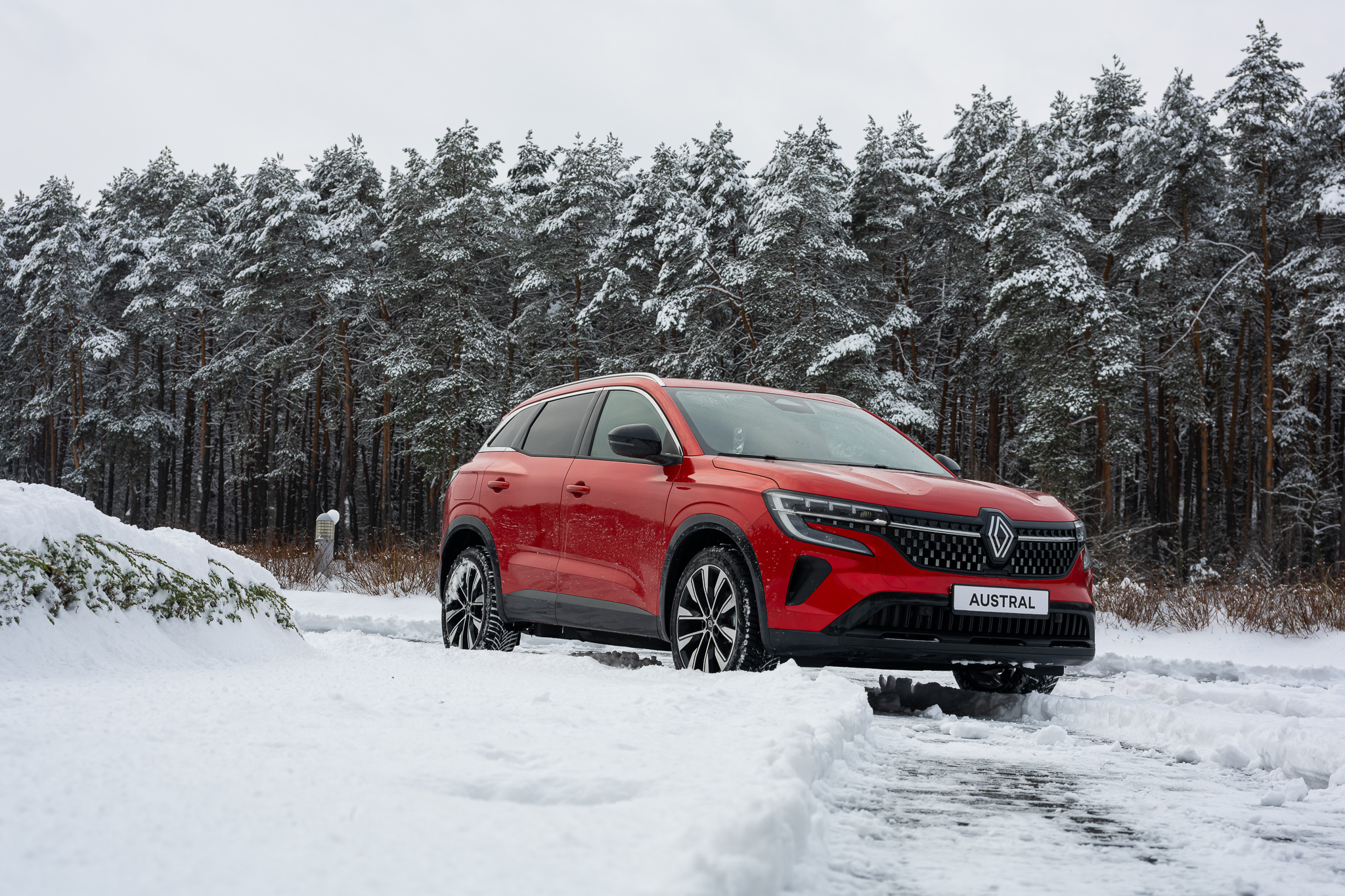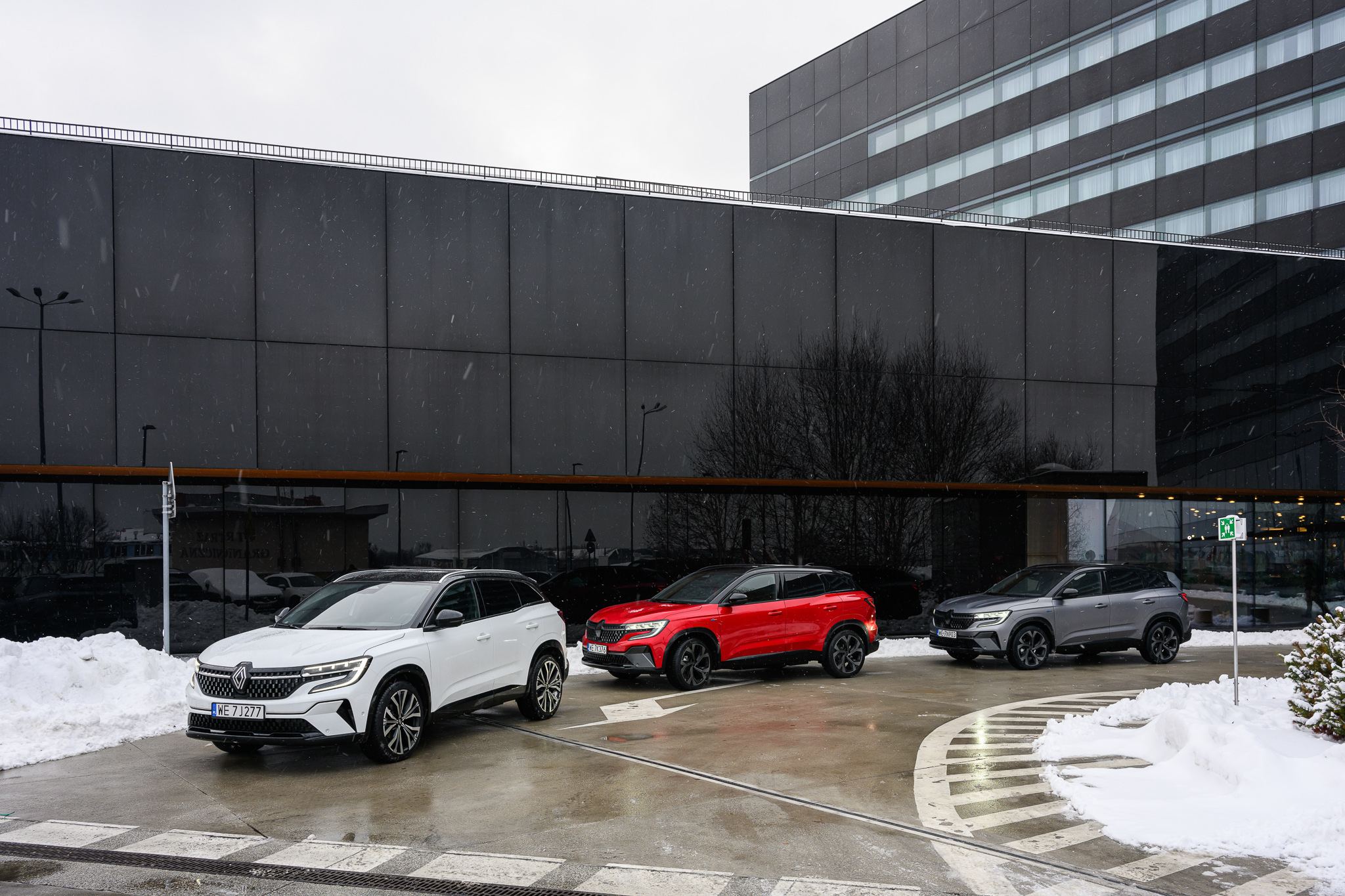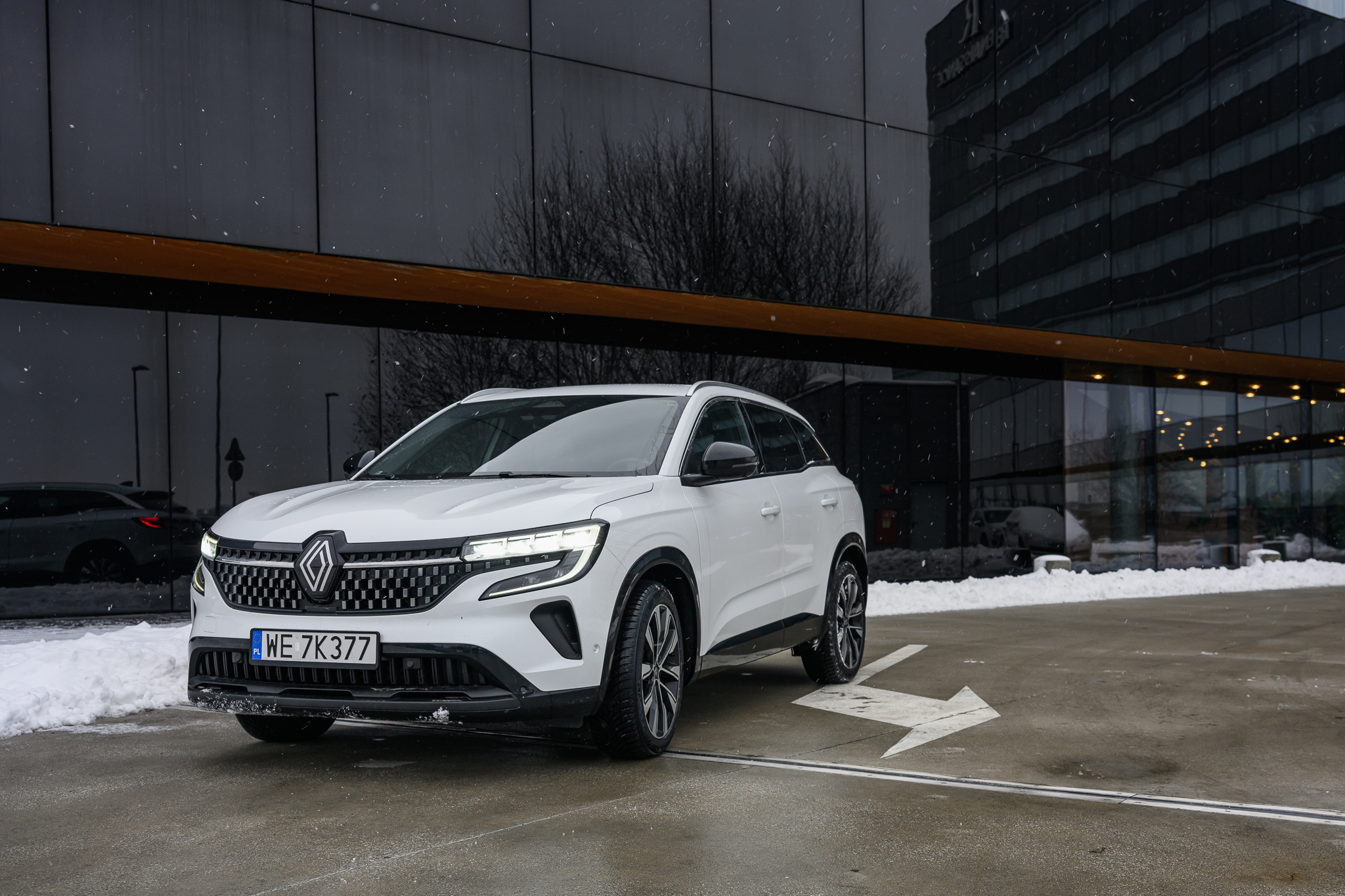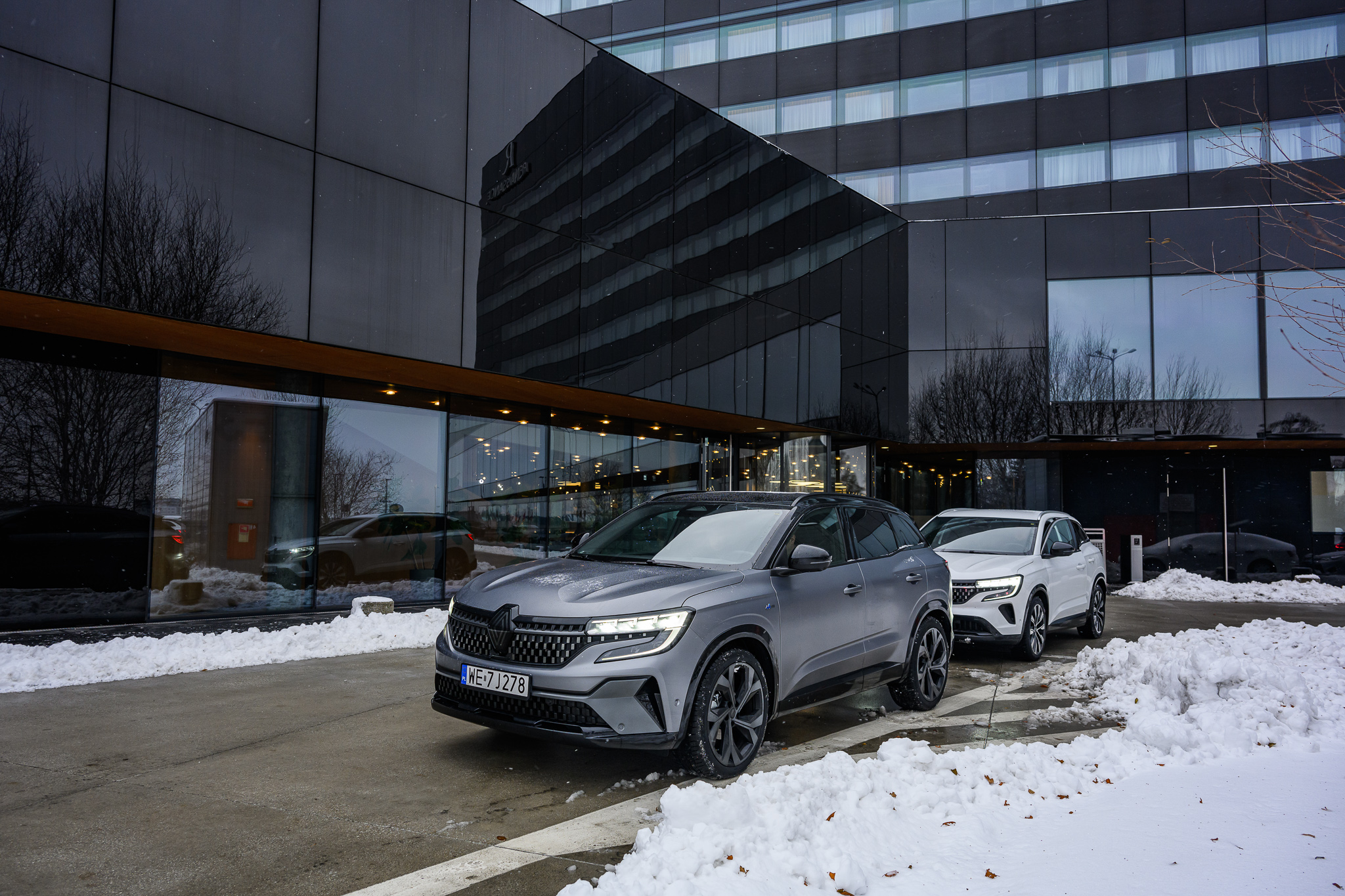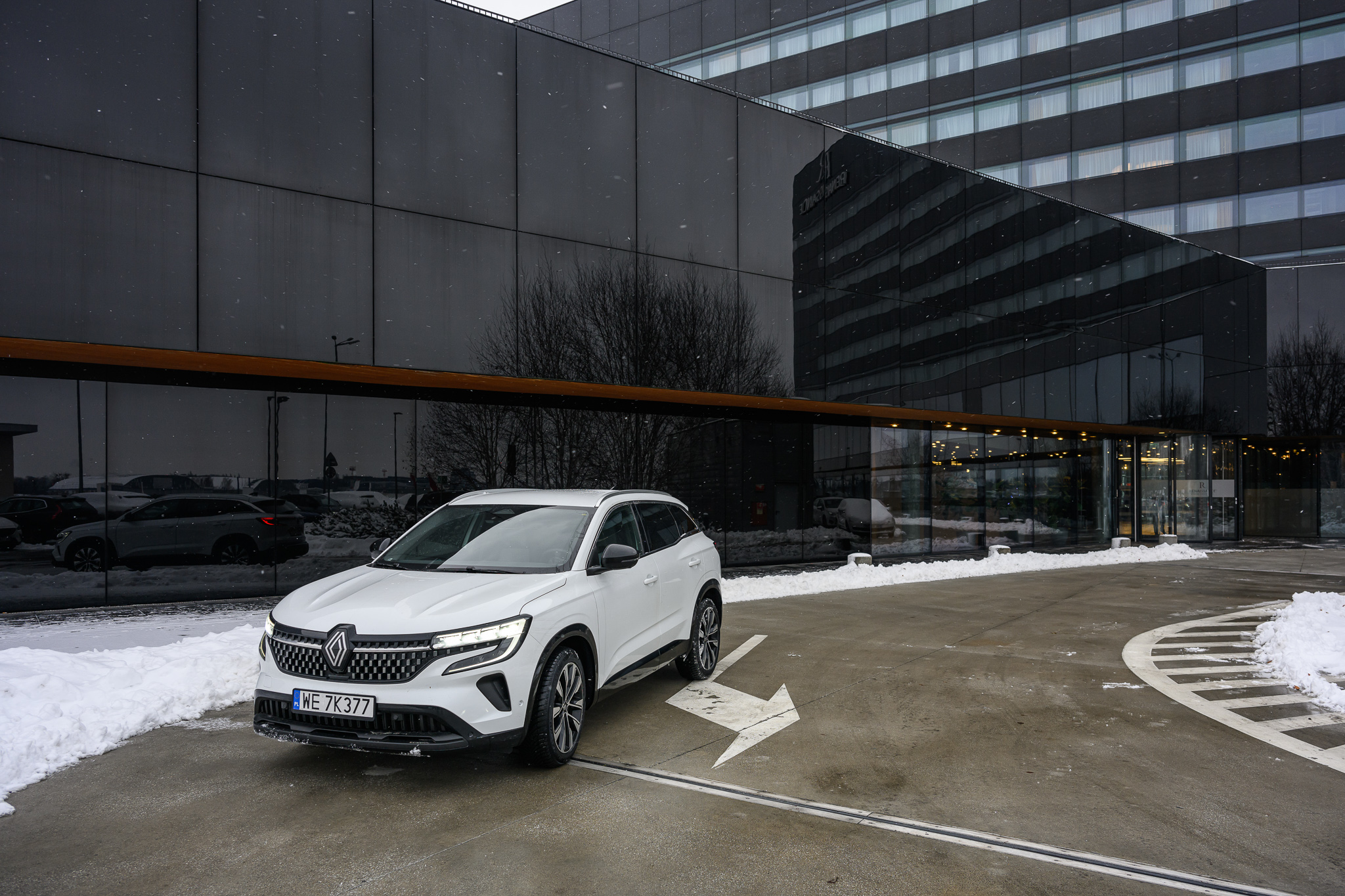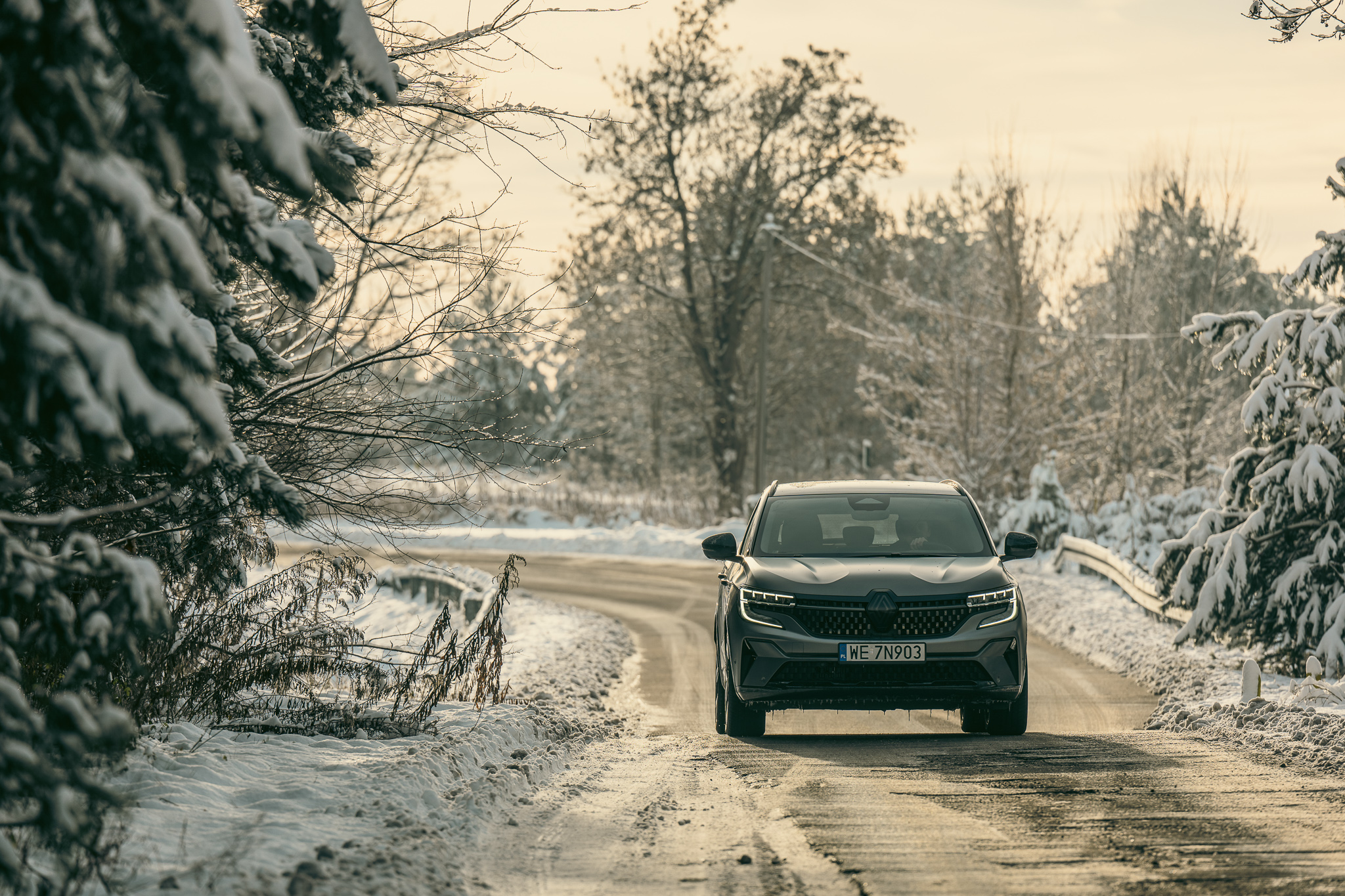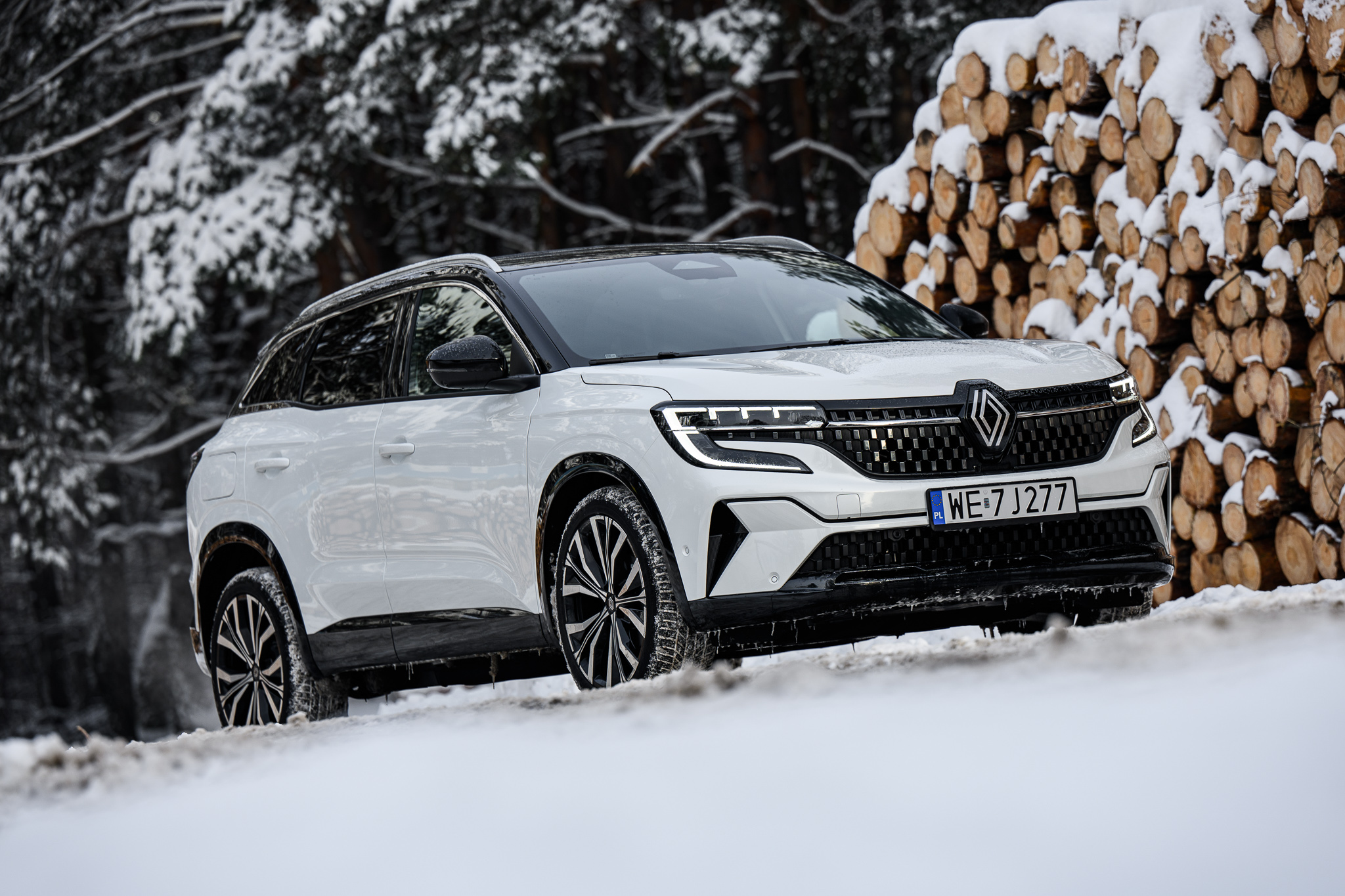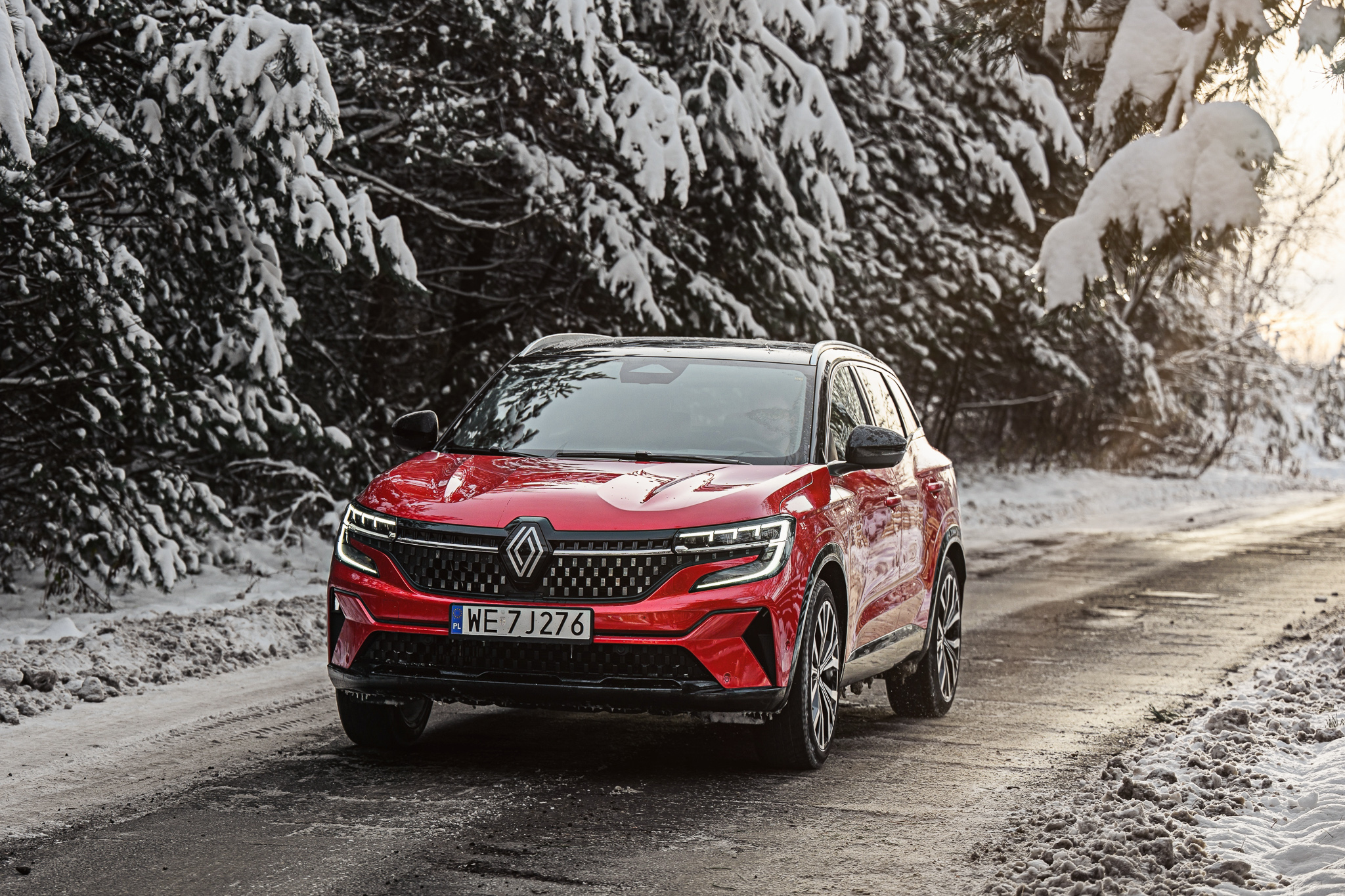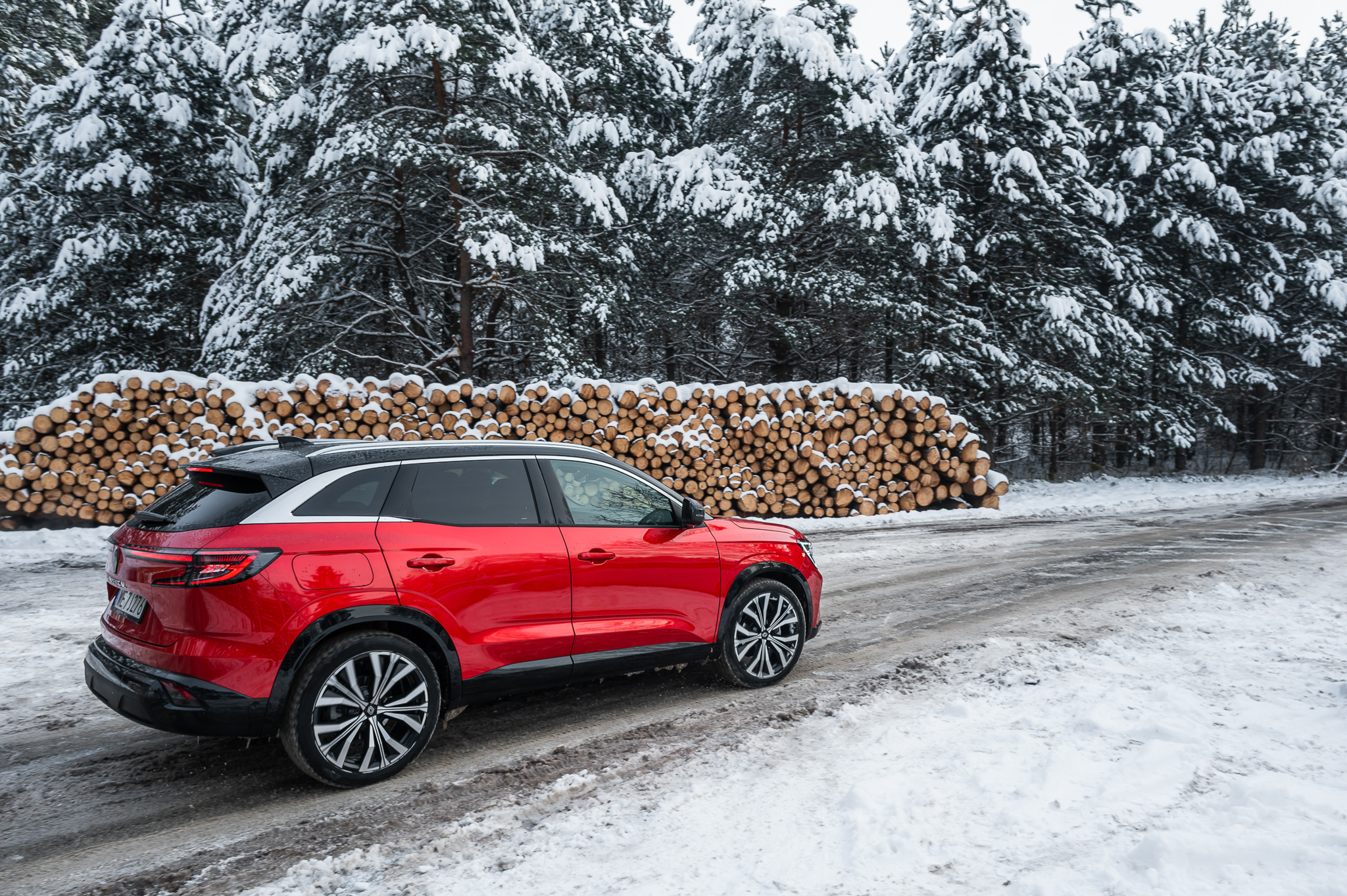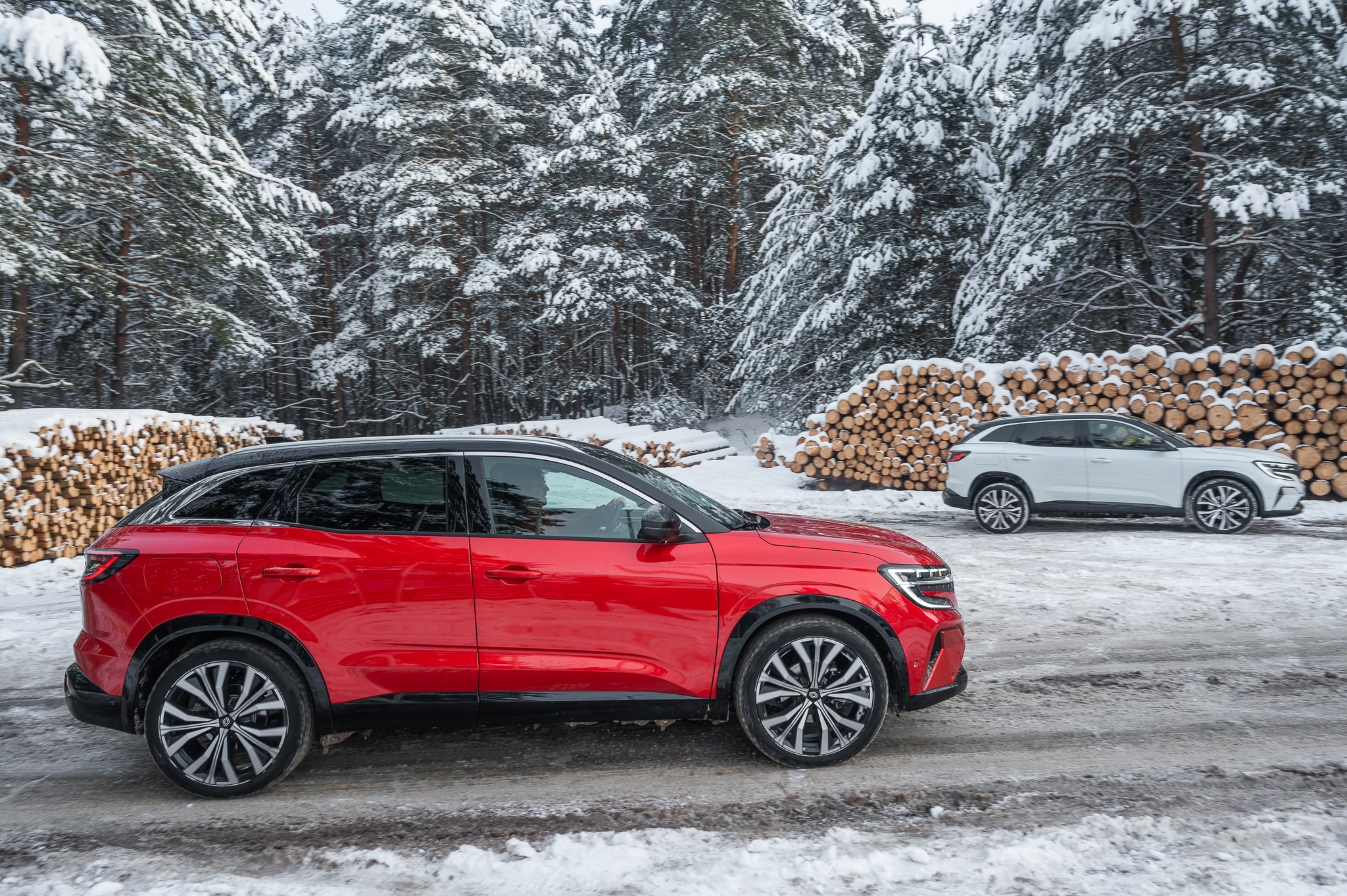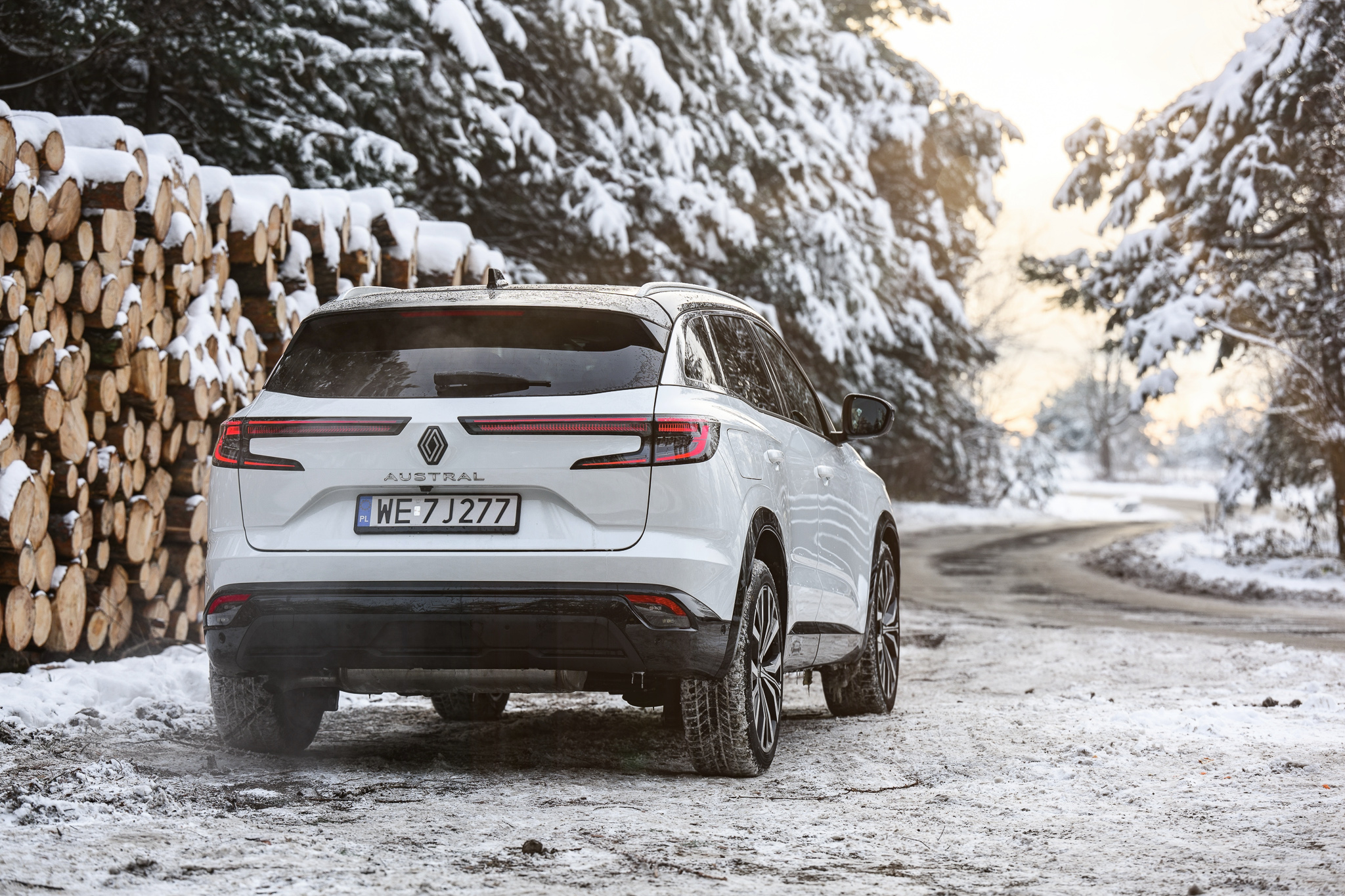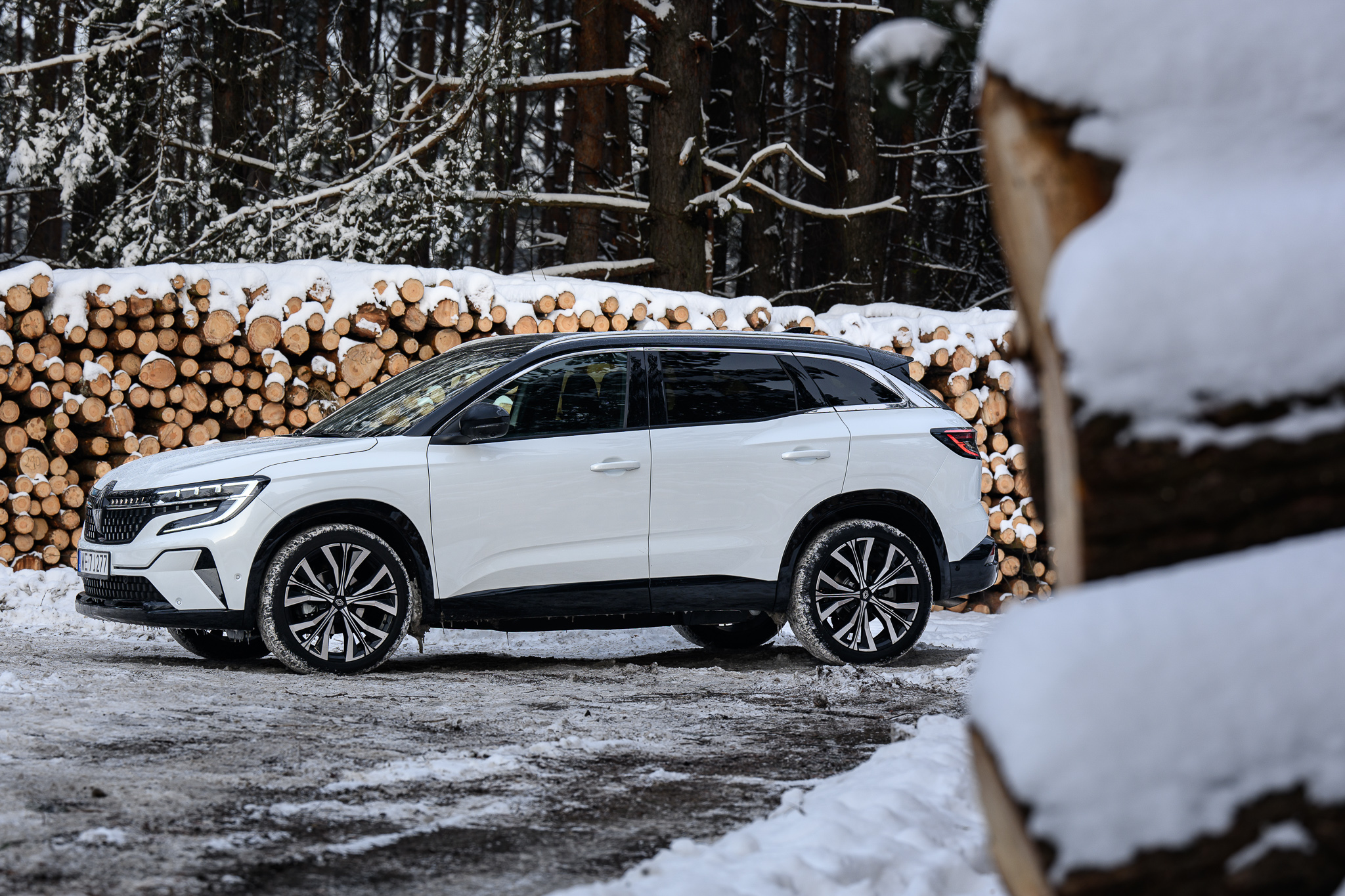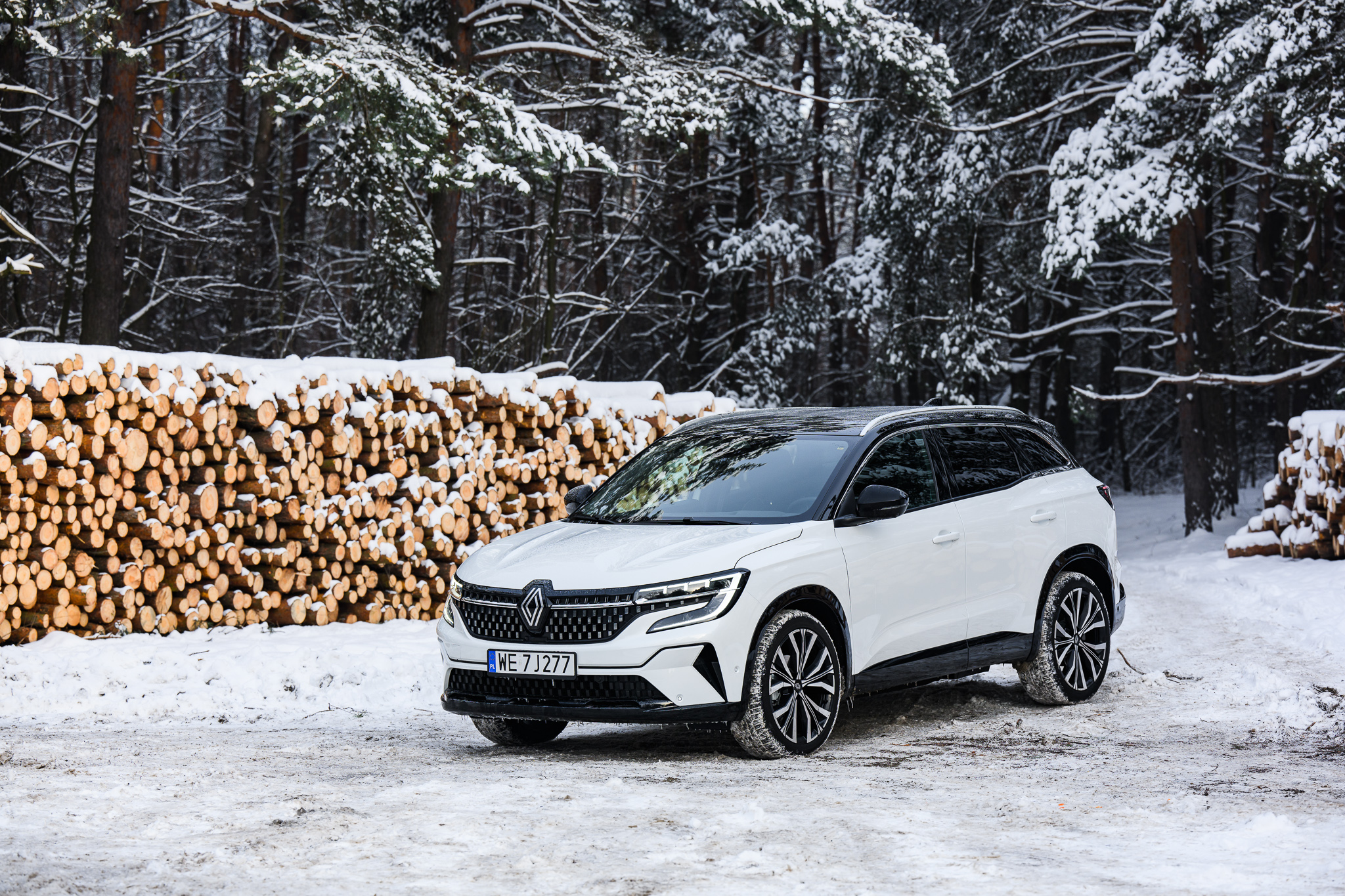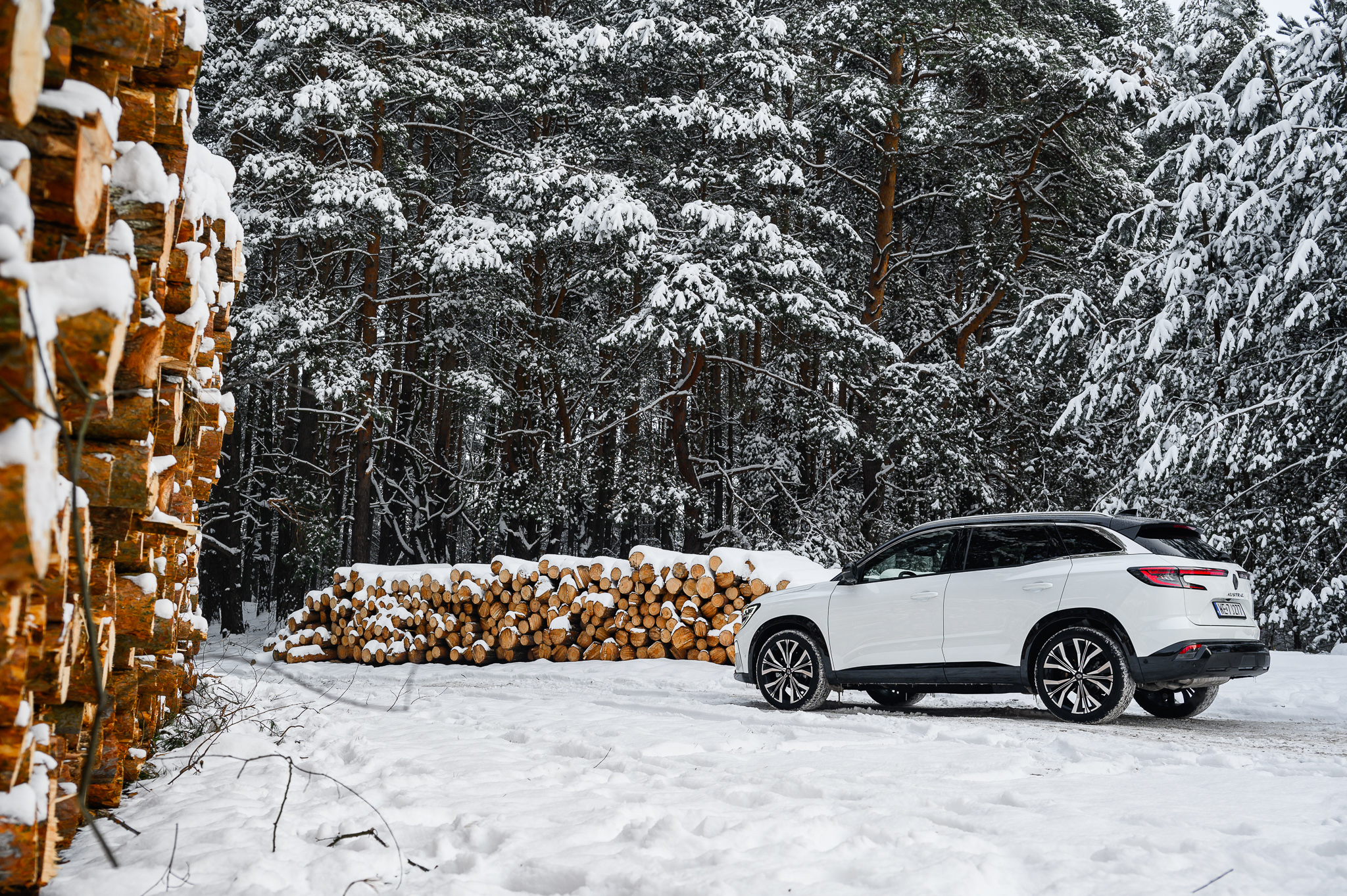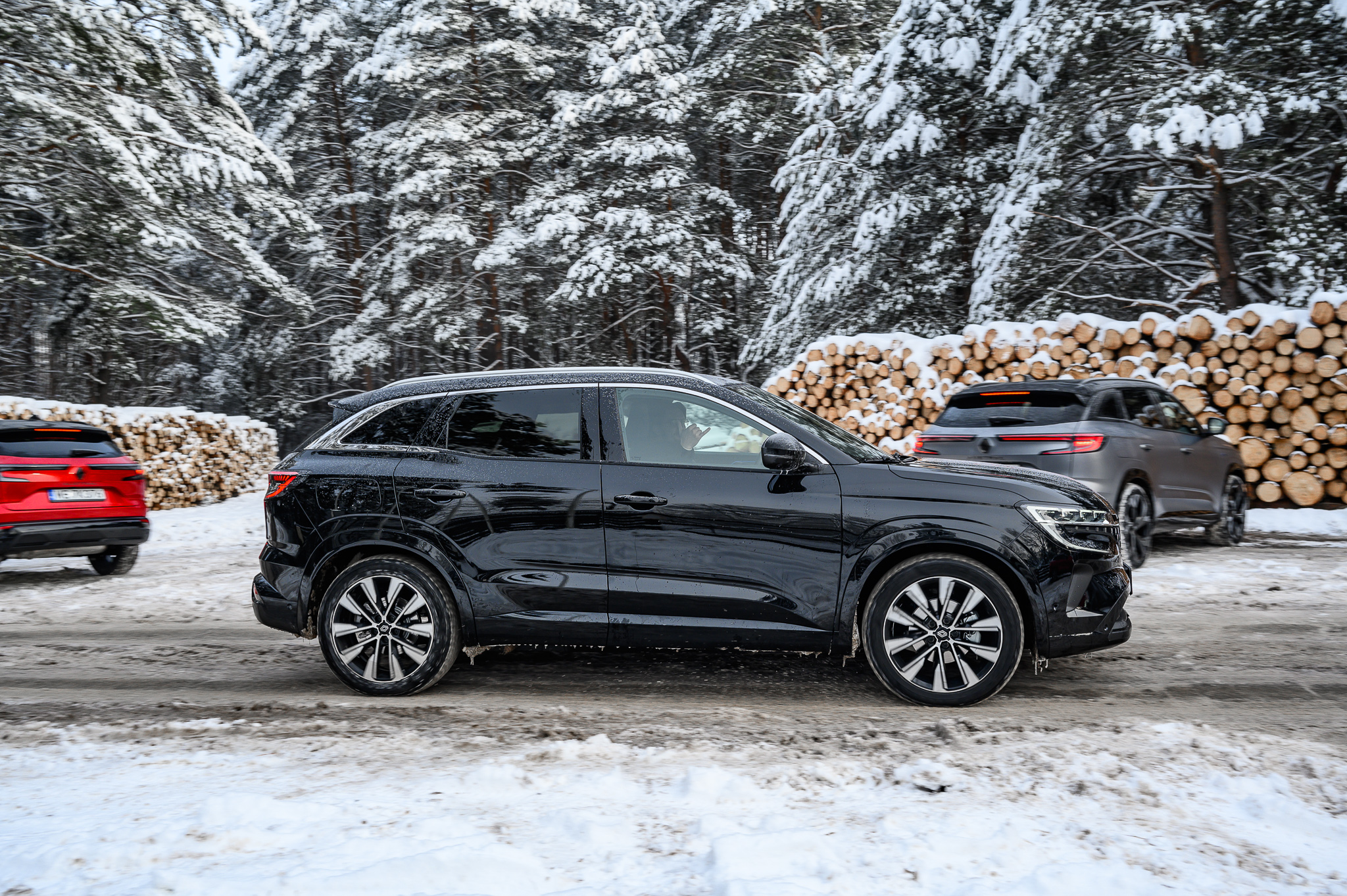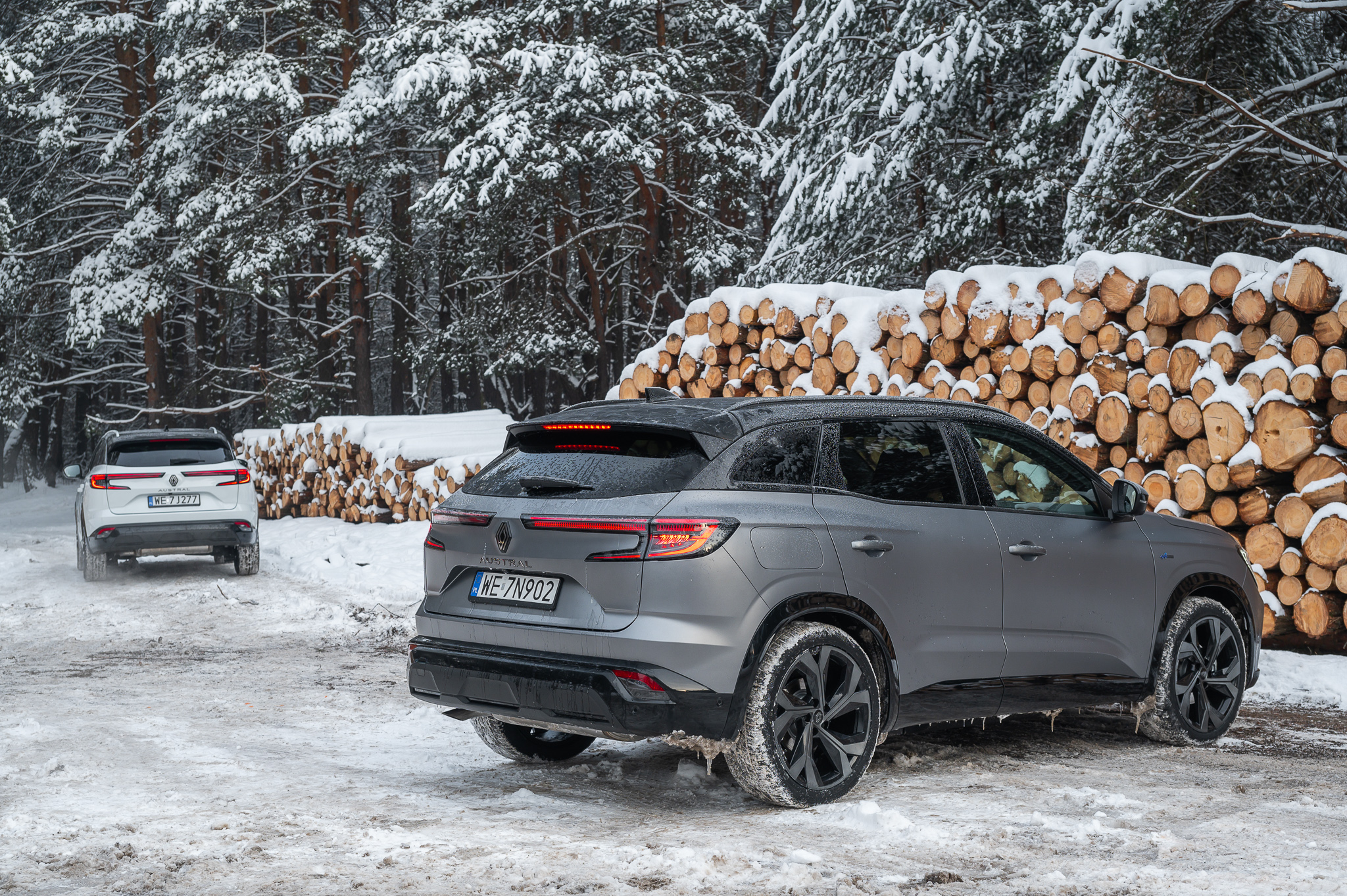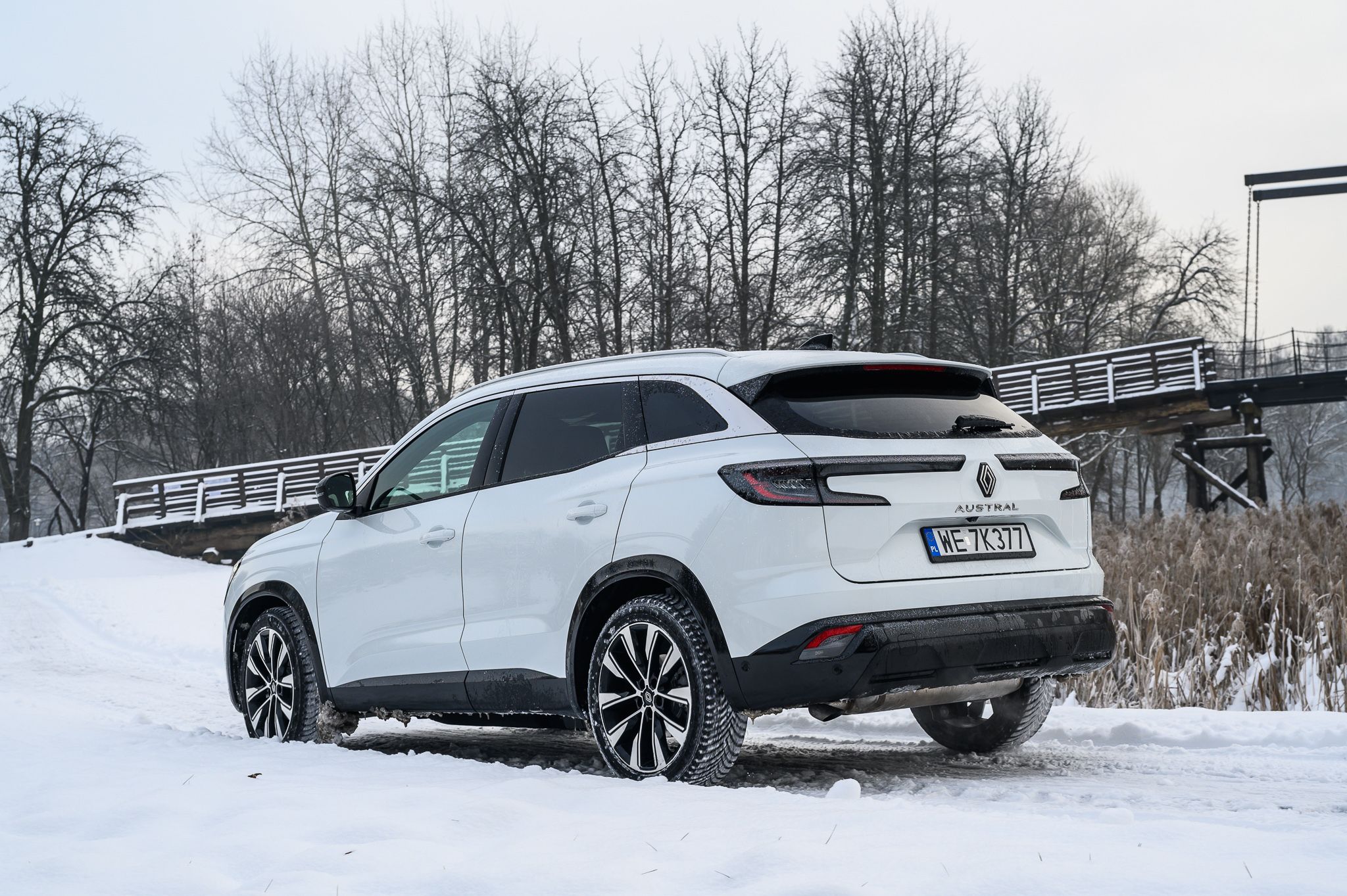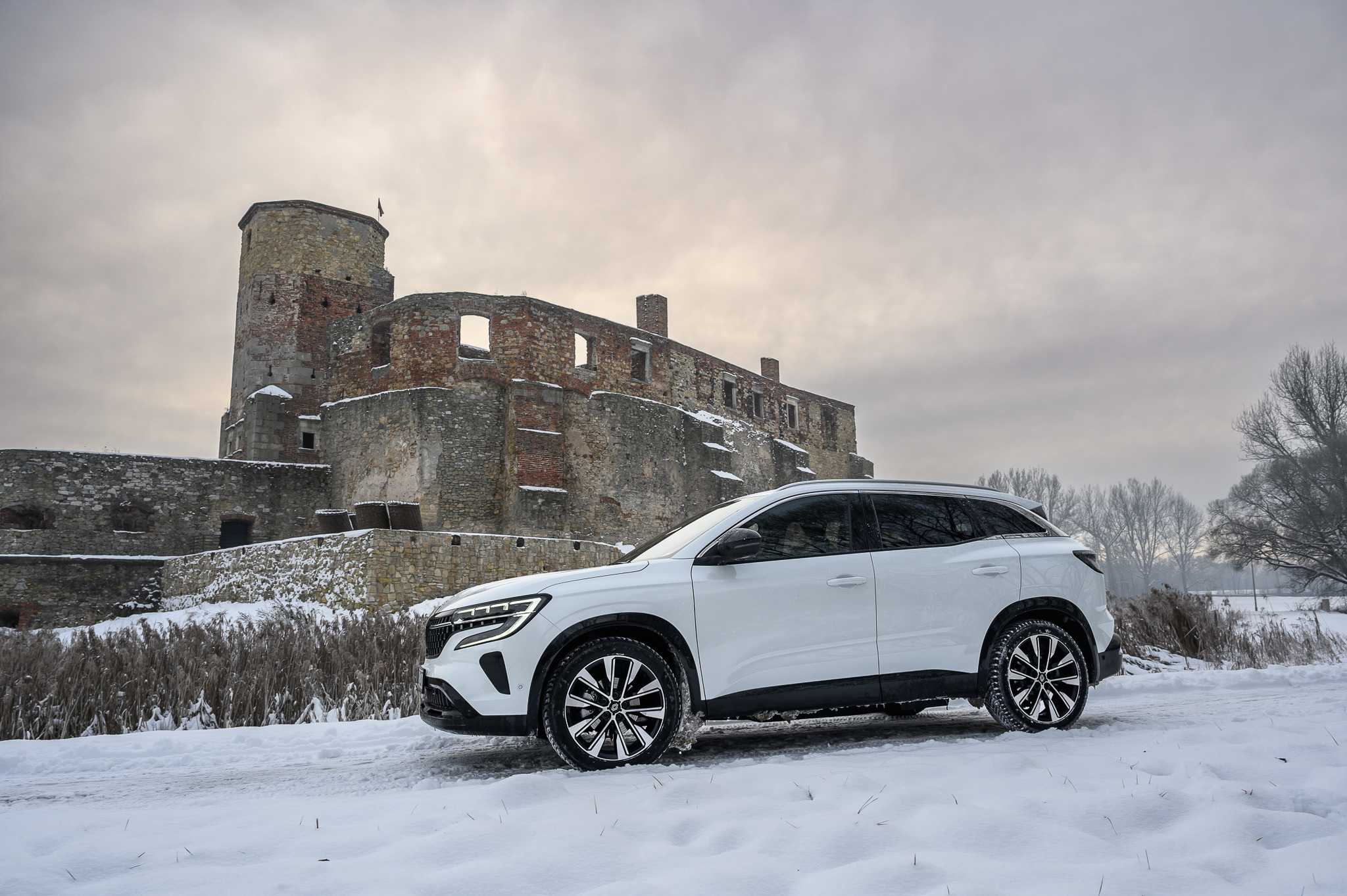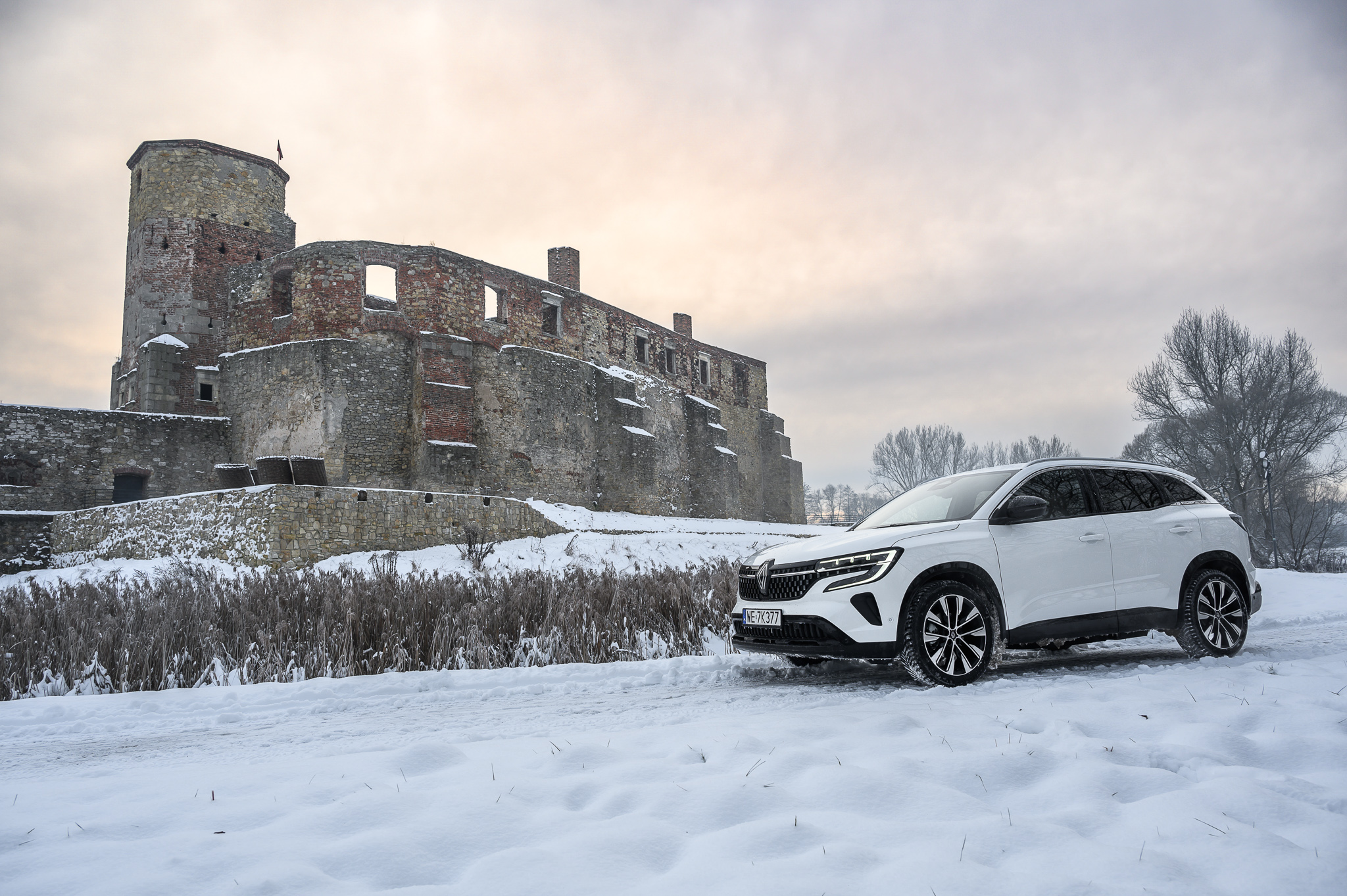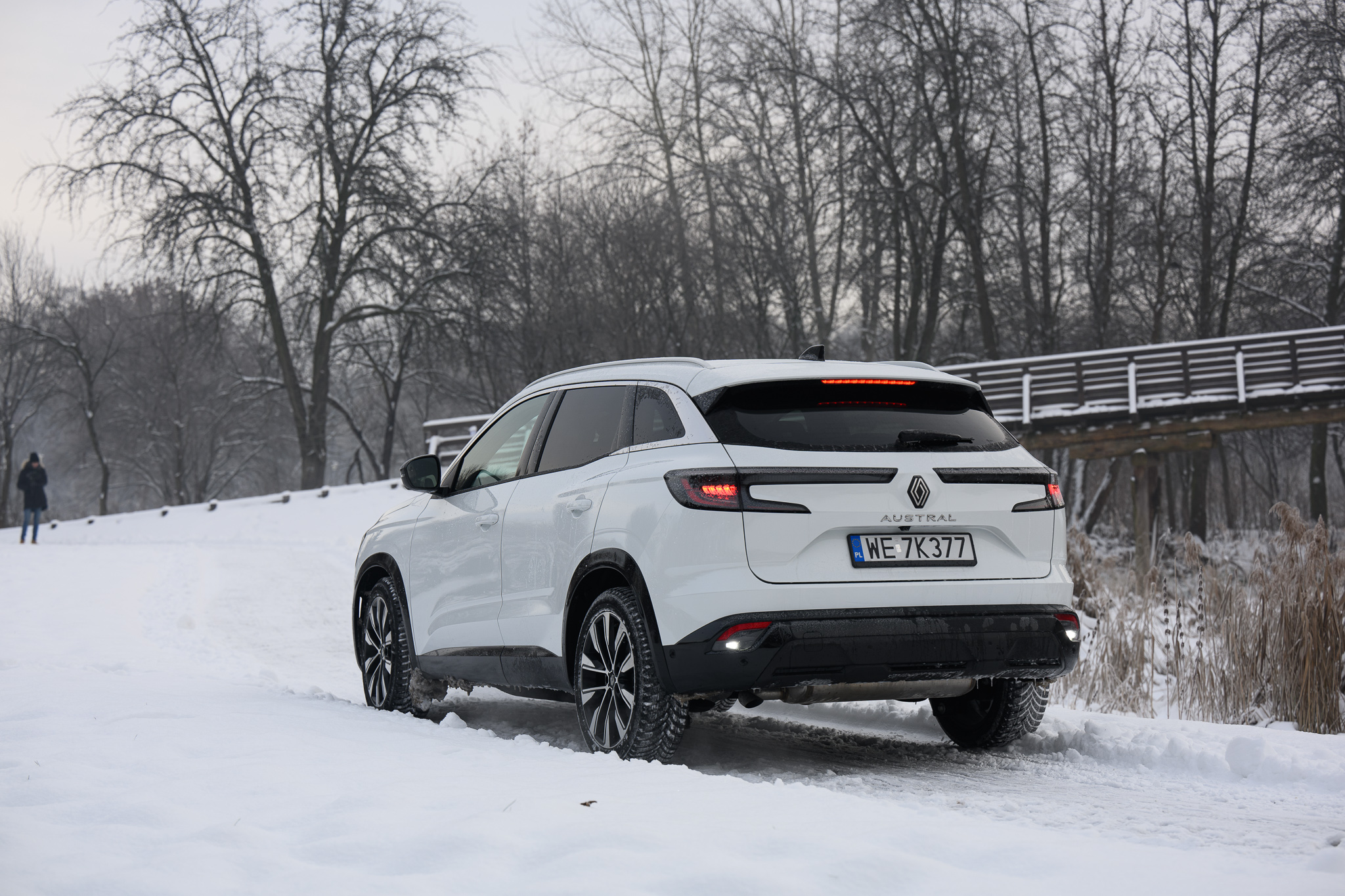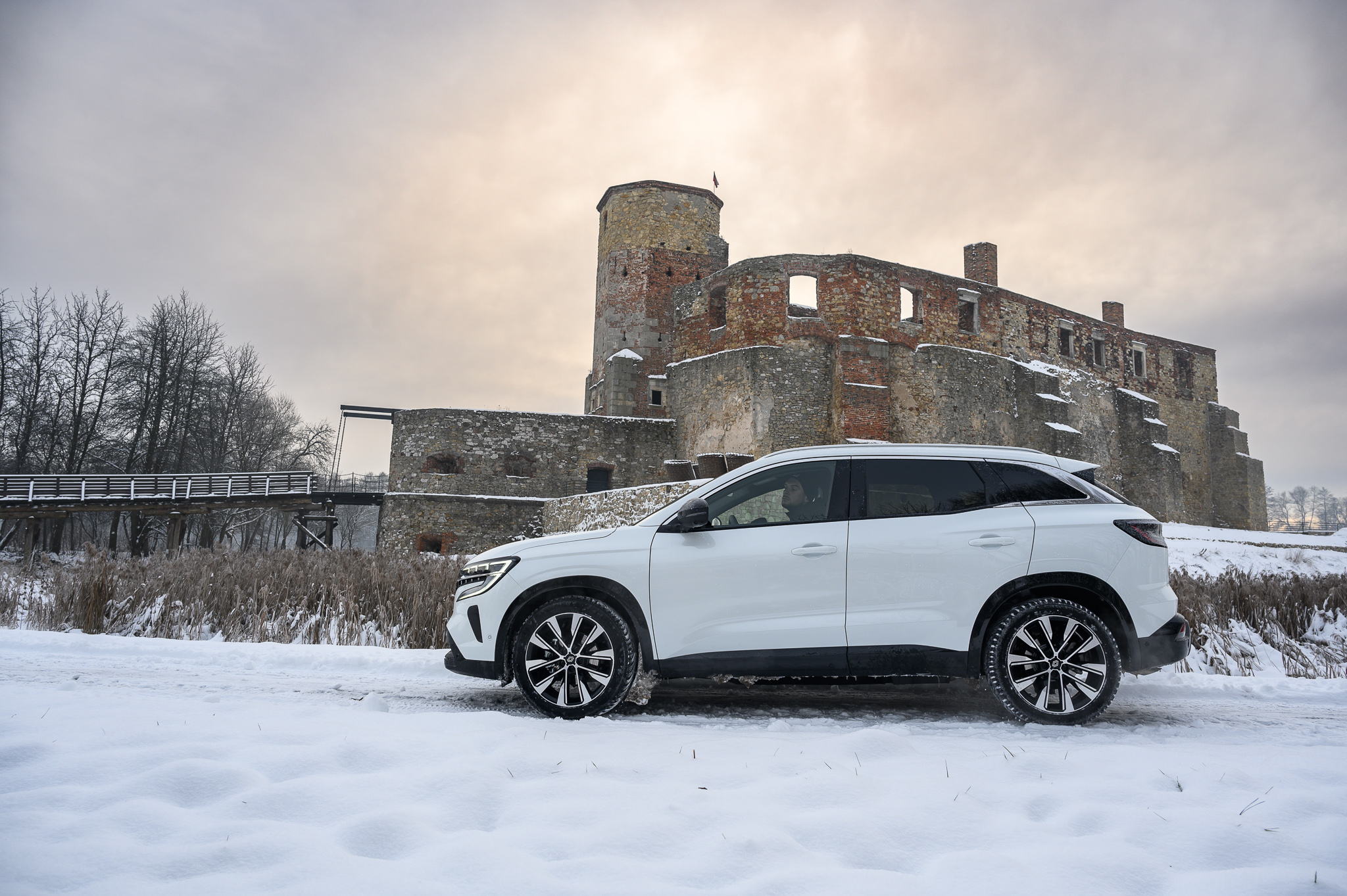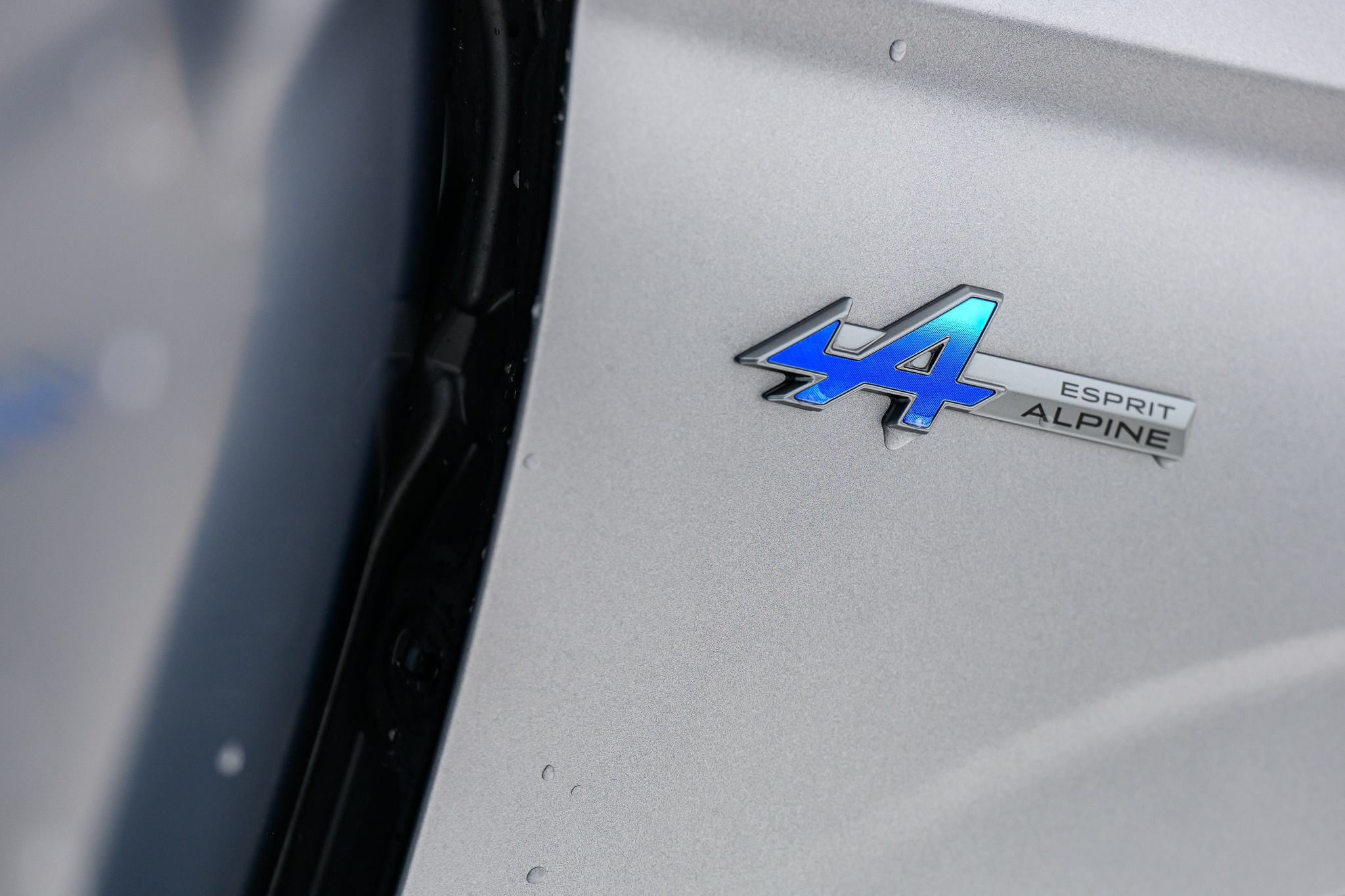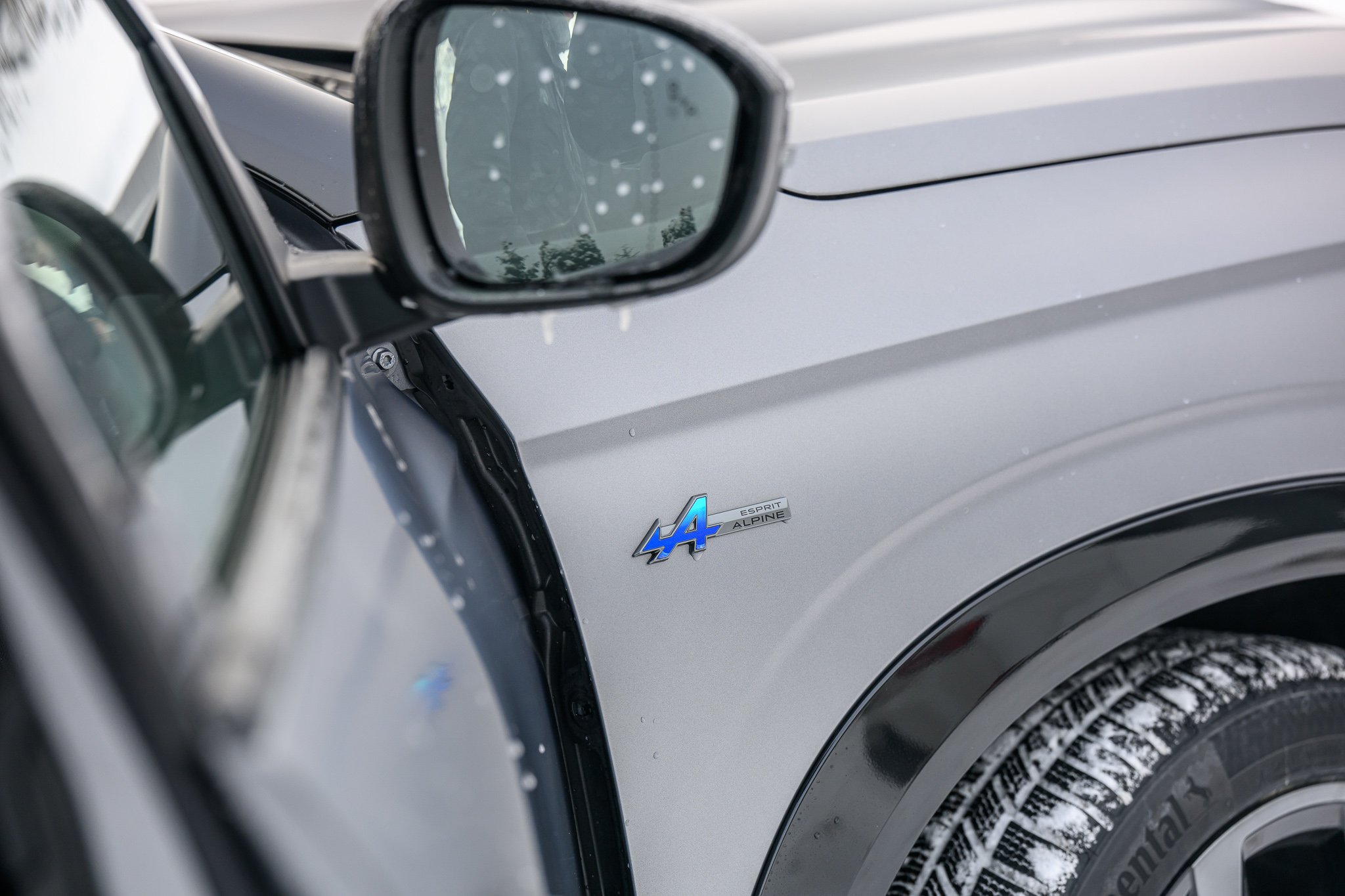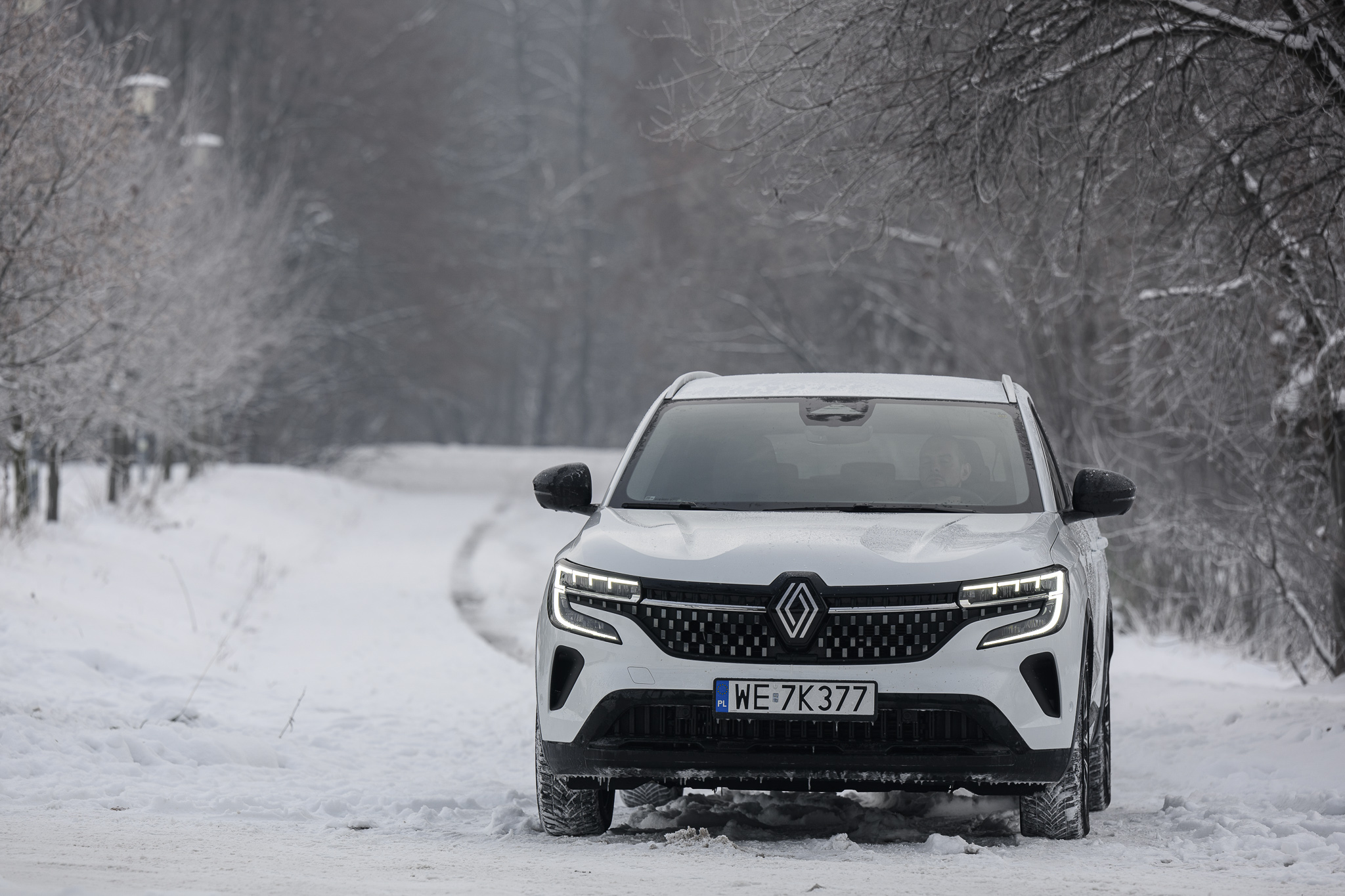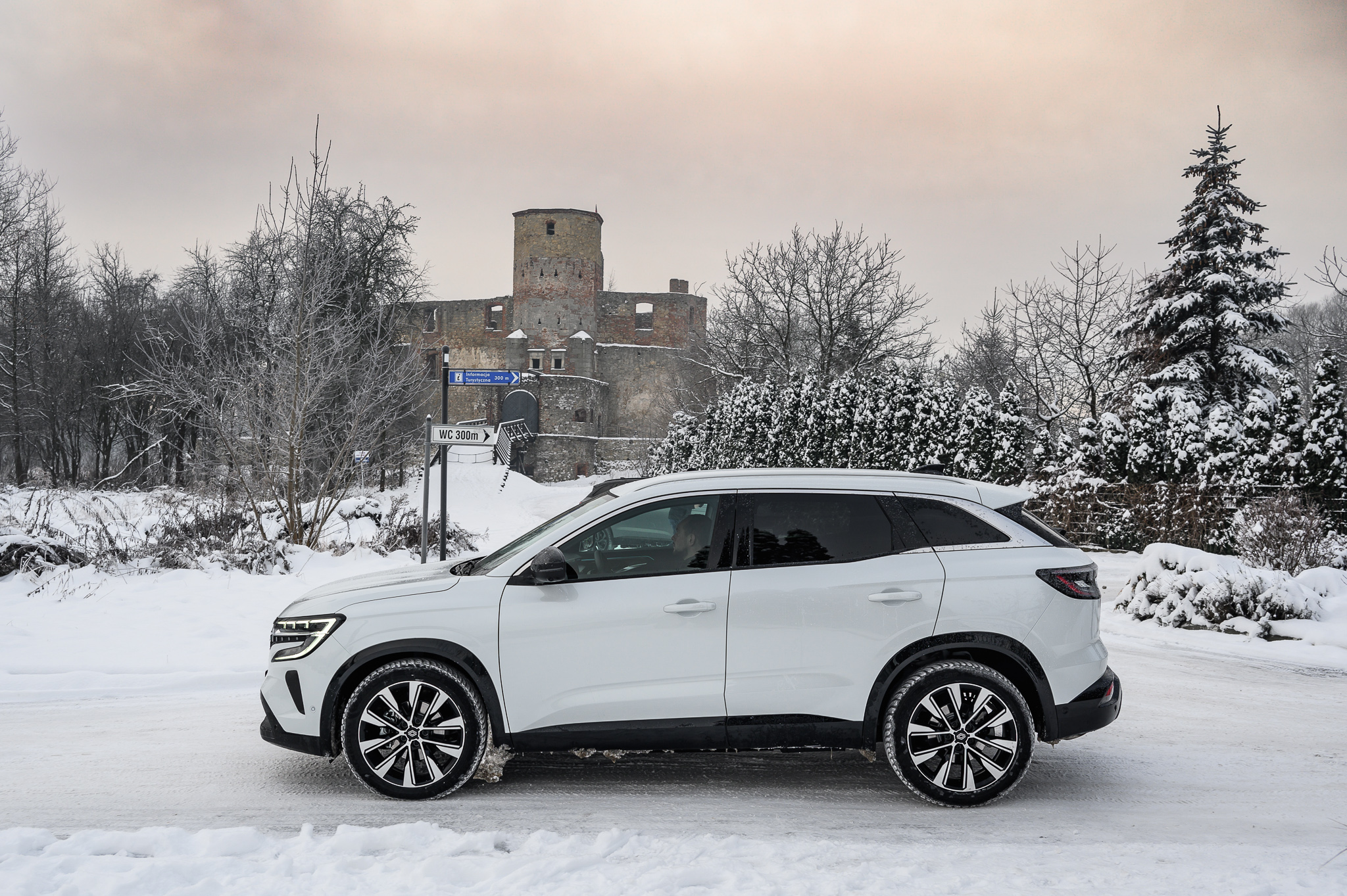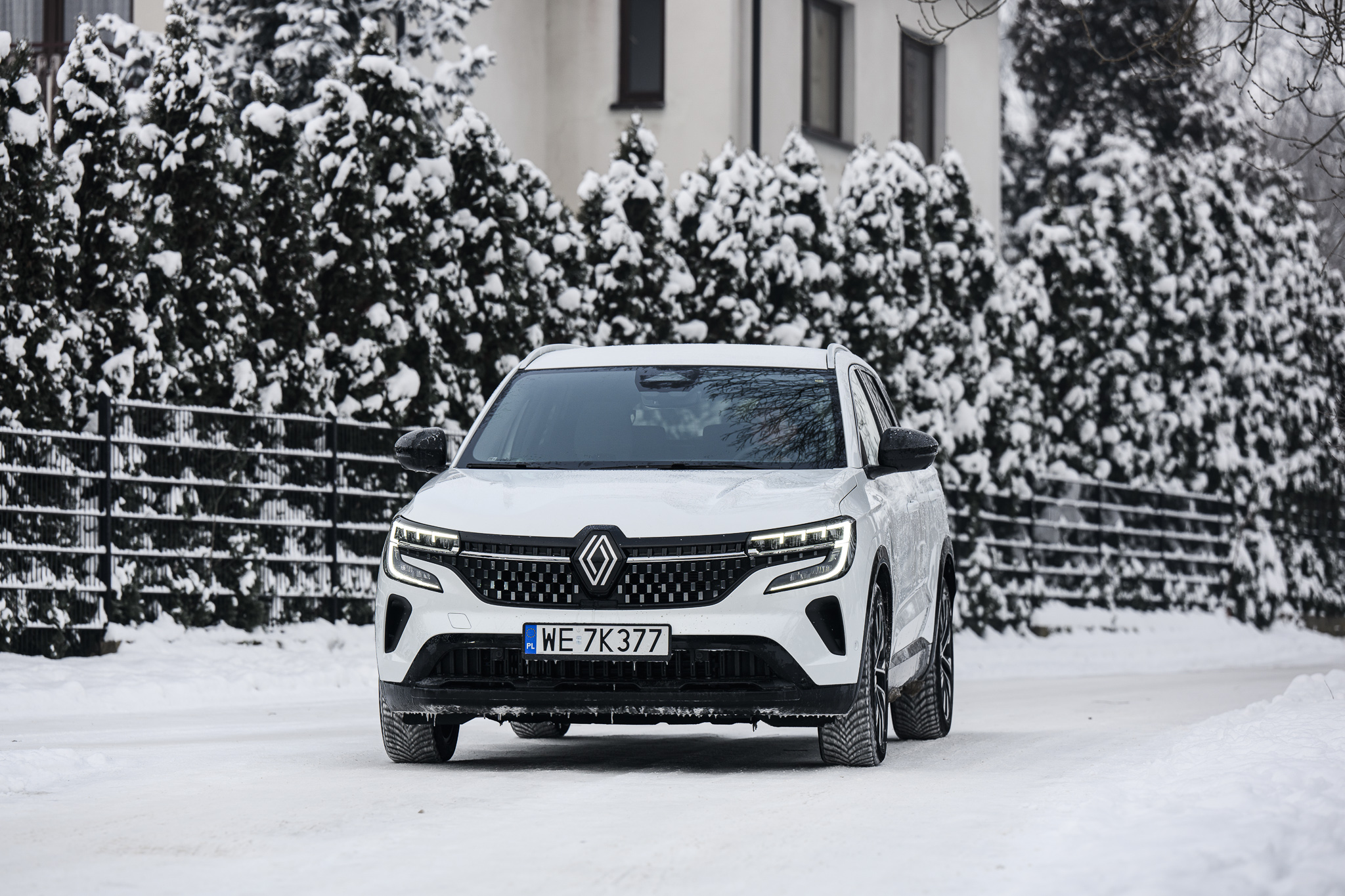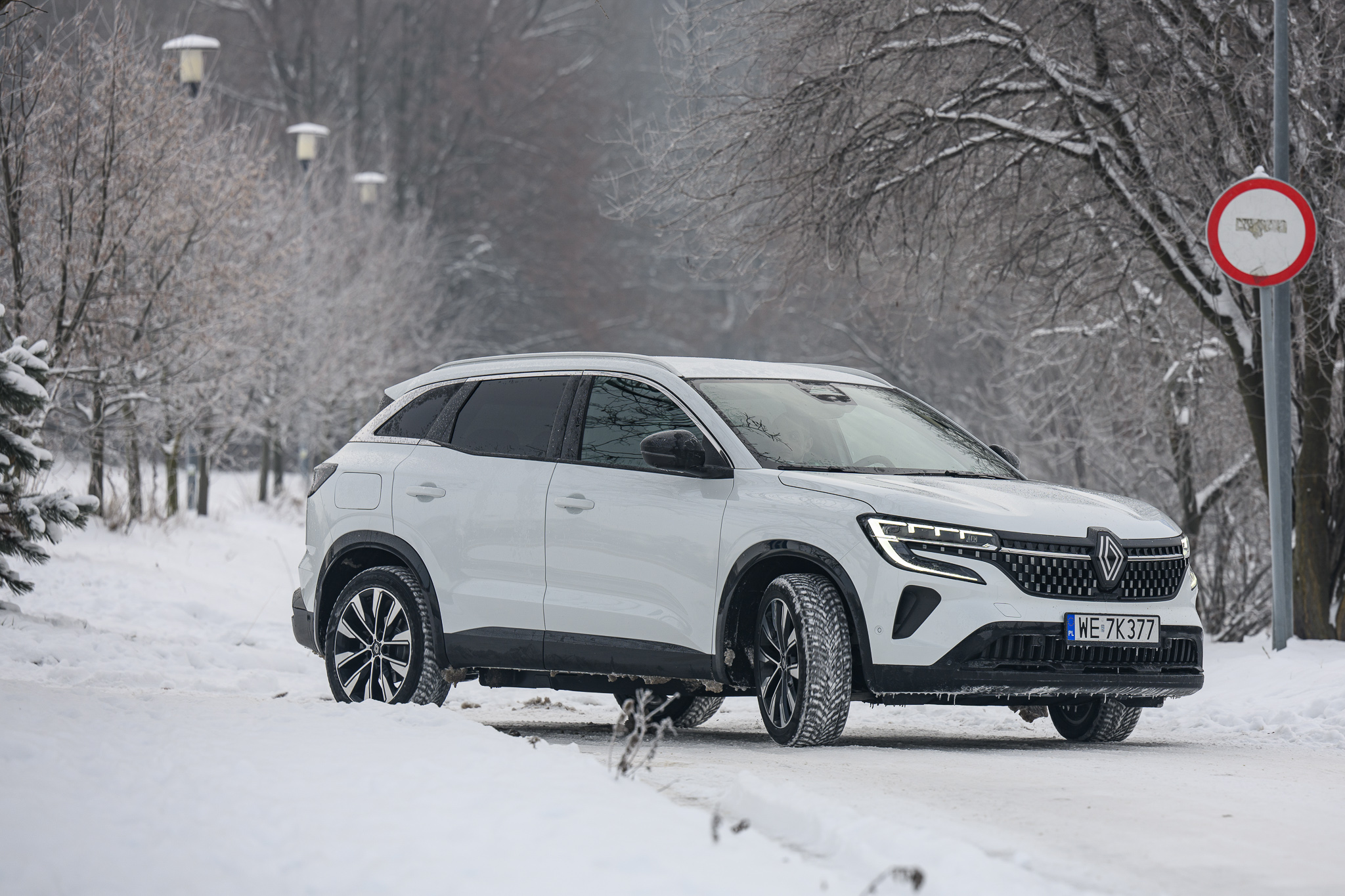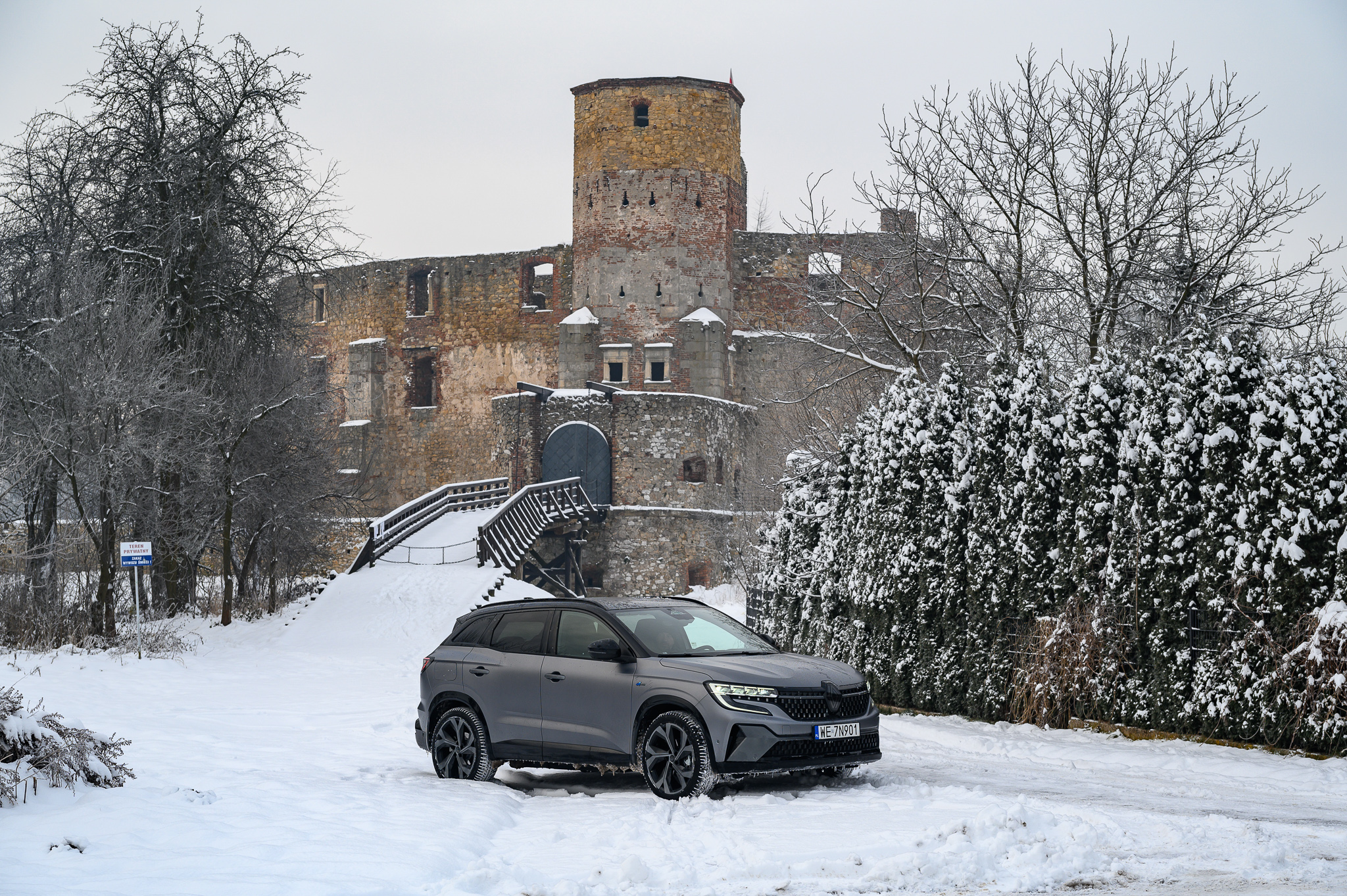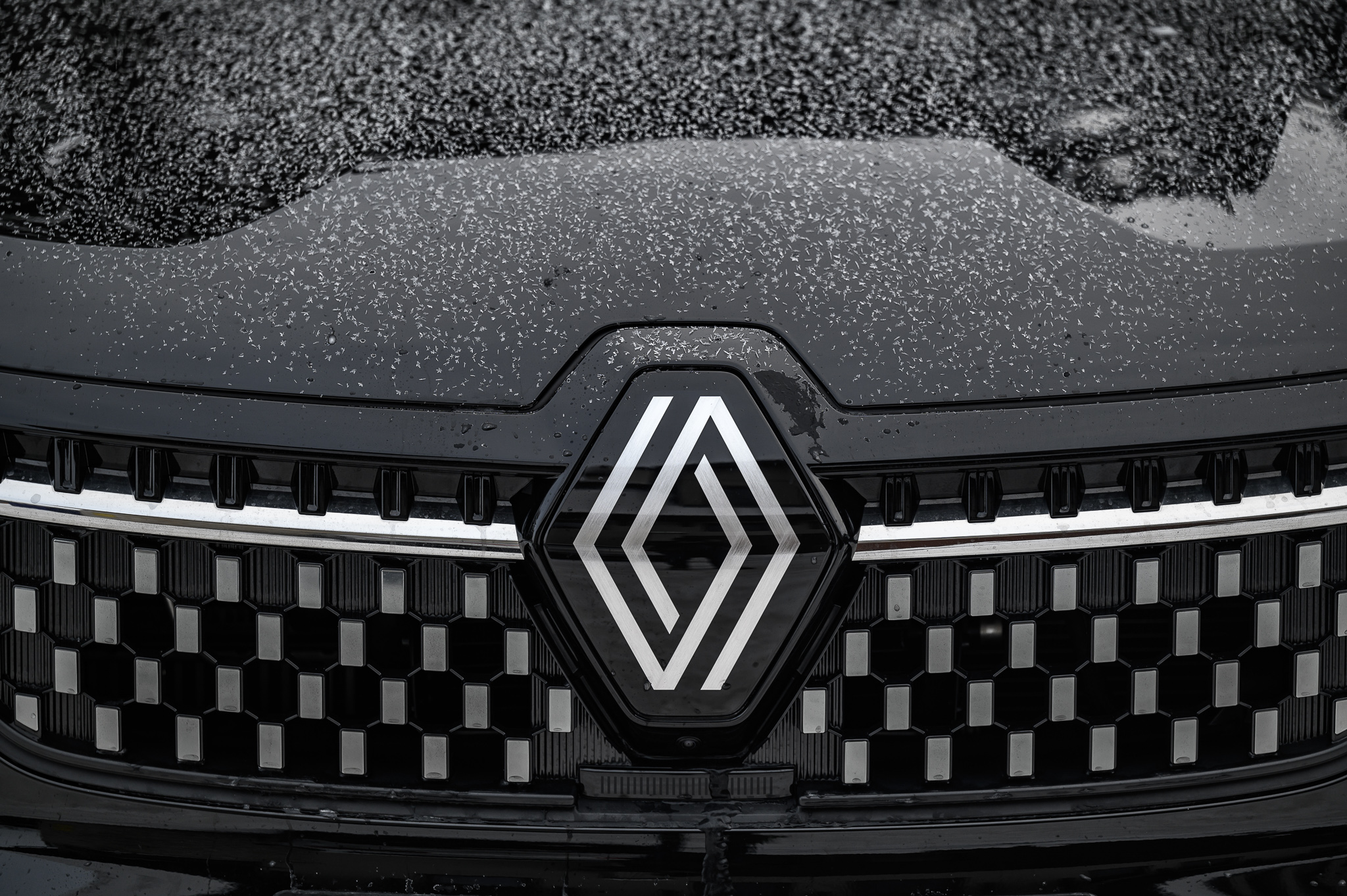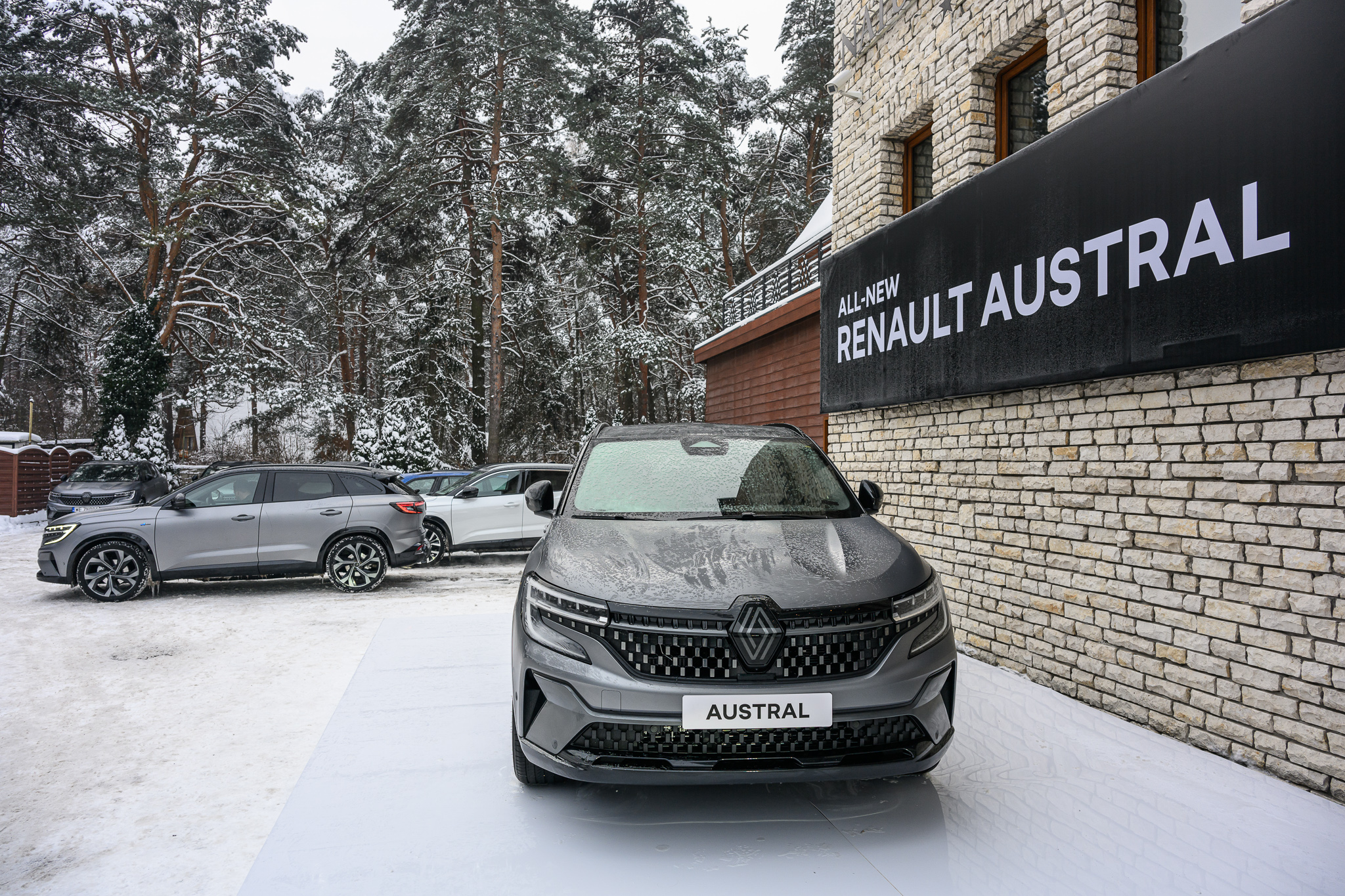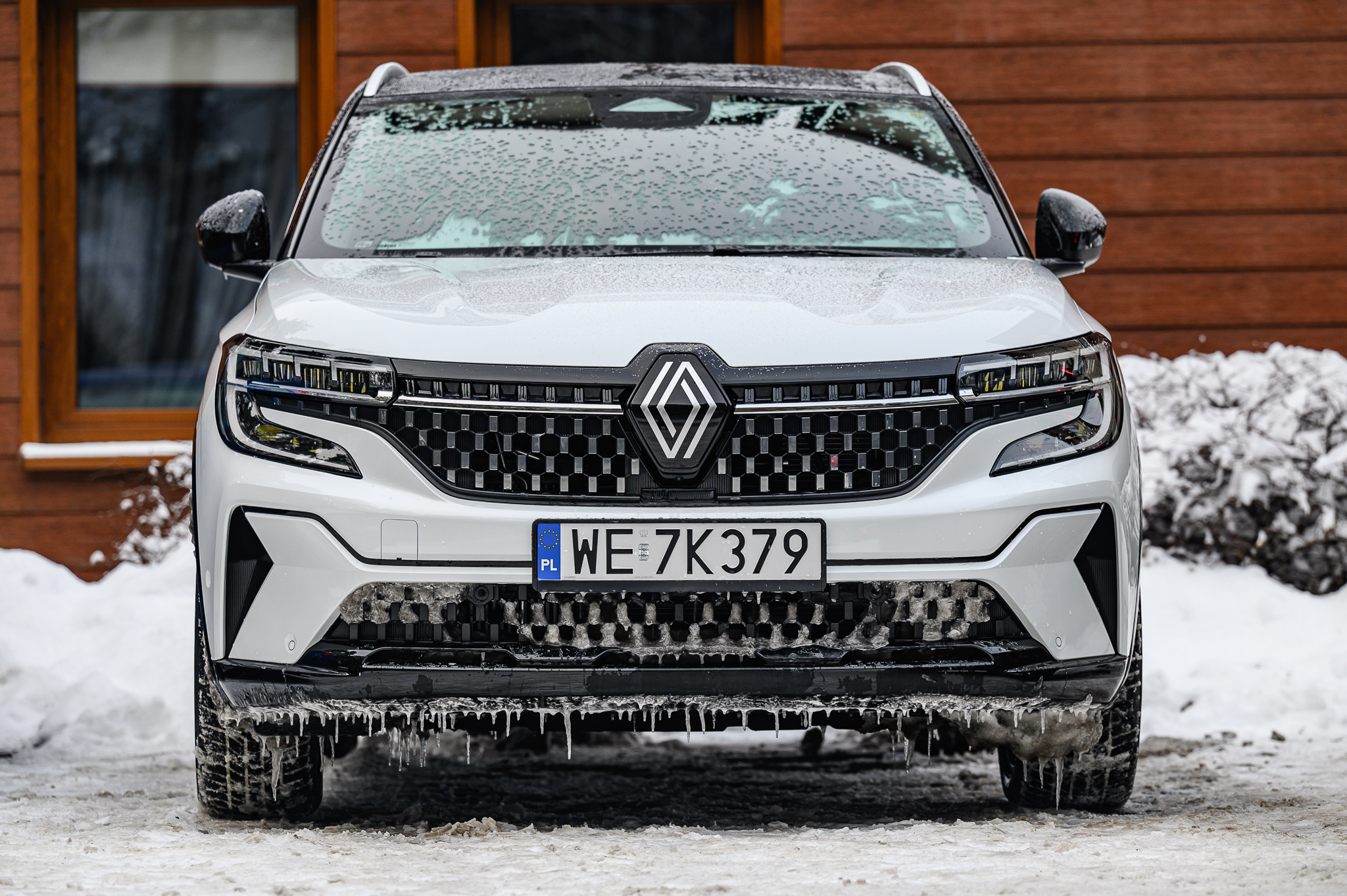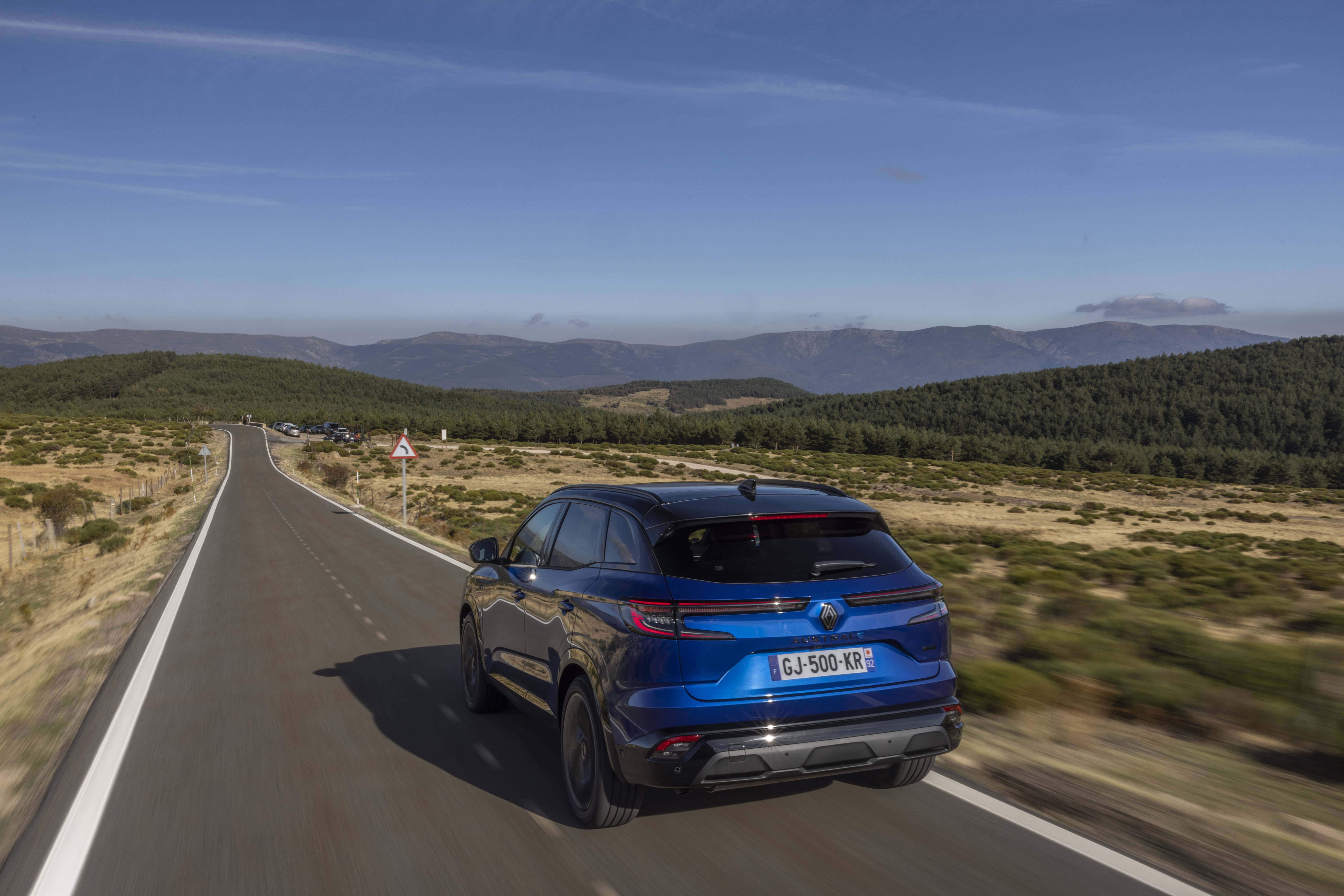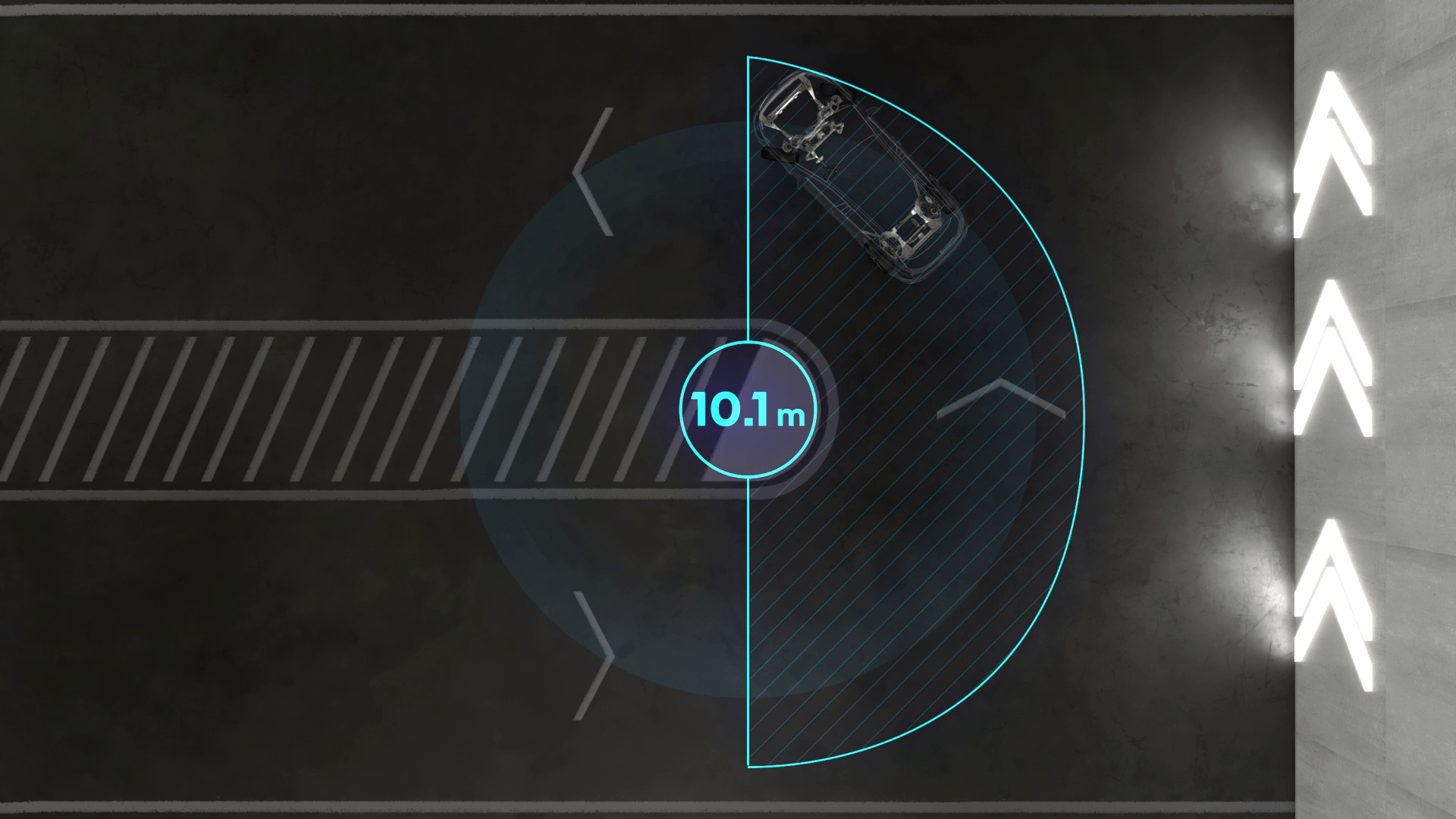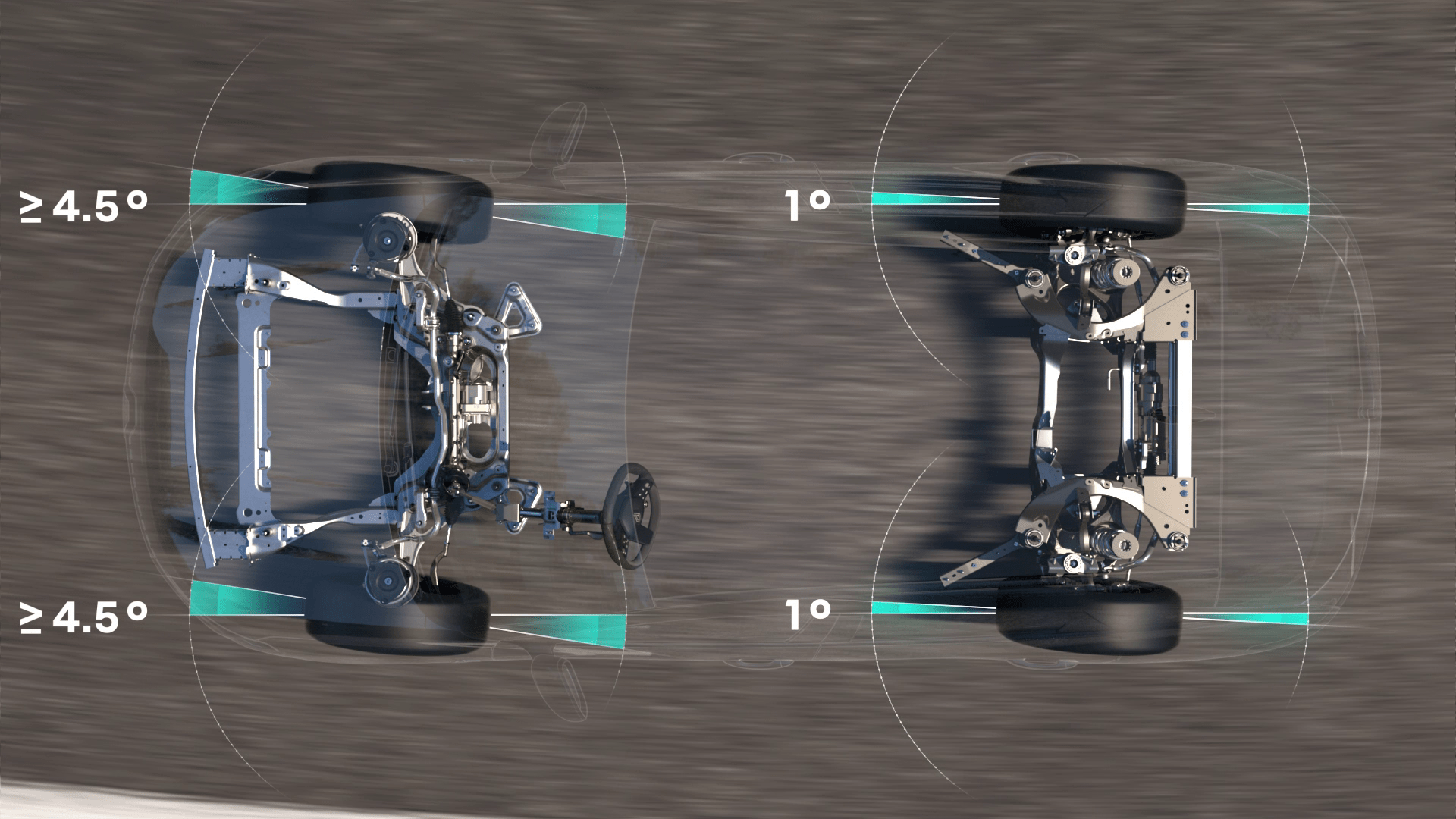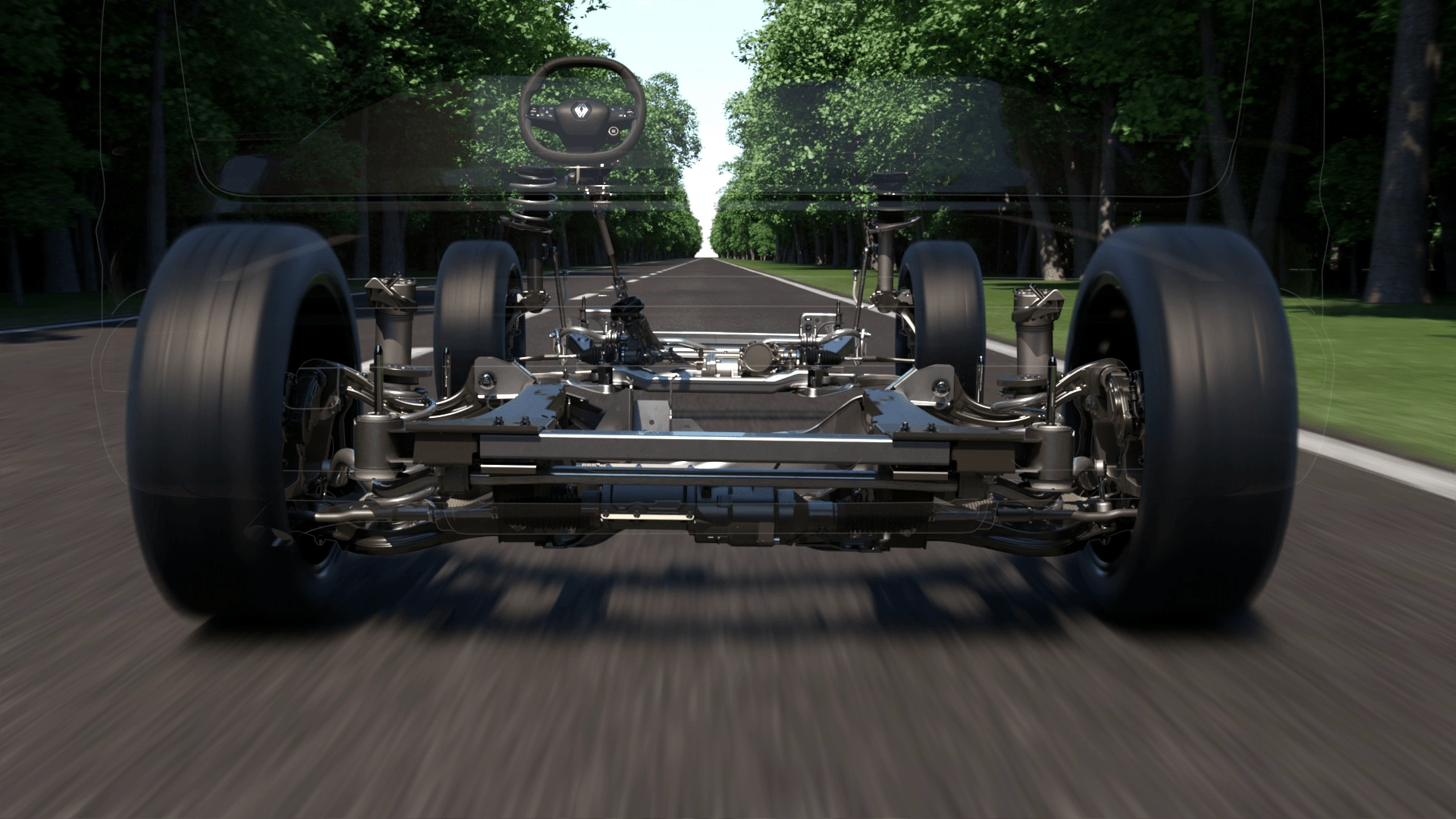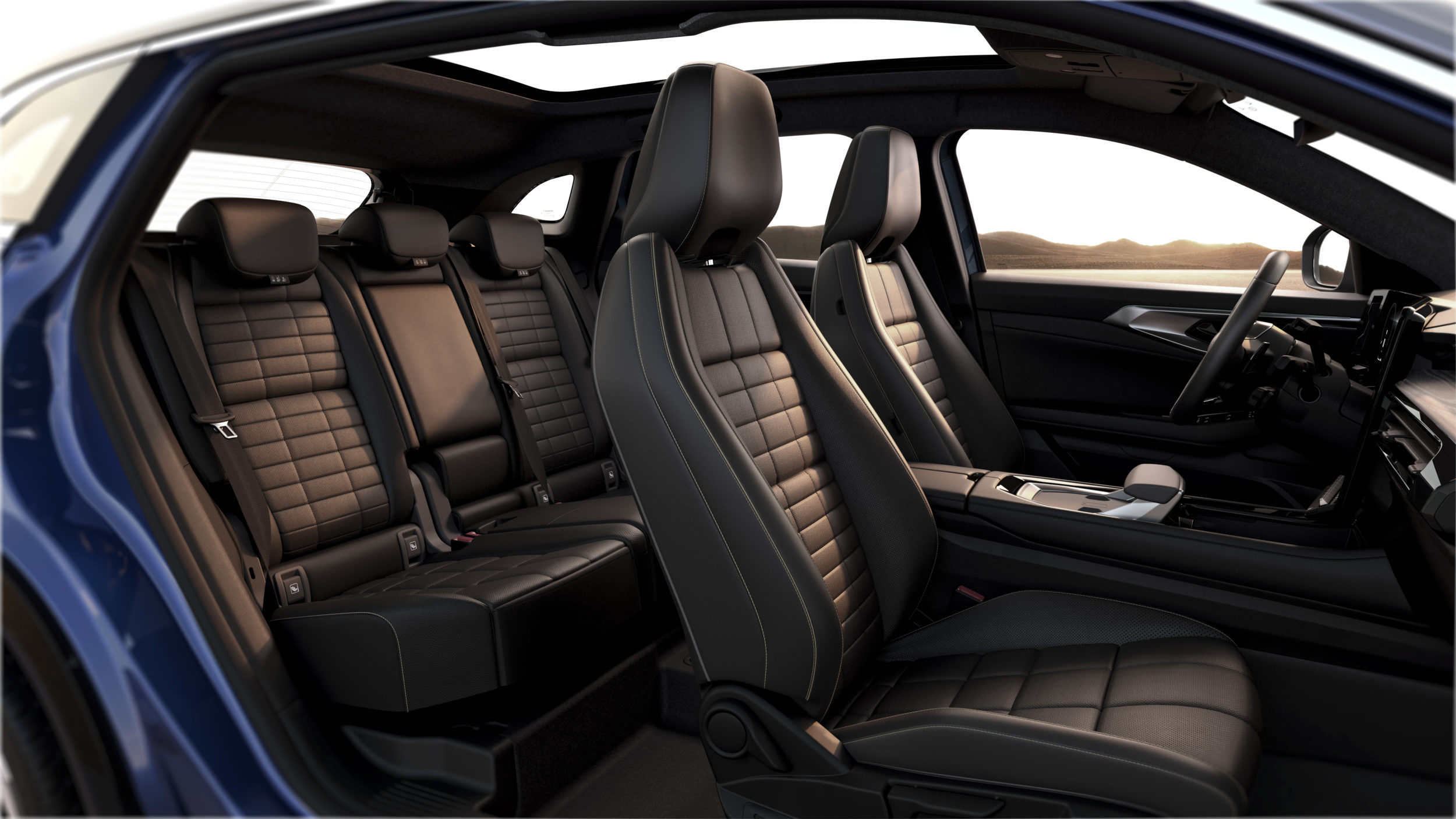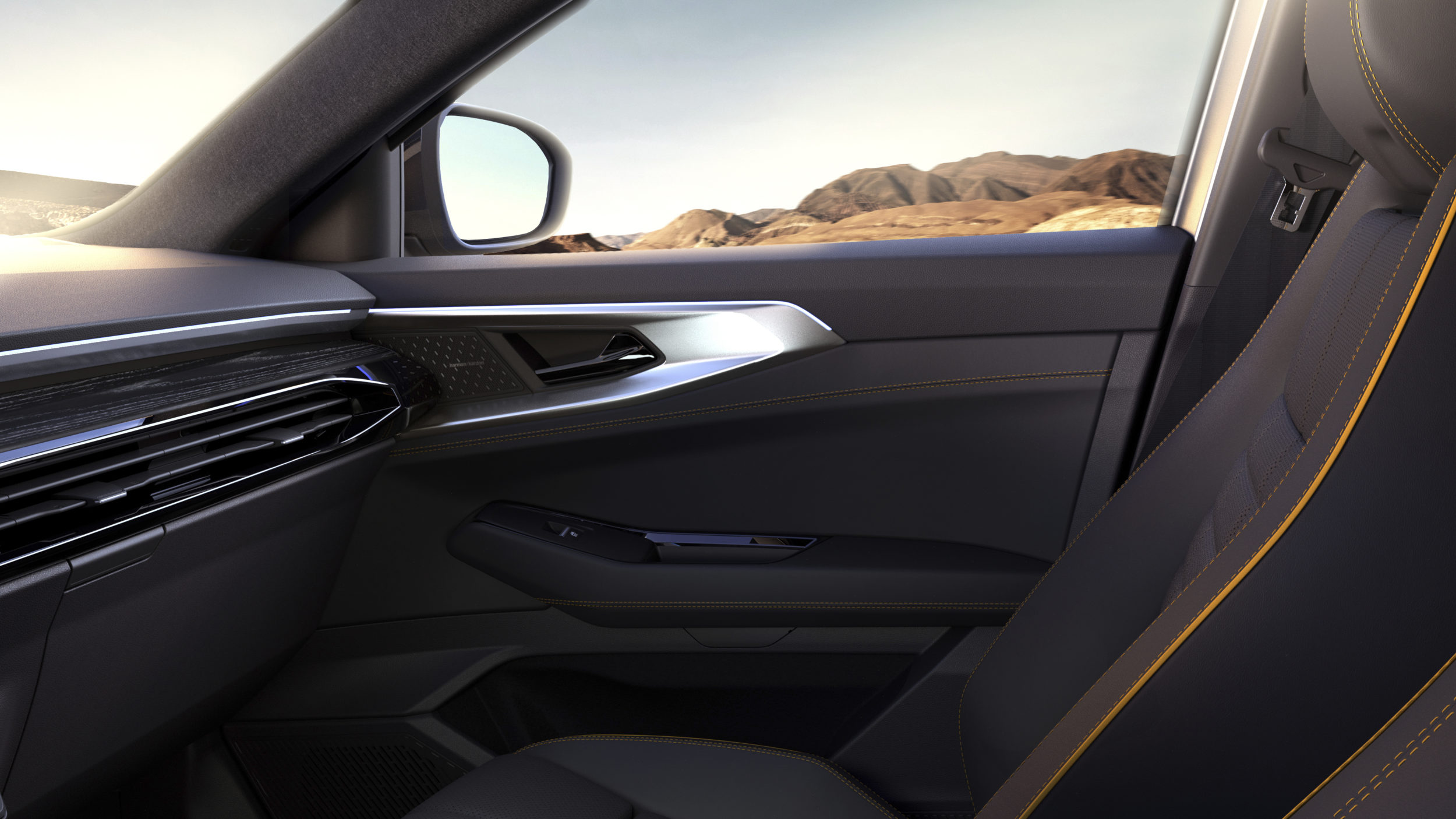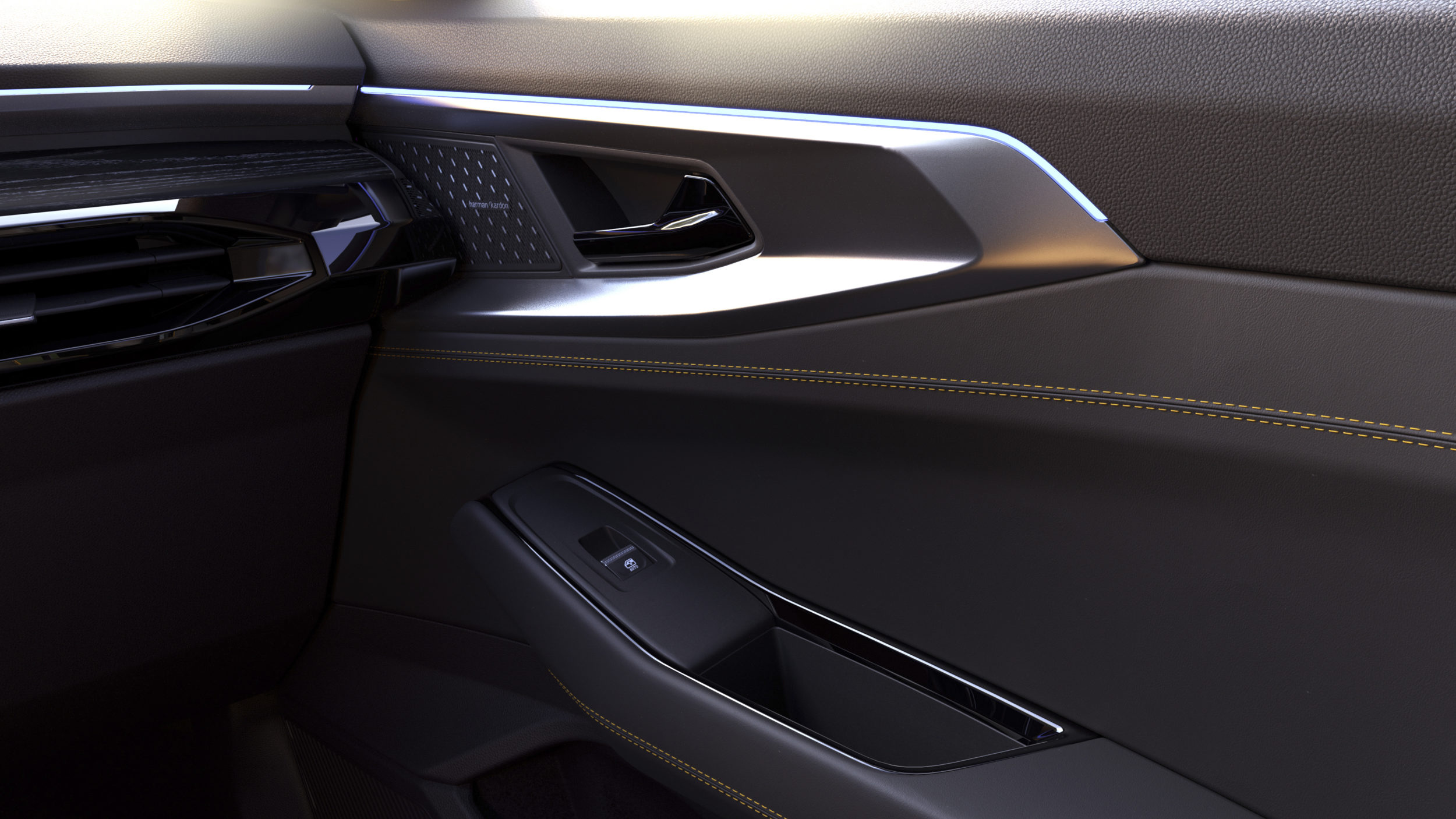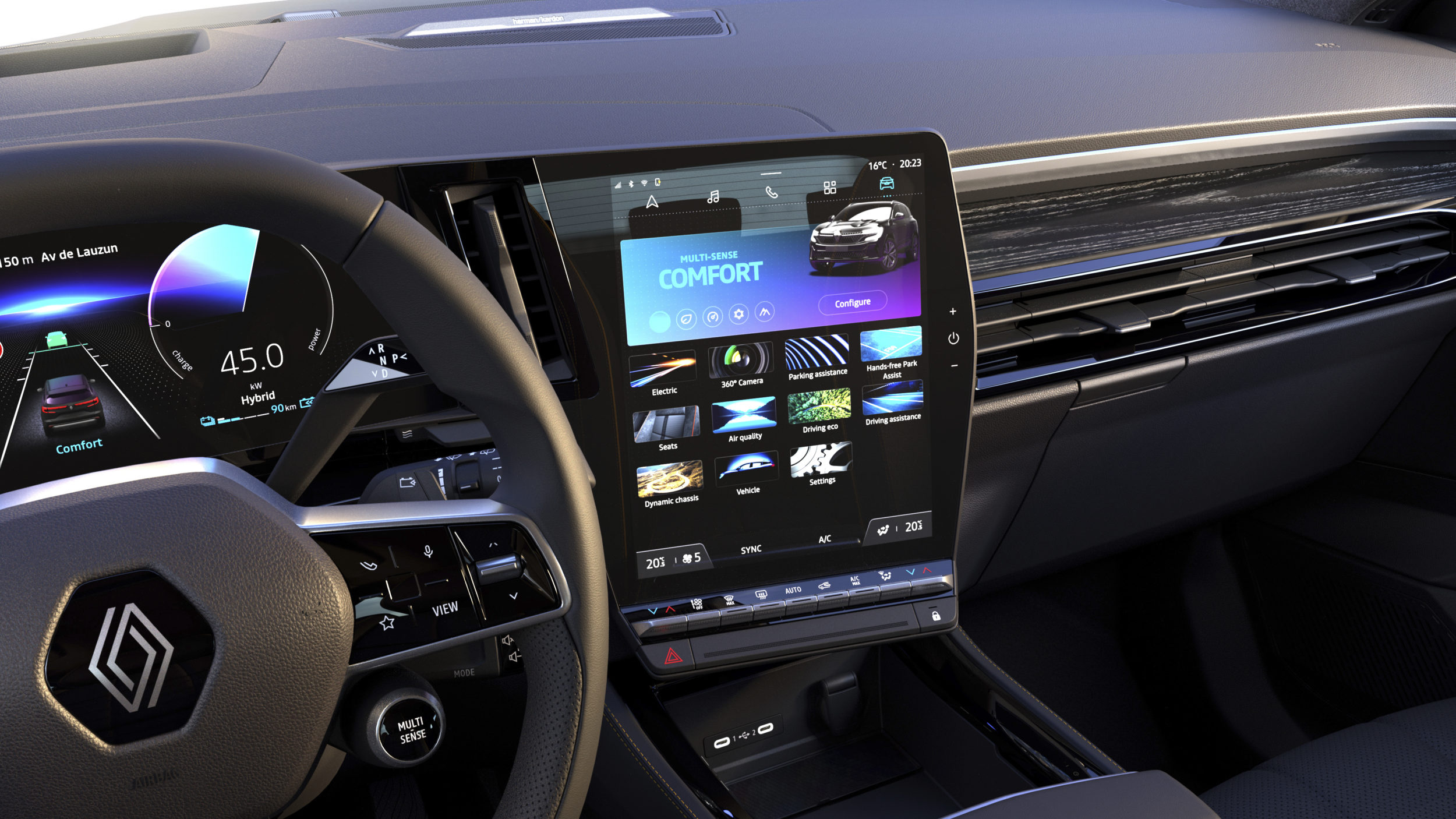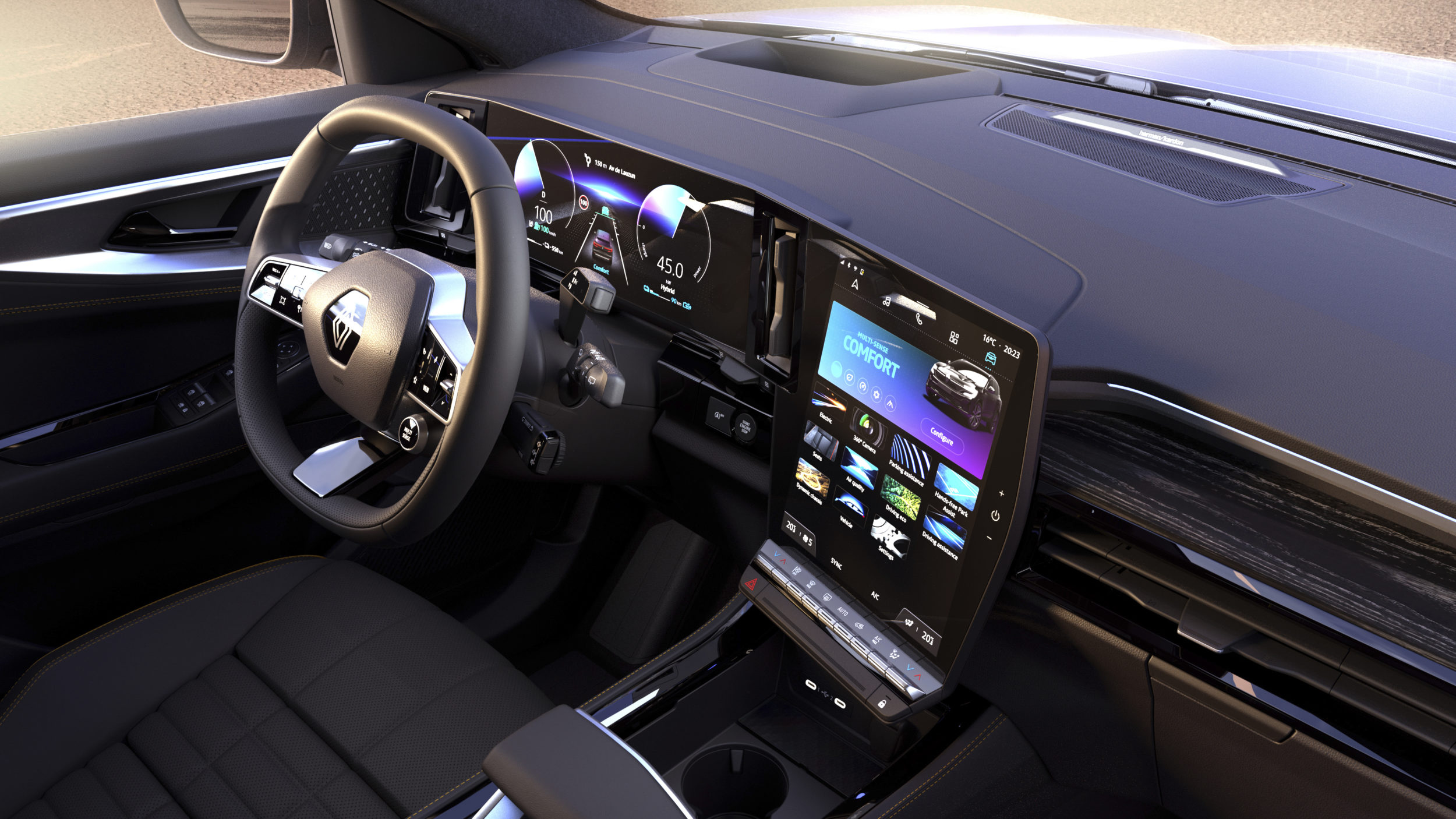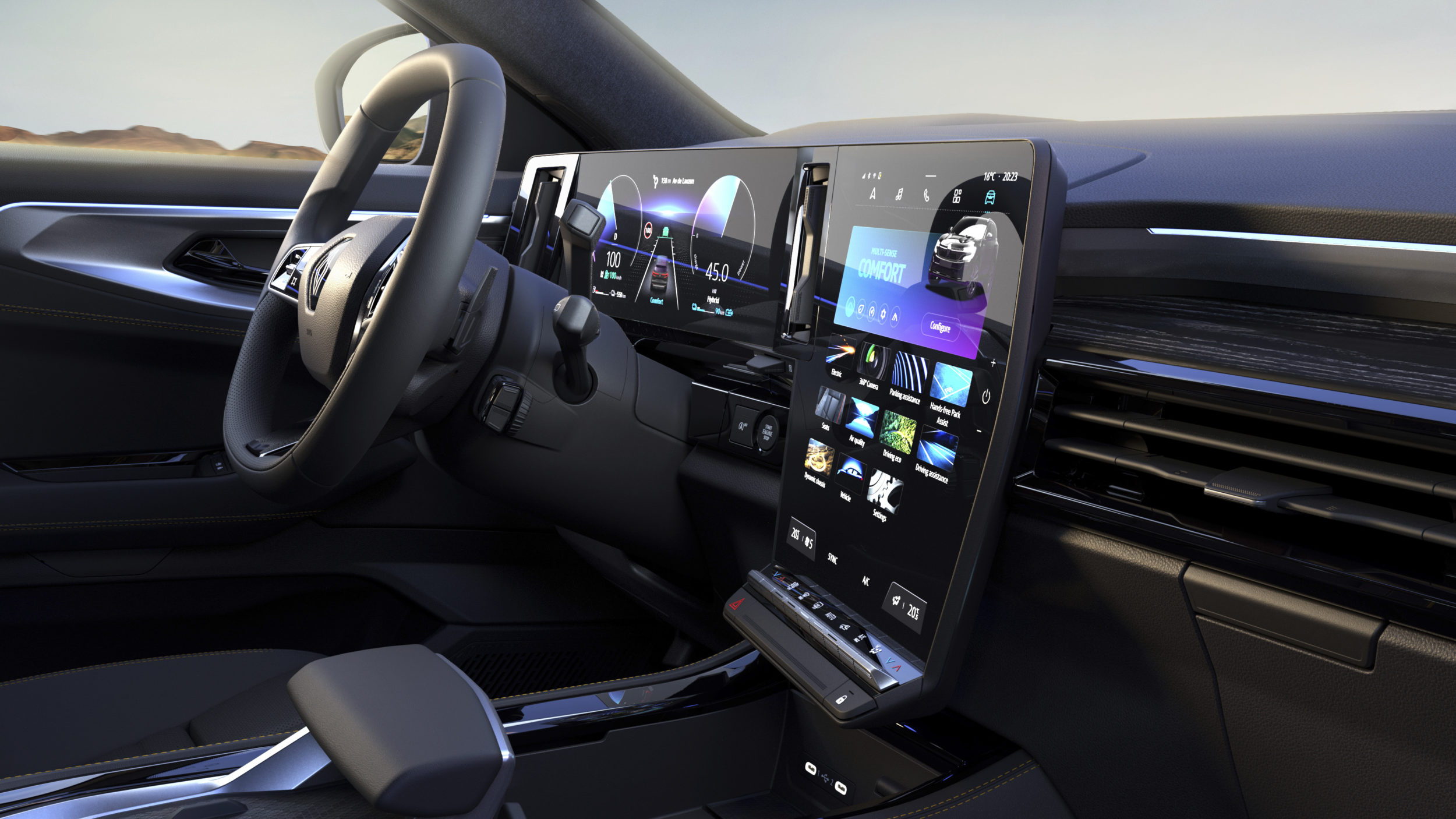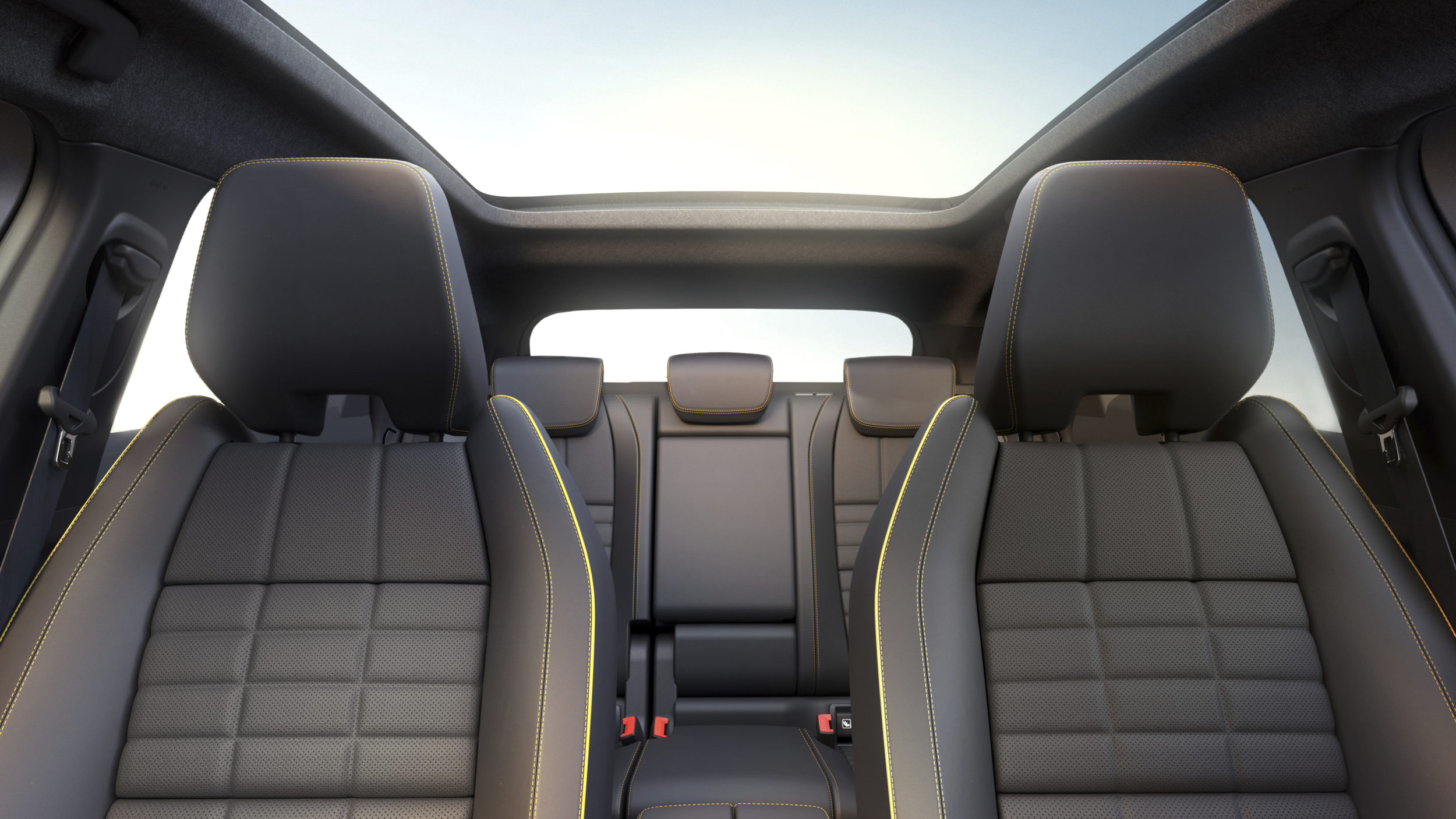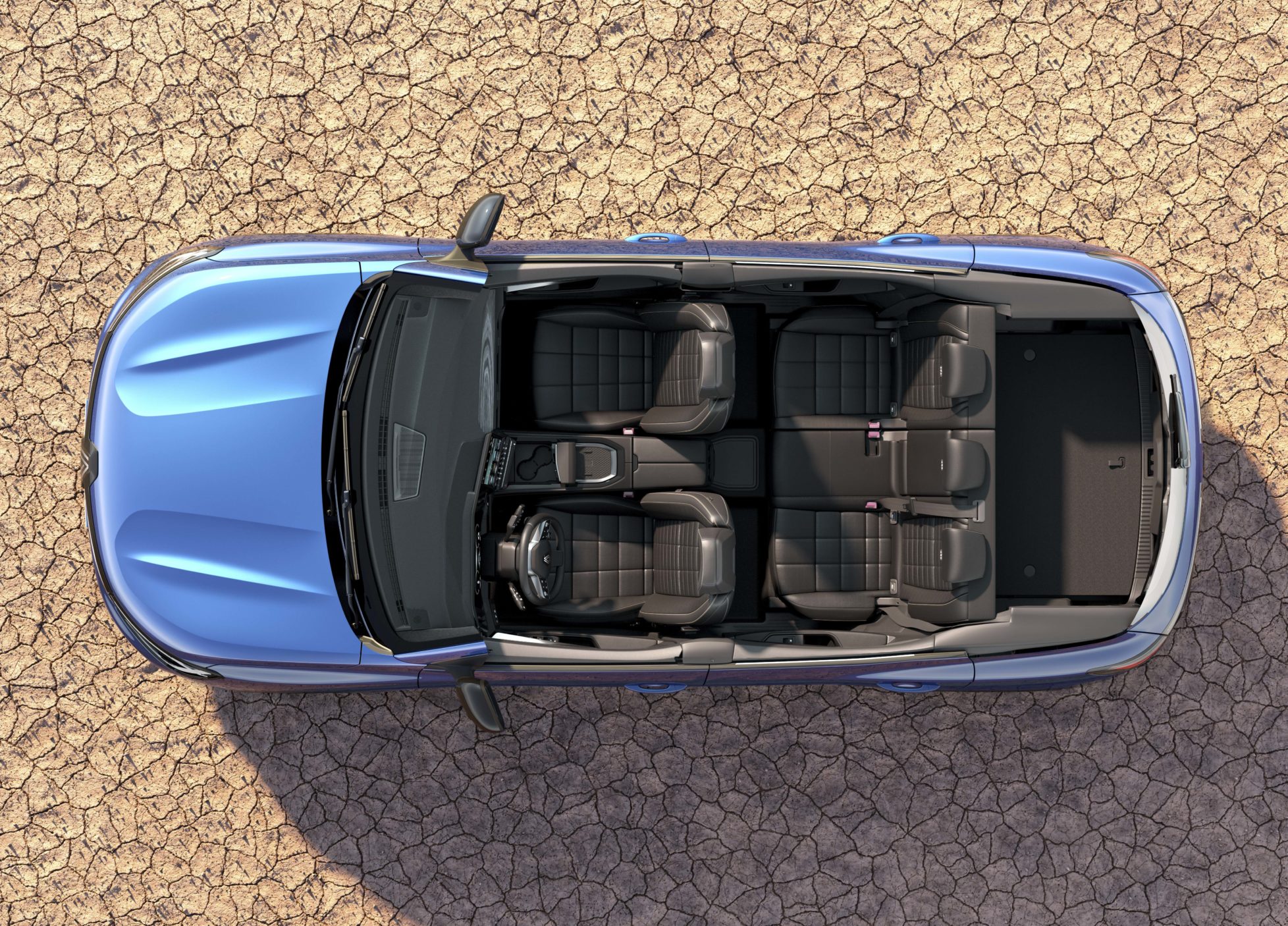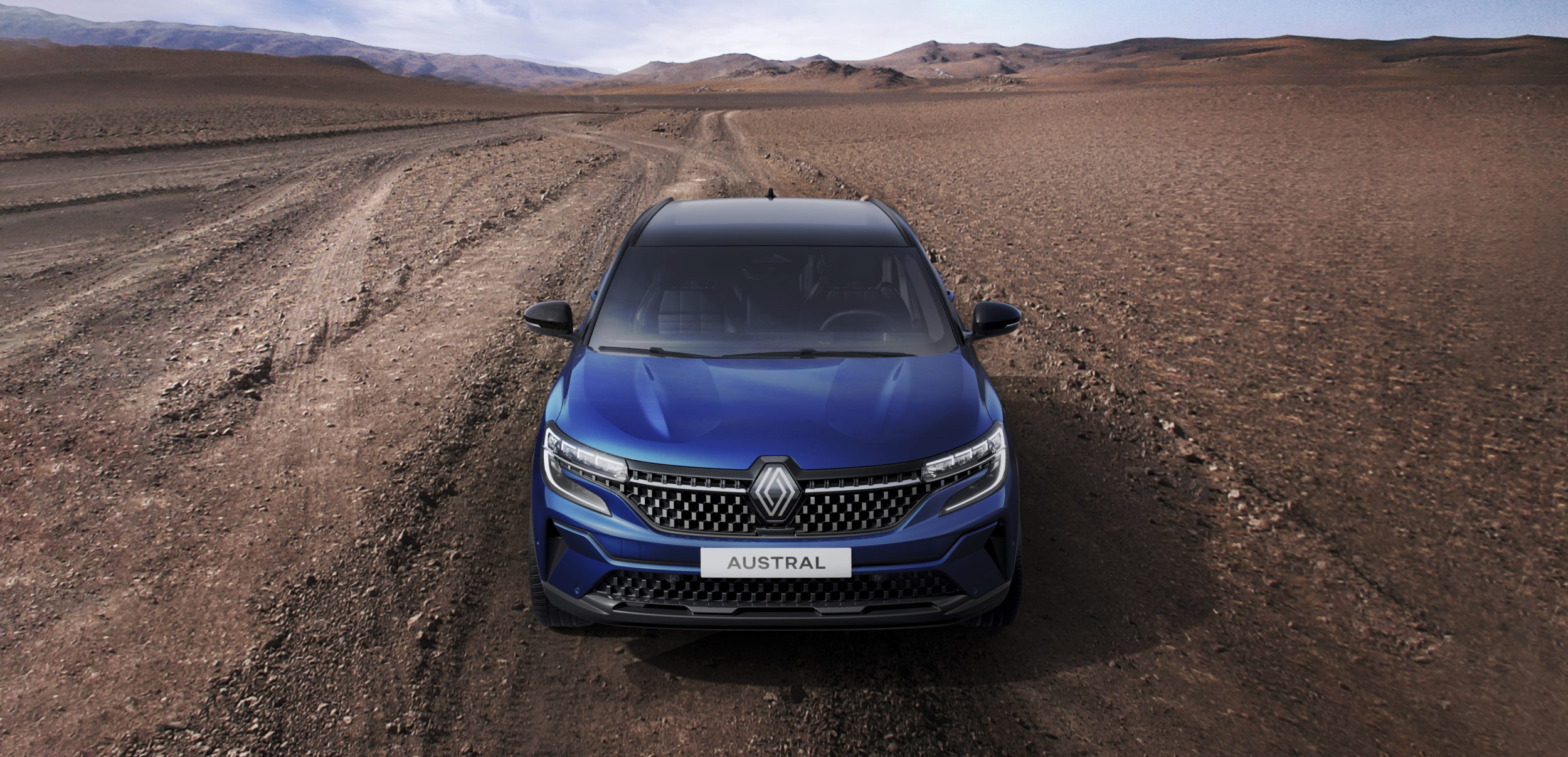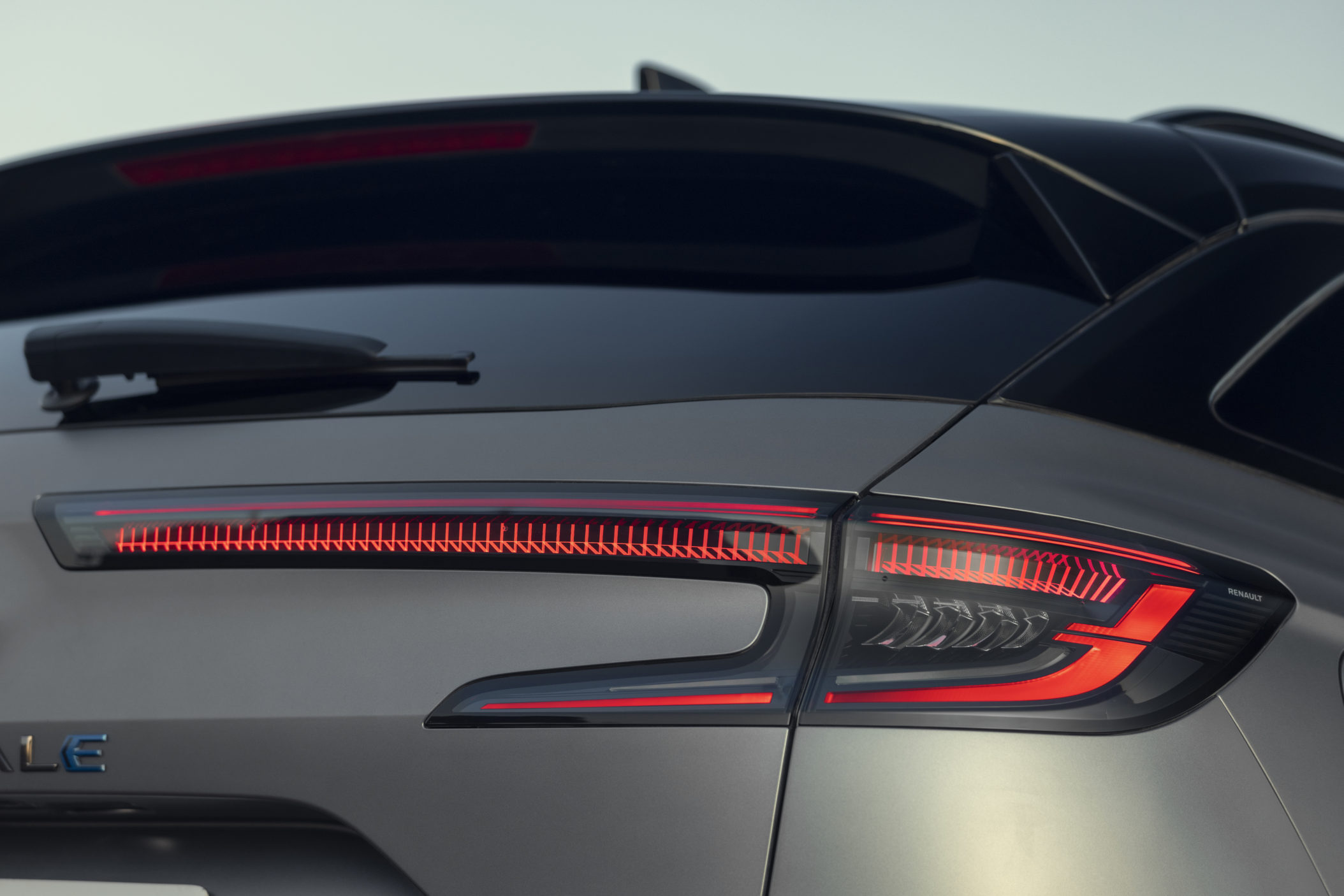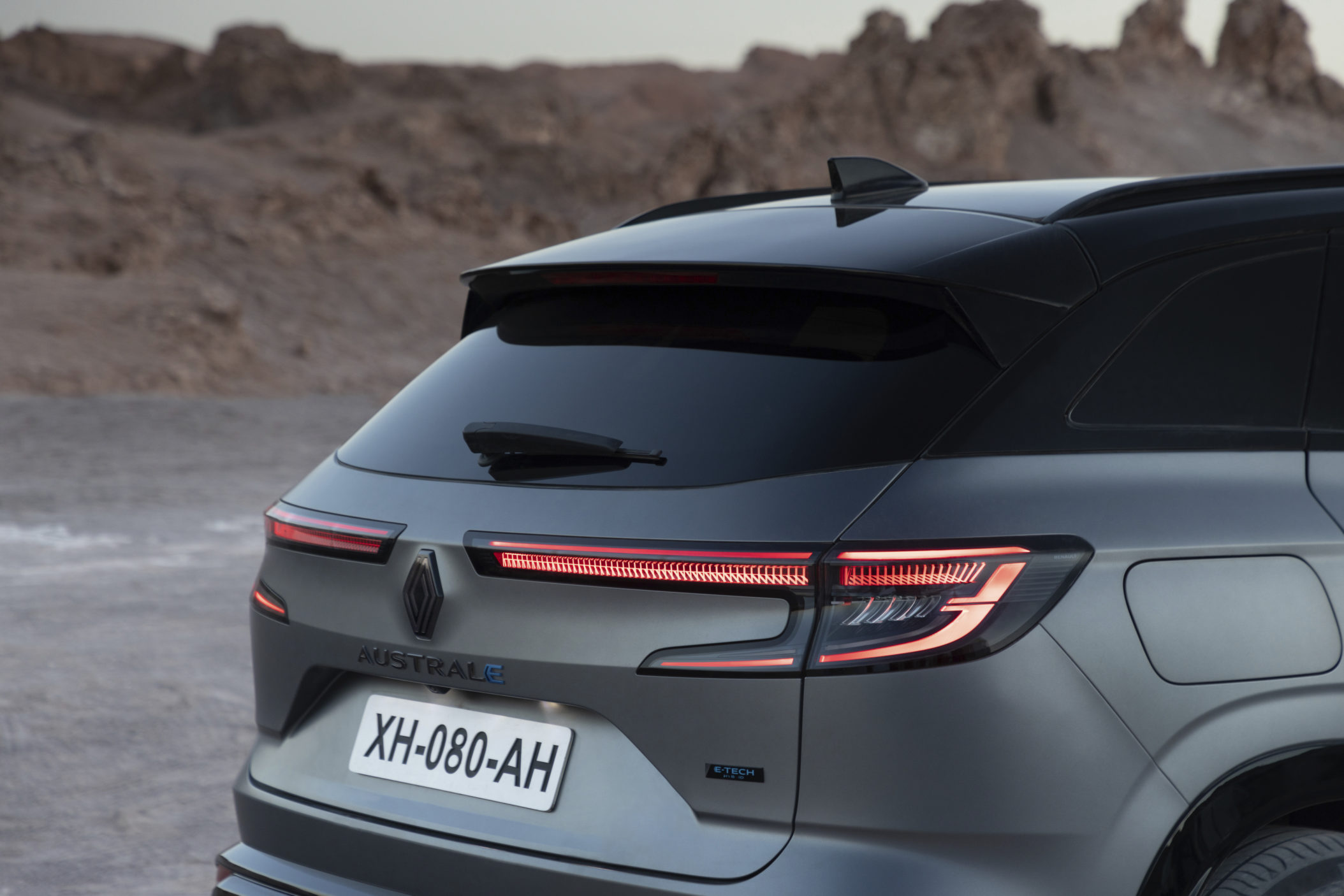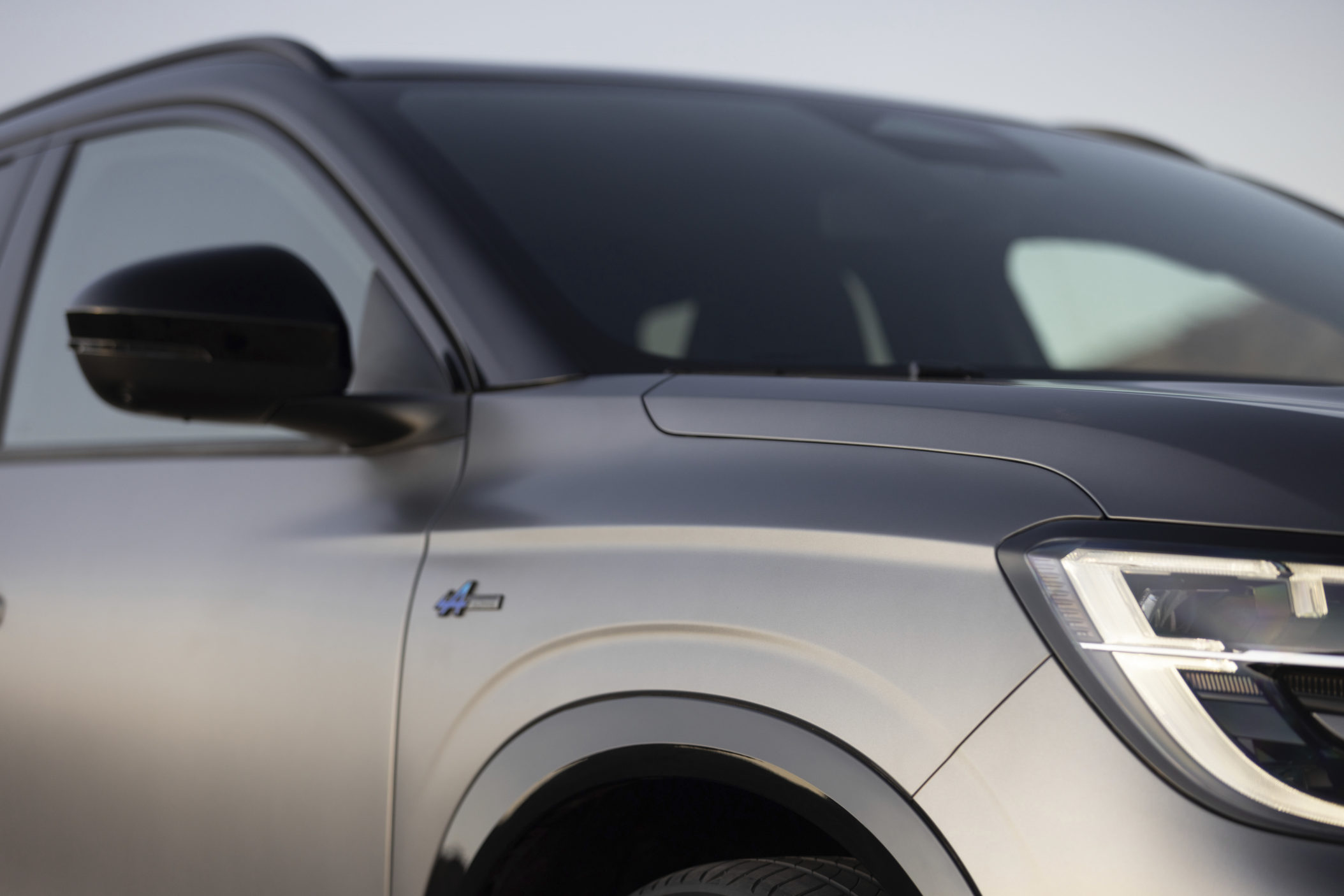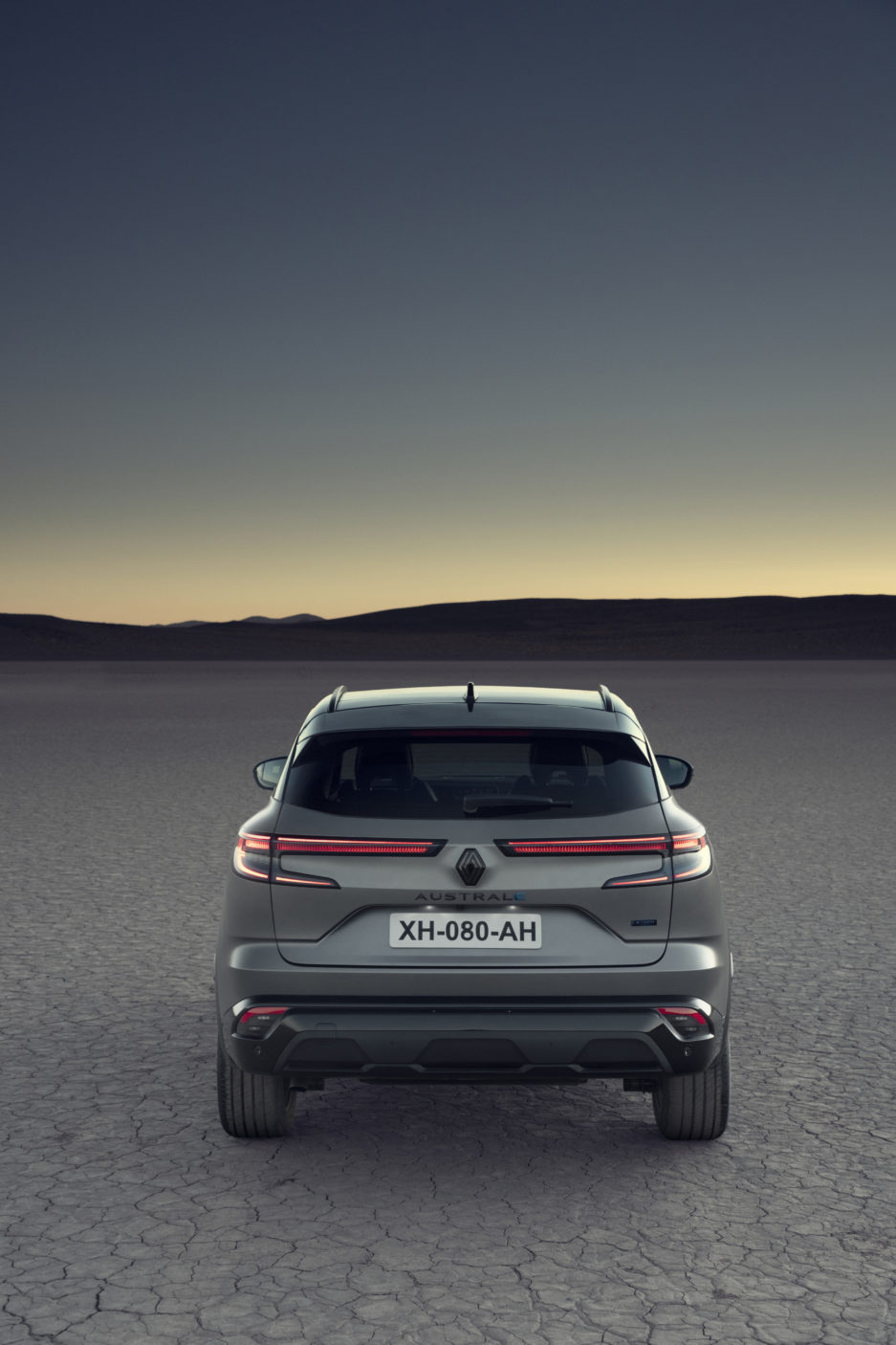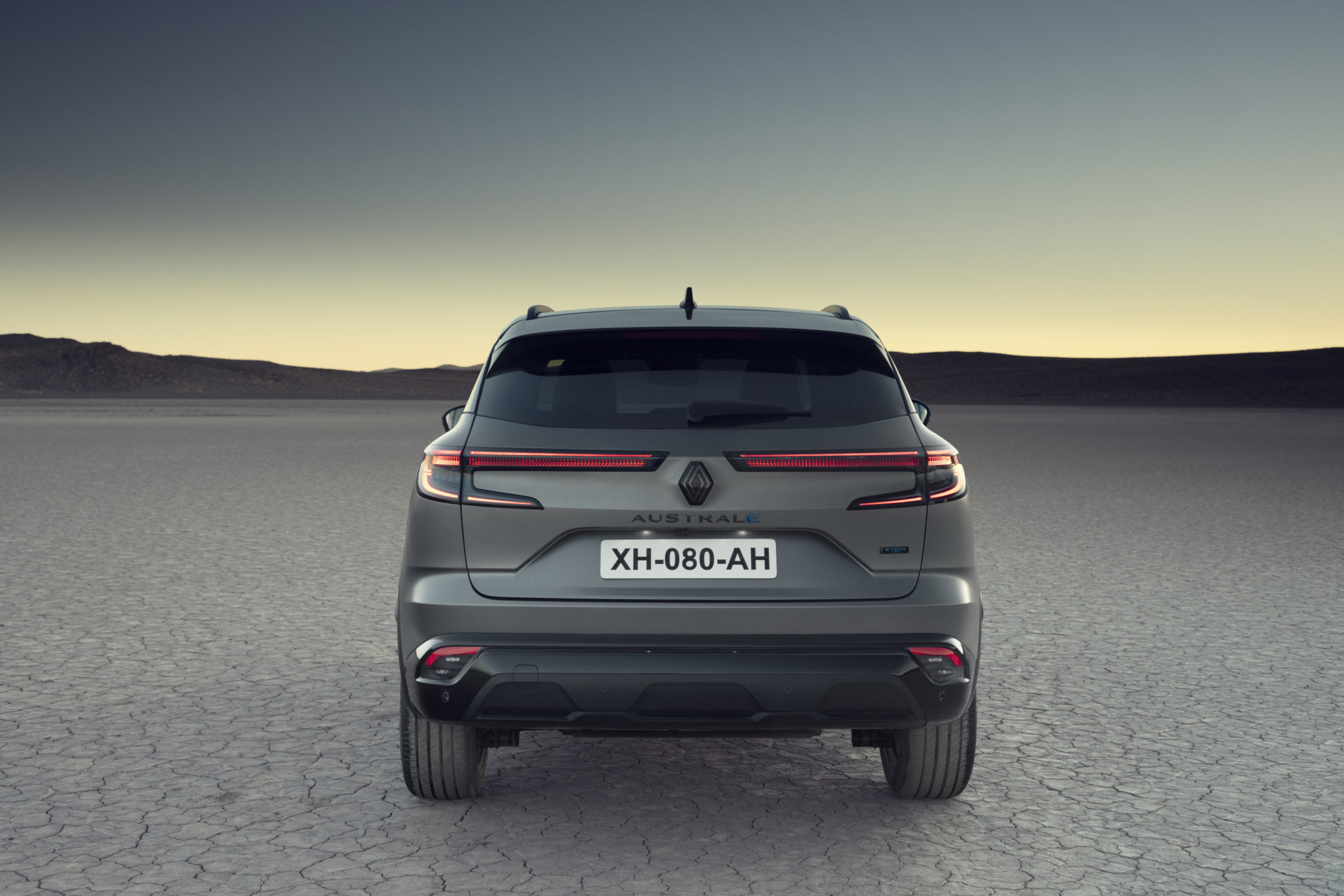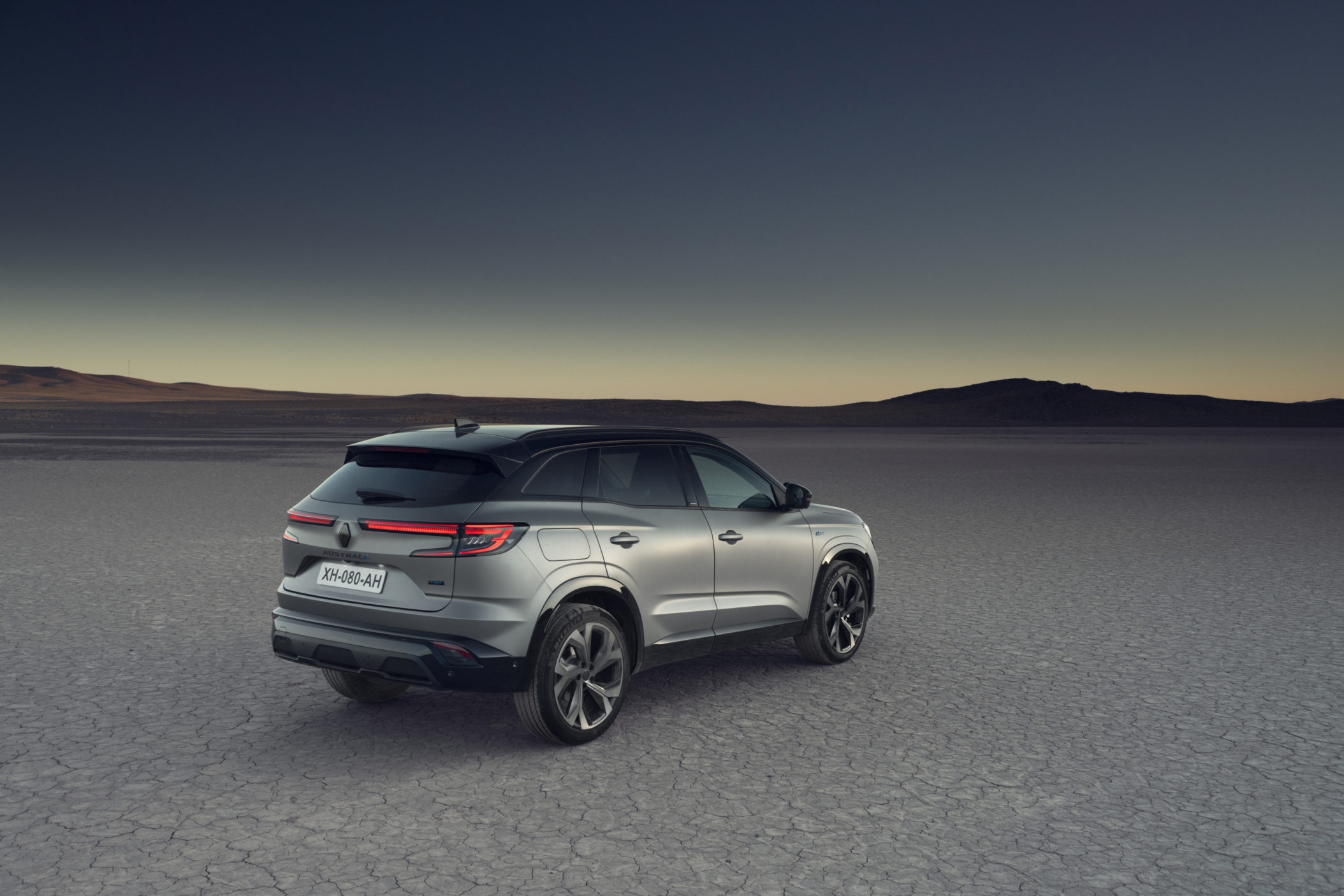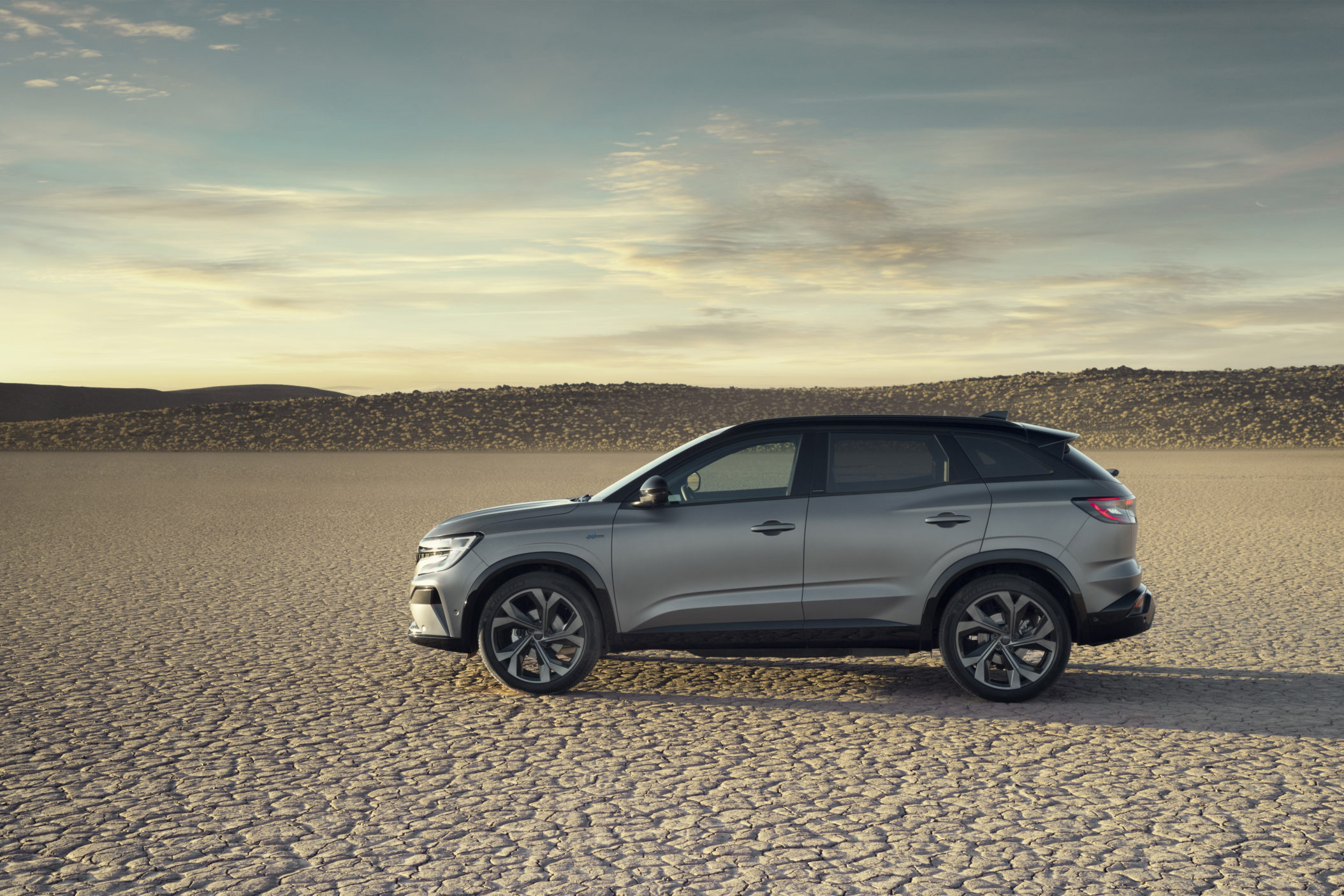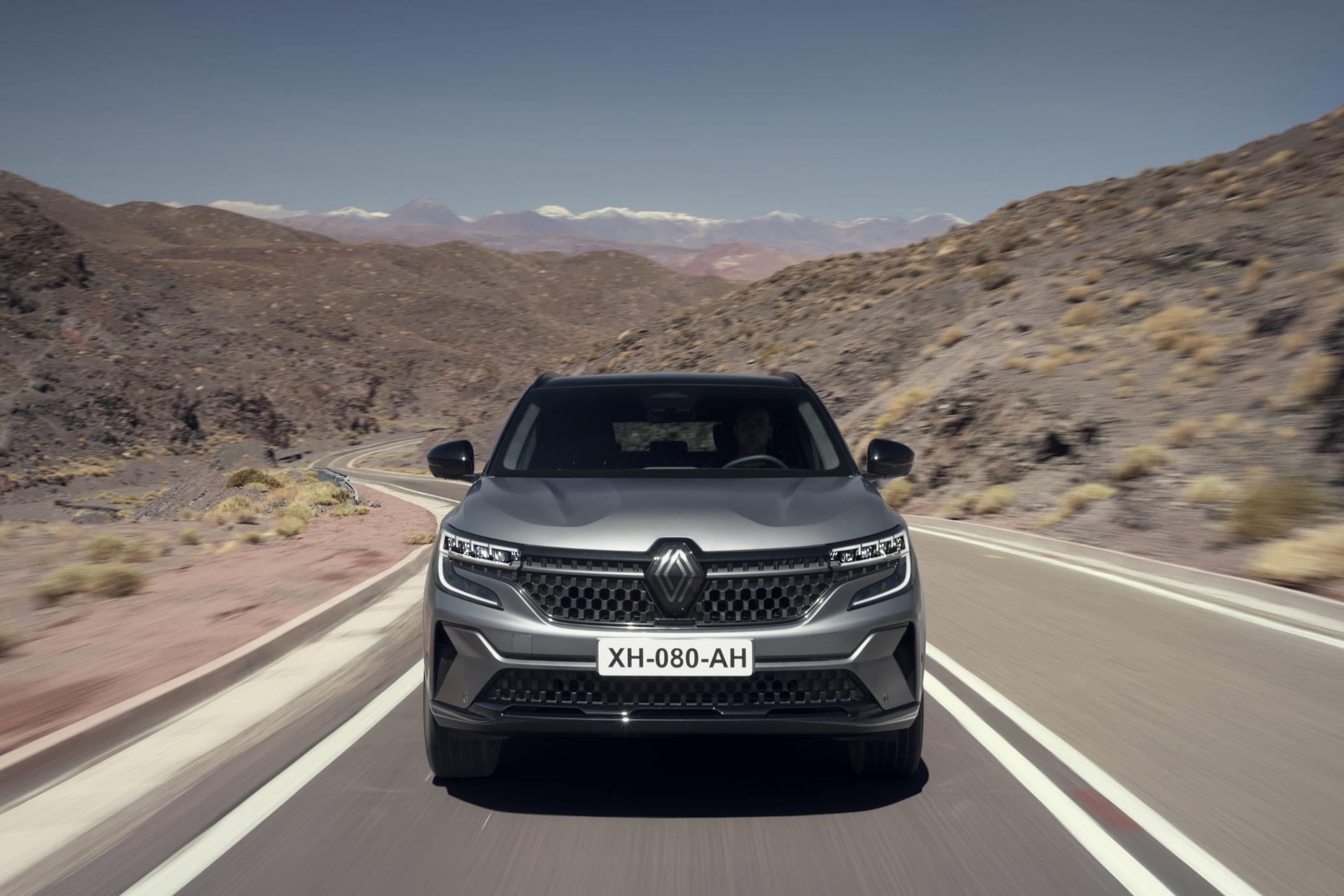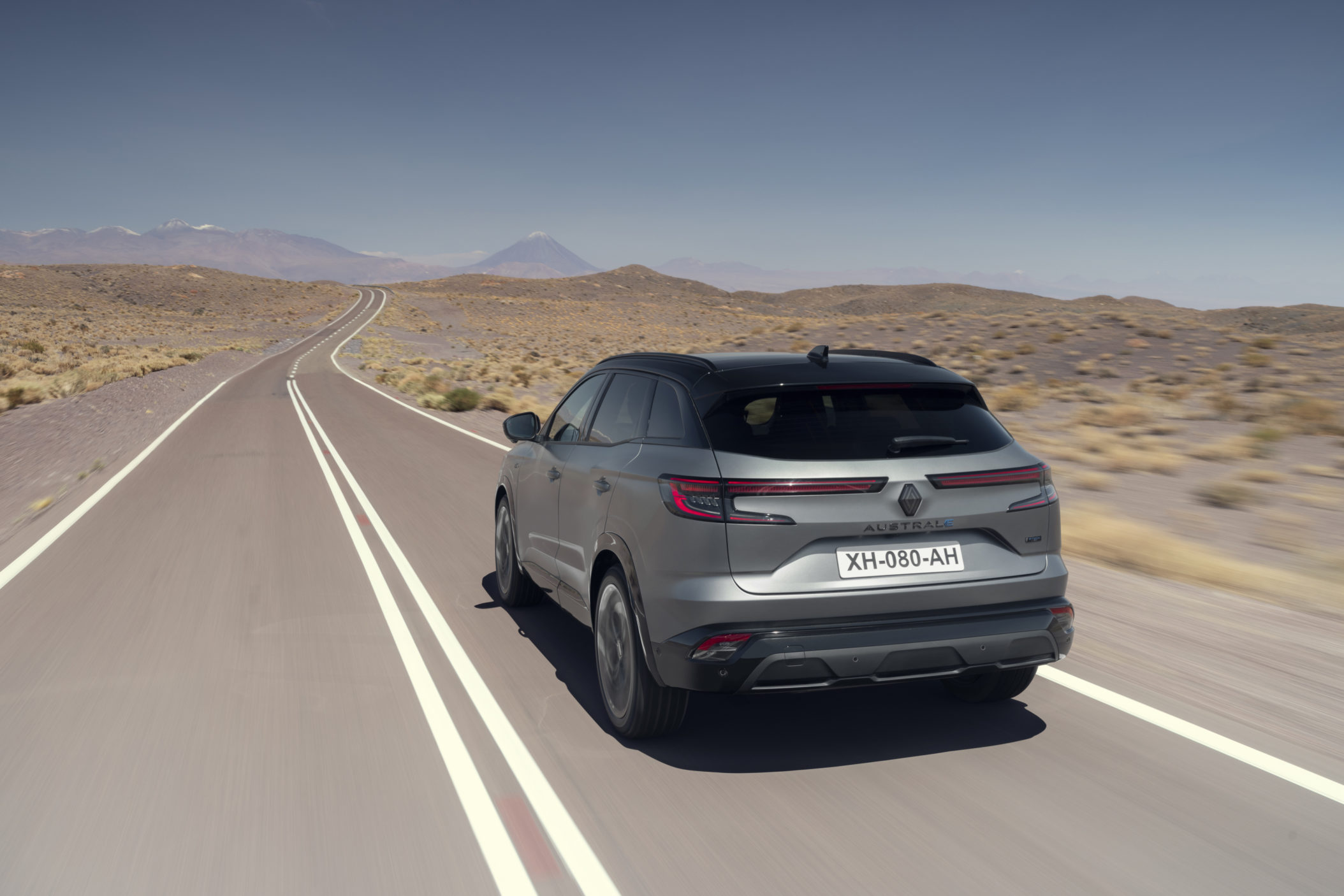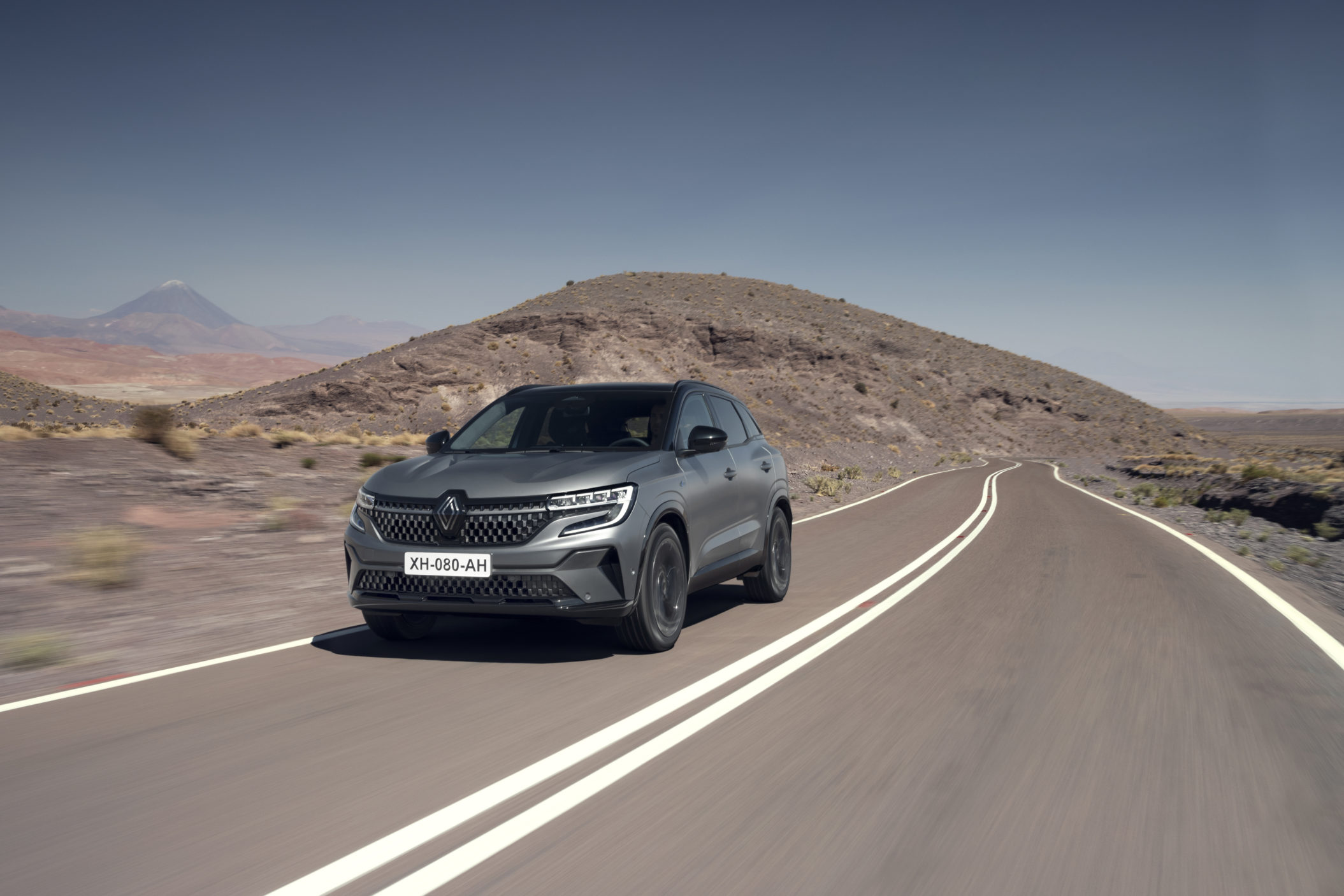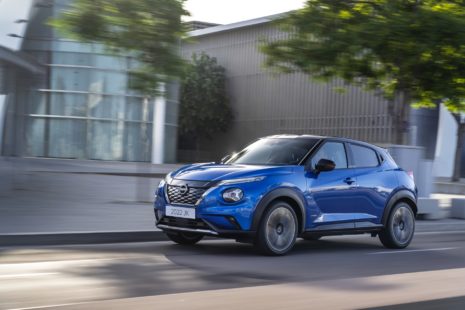Test drive - Renault Austral
With the launch of the mid-size Austral, Renault is killing two birds with one stone – it’s replacing the Kadjar with an all-new, larger family SUV, and swapping the all-combustion engine range for an electrified one.
It is the first Renault in a long time to use four-wheel drive. The Australis will be built on the new CMF-CD platform at the plant in Palencia, Spain. The name Austral is meant to conjure up images of the open spaces and endless possibilities of the South.
In the Baltics, the Australian is currently only available with the new light hybrid engine, a 1.3-litre three-cylinder supercharged petrol engine mated to a starter-generator. Depending on the configuration, the combination produces either 140 or 160 horsepower. The average CO2 reading is 138-147 grams per kilometre measured according to the WLTP methodology, i.e. the engine complies with Euro 6D emission standards. Acceleration to 60 km/h takes 9.7-10.7 seconds, depending on engine power.
| Length | 4510 mm | Total weight | 2003 kg | |
| Width | 2083 mm | Unladen mass | 1464 kg | |
| Height | 1621 mm | Load capacity | 539 kg | |
| Wheelbase | 2667 mm | Mass of a trailer with brakes | 1800 kg | |
| Luggage compartment capacity | 500 – 1525 litres | Mass of a trailer without brakes | 750 kg | |
| Mass of the train | 3803 kg | |||
| Engine | 1332 cm³ | |||
| Engine power | 160 horsepower | Gearbox | Automatic | |
| Fuel | Petrol | Number of gears | 7 | |
| Fuel consumption | 6.2-6.5 l/100 km | Transport scheme | Front-wheel drive |
For an SUV, the Austral offers pretty well-tuned and precise steering, as well as four-wheel steering that makes manoeuvring in urban traffic very easy. At low speeds, the rear wheels turn up to 5 degrees to make manoeuvring easier, but at higher speeds the effect is less noticeable. However, it’s not a car for aggressive driving, as its softer suspension allows the body to lean considerably in corners and the driving feel is lost. Overall, the ride is comfortable and quiet at high speeds.
When talking about Australian design, one should simply look at the origin of the model. If you put the Kadjar and the Austral side by side, the difference is only in size and design language – the Austral can be considered simply the more modern and larger Kadjar in this respect.
The interior of the Austral is well finished and offers plenty of soft surface finishes, with the cheaper plastics above nicely hidden from view. They’re more prominent at the rear, but a similar touch is used in several other SUVs in the same category.
Renault Austral’s interior is heavily inspired by Megane E-Tech and is generally pleasant. There’s plenty of driver seat adjustment and a reasonably high driving position. Thick pillars and a small rear window restrict the view, but a 360-degree camera system to increase visibility and facilitate parking comes as standard on higher trim levels.
One of the most memorable details of the Australian interior is undoubtedly its large screens. A 12.3-inch digital dashboard is paired with a 12.0-inch infotainment screen. The car is powered by Google’s Android Automotive software, which brings a range of apps, as well as Google Maps and Google Voice Assistant. These features are so good that it begs the question why other manufacturers are investing in their own versions. With your voice, or without touching the screen, you can control functions such as climate control, navigation and driving mode.
The small icons on the screen can be a little difficult to read while driving. The centre screen itself is still large enough to come with a movable armrest, which should make it easier to navigate the screen. So and so, on most occasions this was of no help, but it might even prove a useful solution for some. Incidentally, behind it are two deep cup holders which, depending on the height of the cup, can get in the way of navigating the screen. But if the aim is to dissolve sugar in coffee with your finger or to mix gases out of cola, this frame is perfect. Good enough, it’s not that bad.
At the same time, there are some physical buttons at the bottom of the screen for climate functions.
Australis 32 driver assistance systems ensure safety and comfort. There’s no point in listing them all, but the list is awe-inspiringly long for its class, with LED Matrix Vision headlights that turn off some elements to avoid blinding oncoming drivers, Active Driver Assist that automatically adjusts speed to the road conditions and much more.
Austral also offers plenty of head, leg and shoulder room in the front seats for taller passengers, as well as a considerable amount of storage space. The door pockets are large enough to hold water bottles.
The rear seating area also offers plenty of space, helped by a 16 cm longitudinally adjustable seat, which is a rarity in SUVs. However, the head and shoulder room is not as spacious and three adults would probably not want to take a long drive in it.
The Austral’s luggage space is smaller than its rivals, even with the seat fully extended. However, the rear seat backrests can be folded down 60/40 by pressing the buttons in the boot.
In the Baltics, Austral is currently offered in a total of five different trim levels: Equilibre, Techno, Techno Esprit Alpine, Iconic and Iconic Esprit Alpine. Prices start from €29090 and end at €38390.
The new Renault Austral is undoubtedly a beautiful and functional car, even if it doesn’t have any eye-catching features. But it is undoubtedly the must be without which no mainstream manufacturer can do without these days, and it is certainly attractive to those who simply must have an SUV, with all the positives and negatives of this type of vehicle. So we can expect to see more and more of them on the road soon enough.


